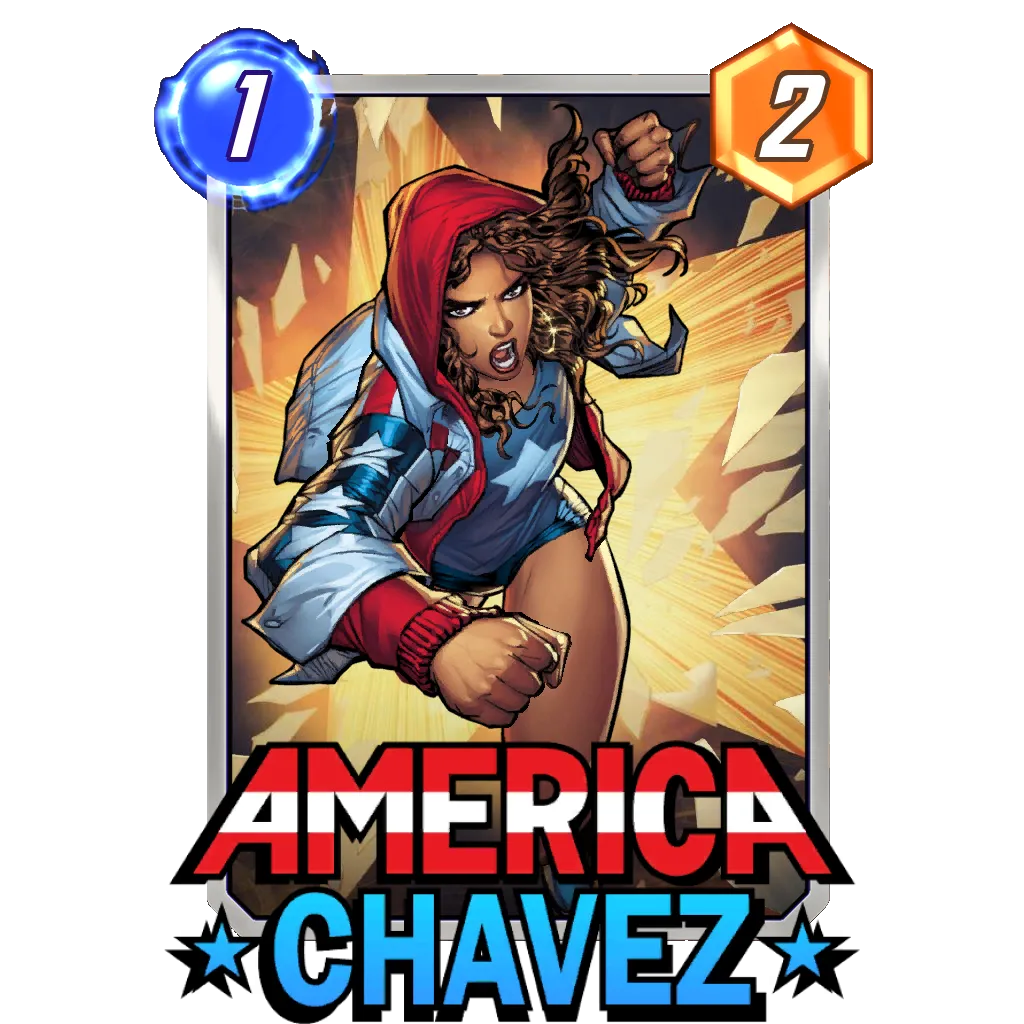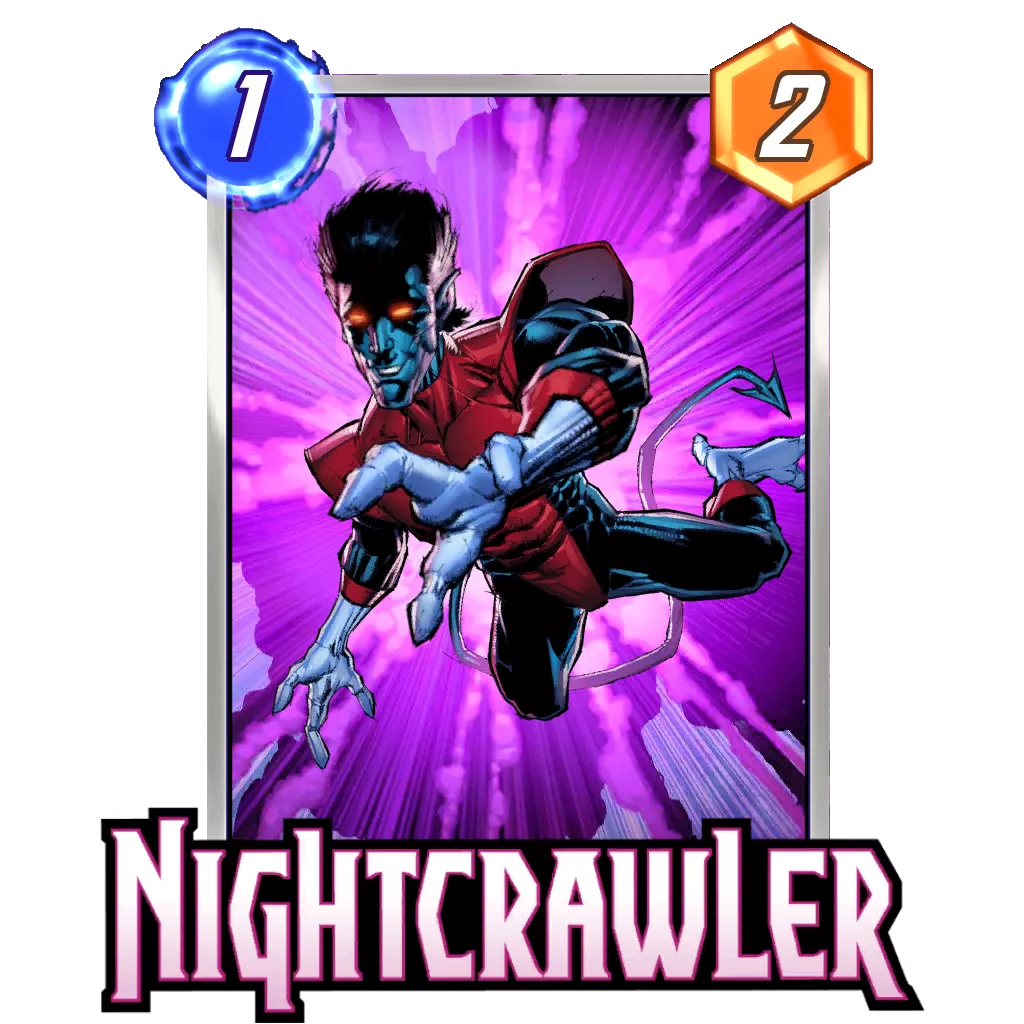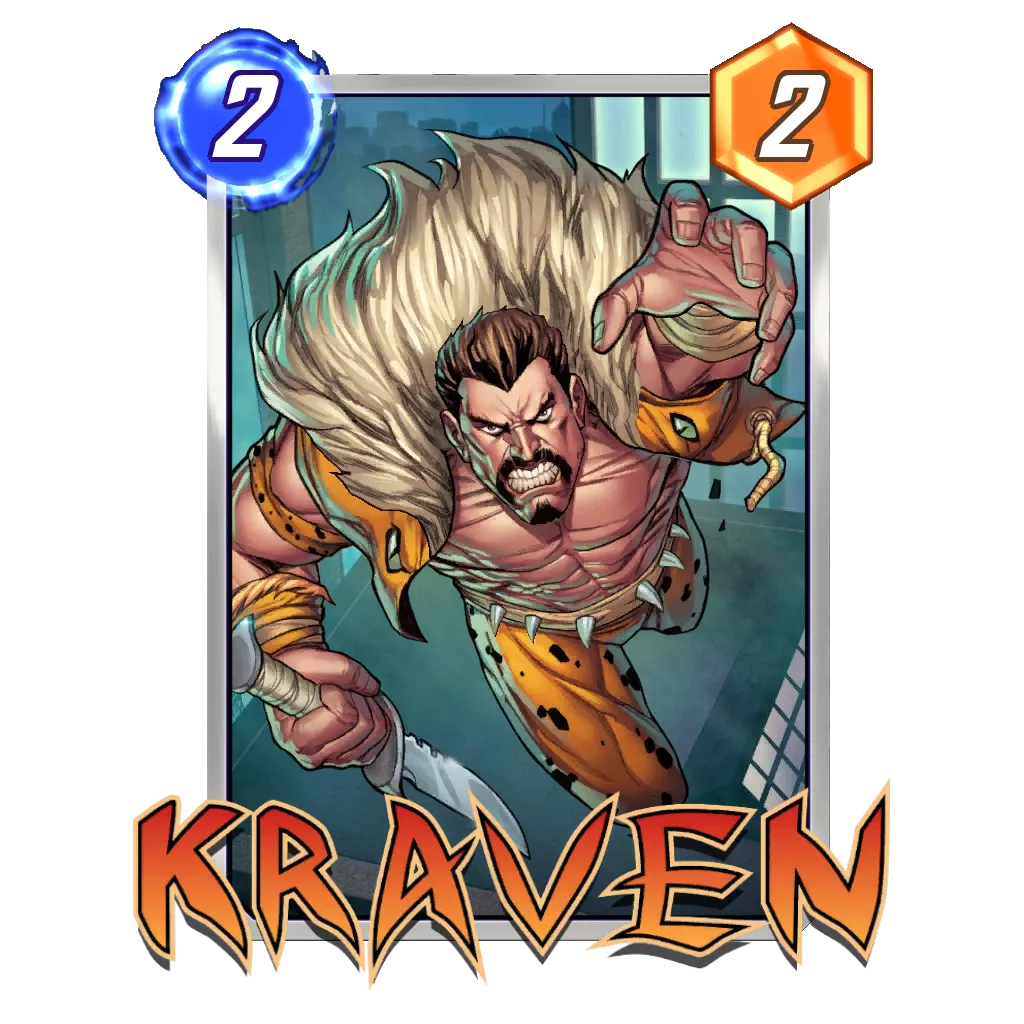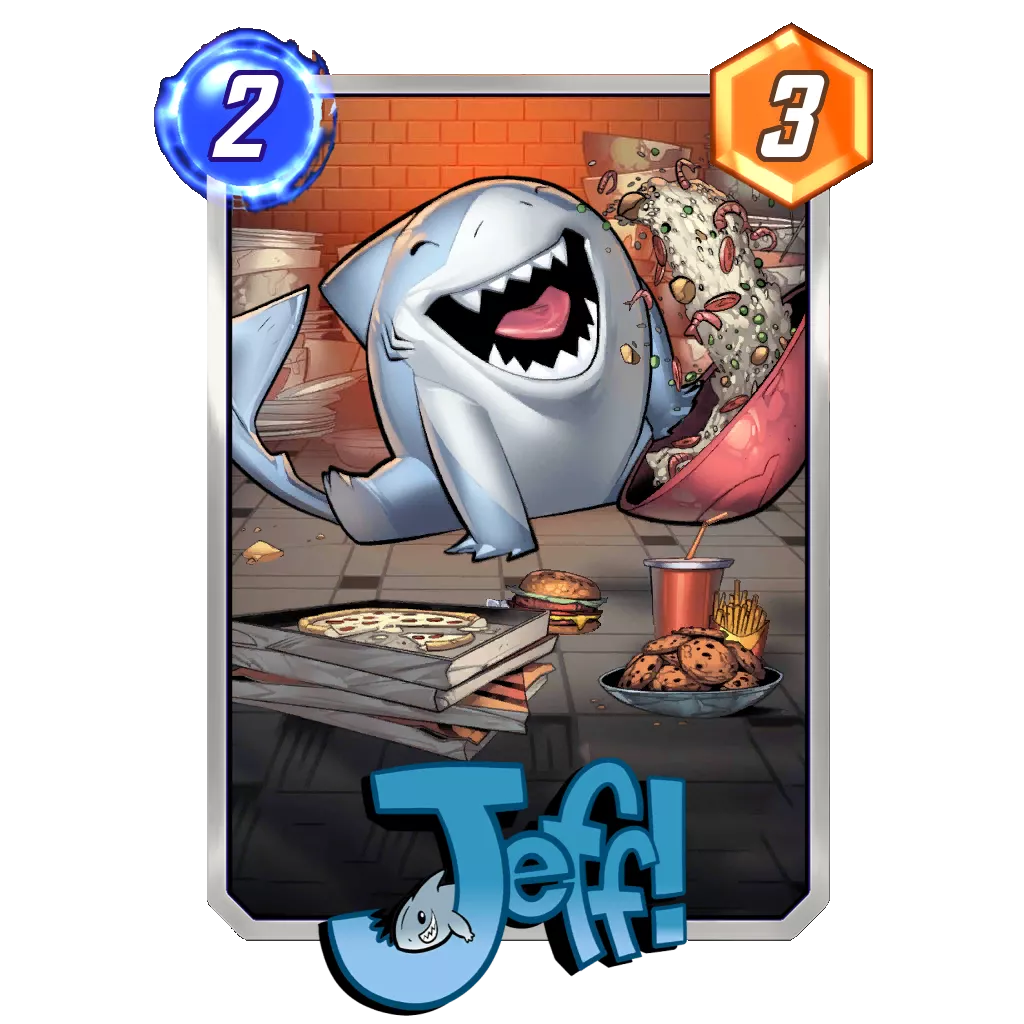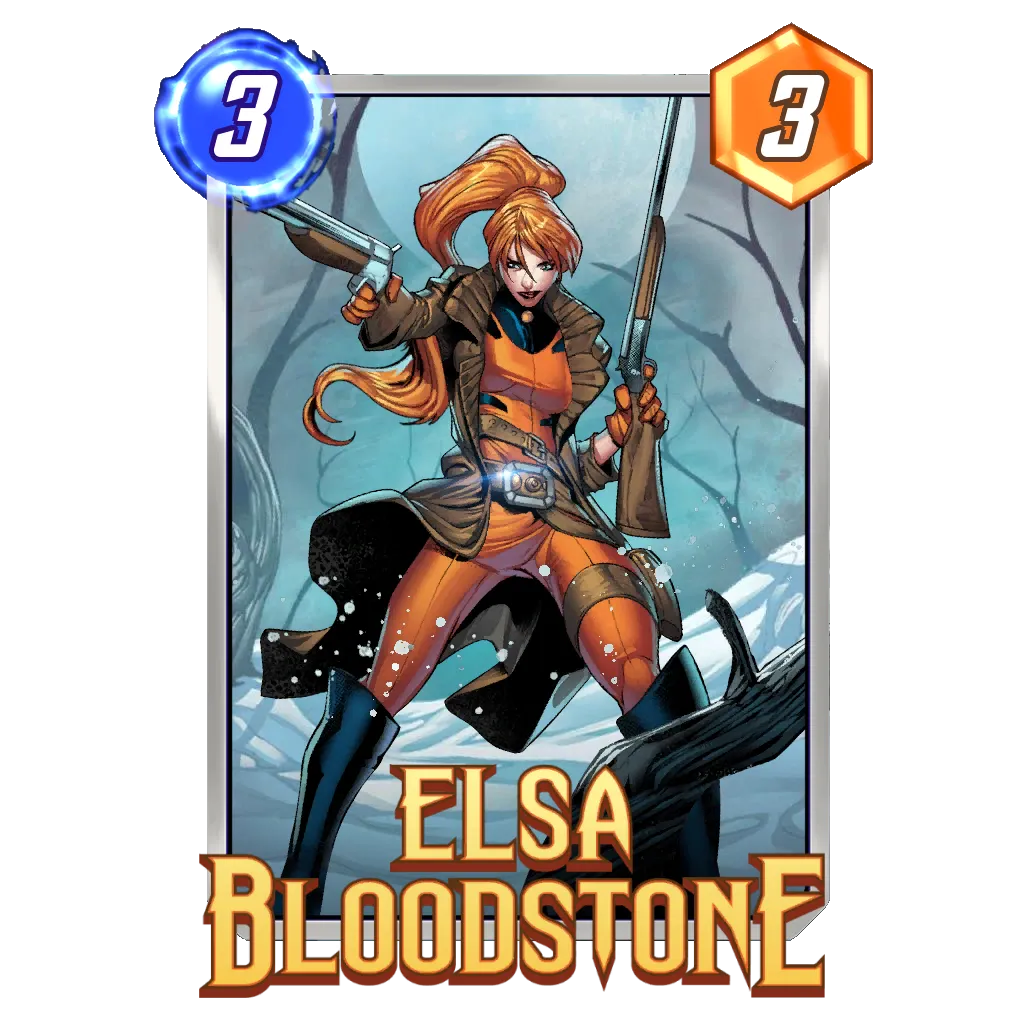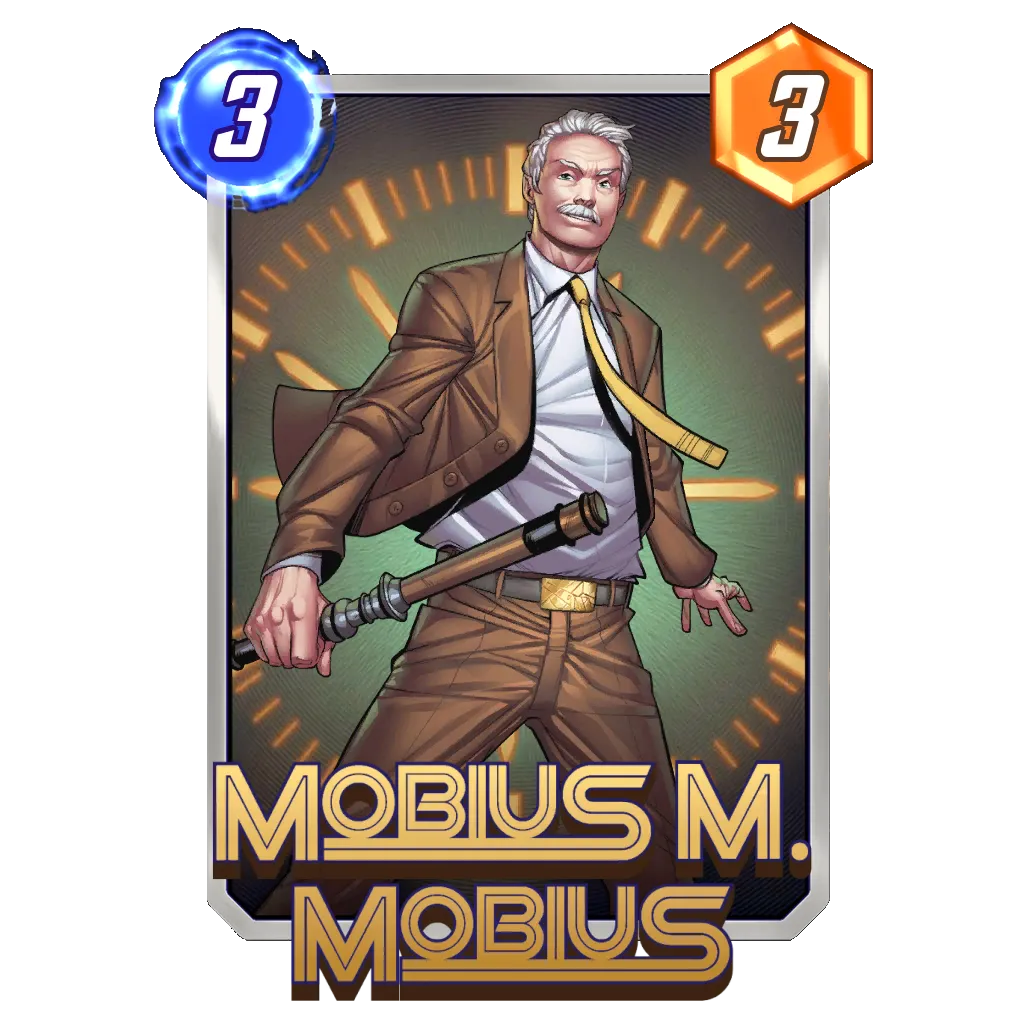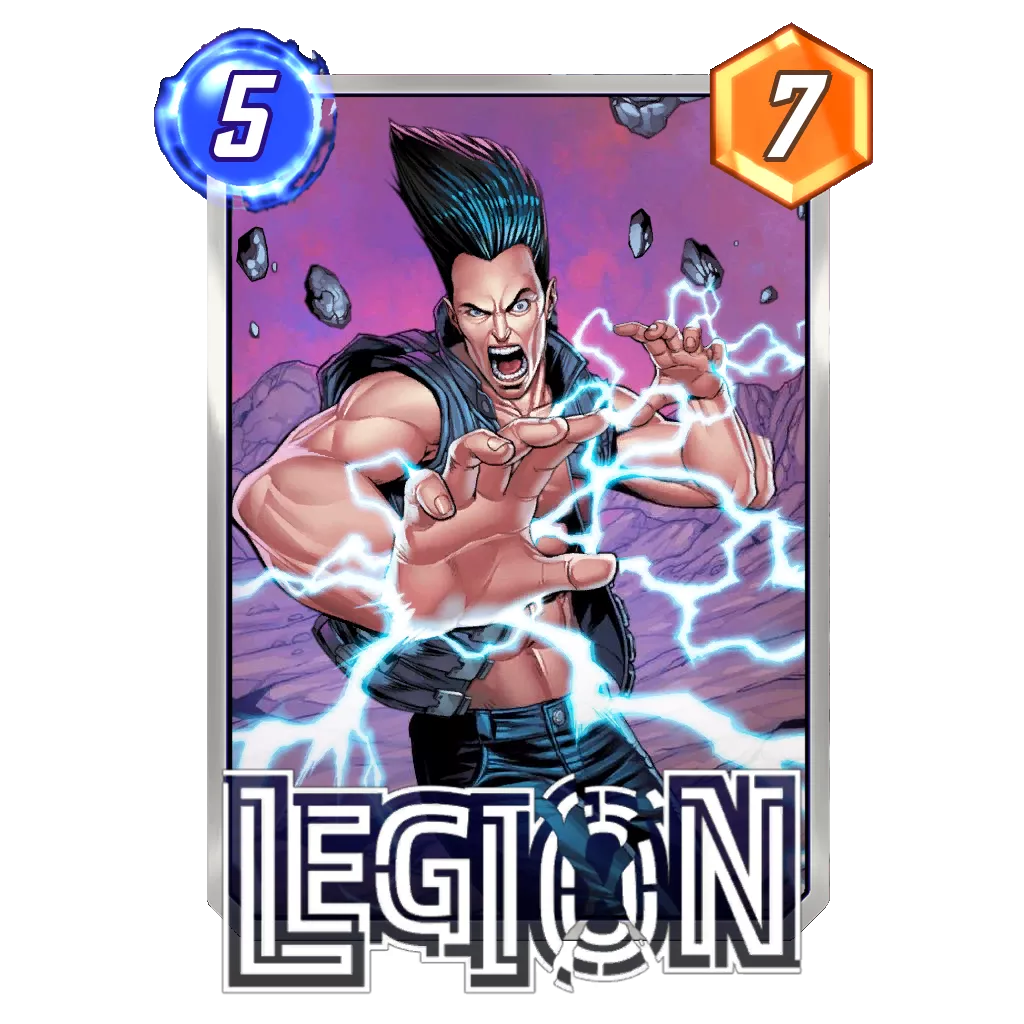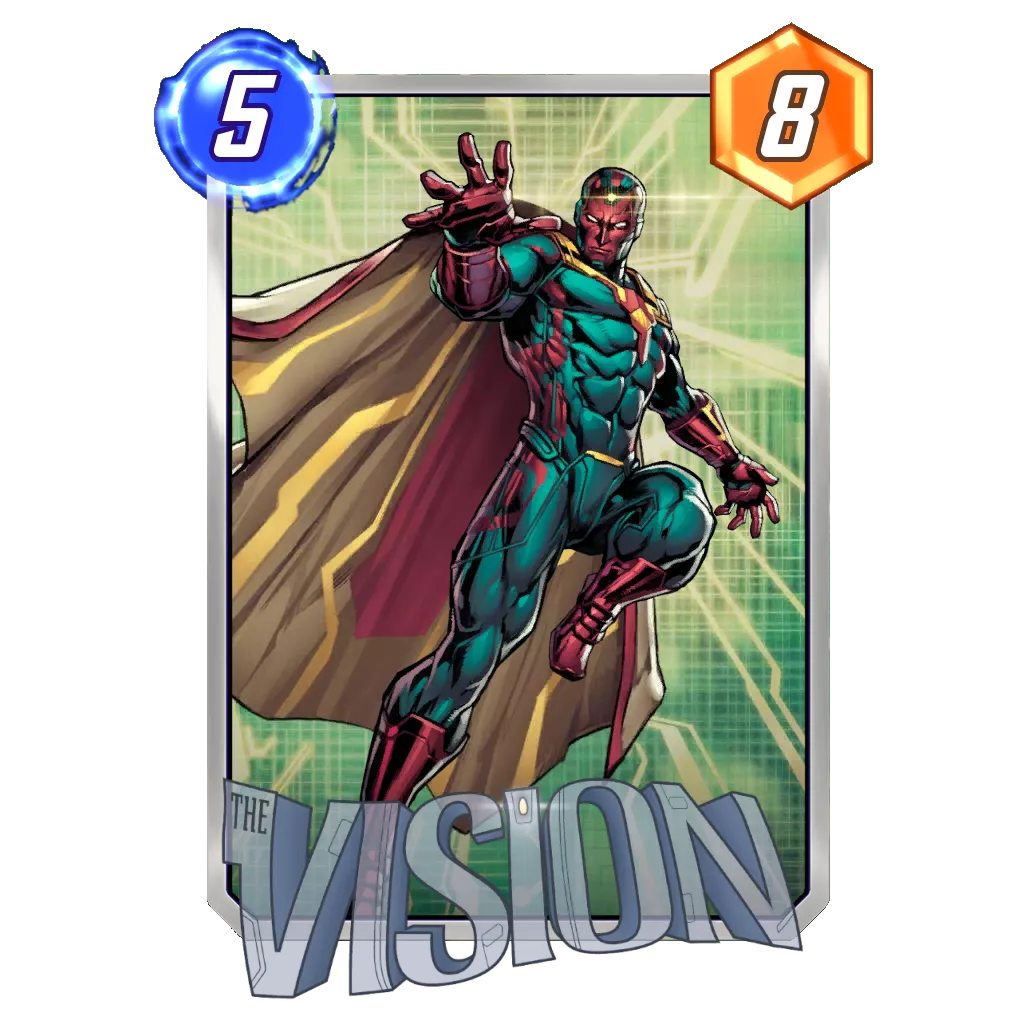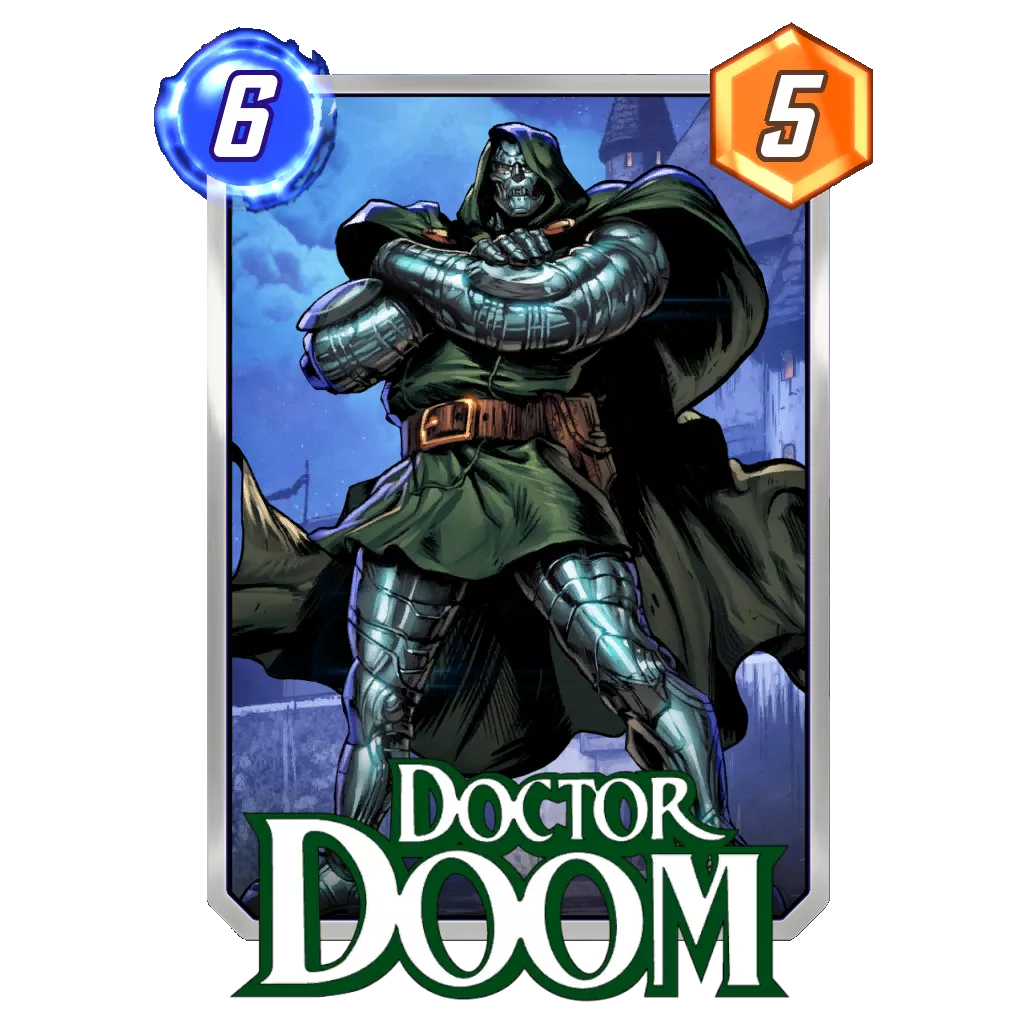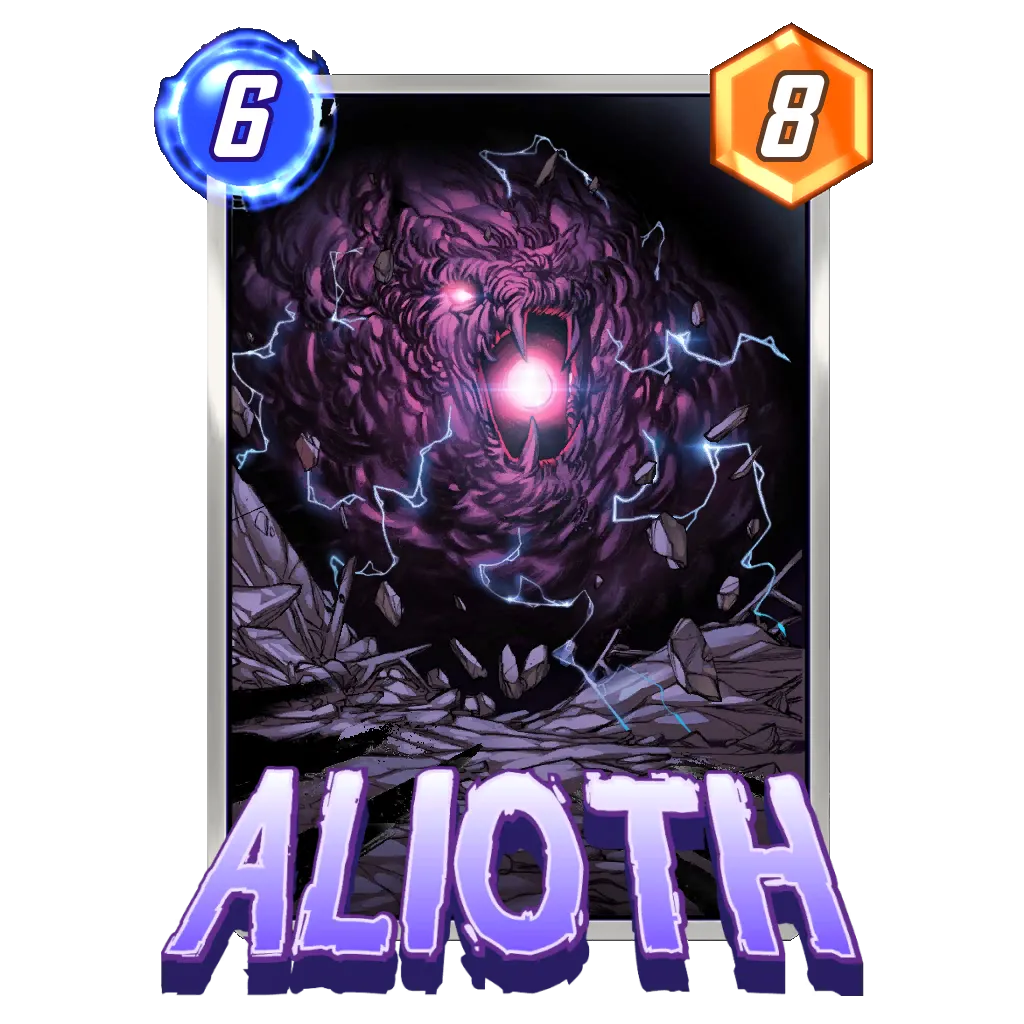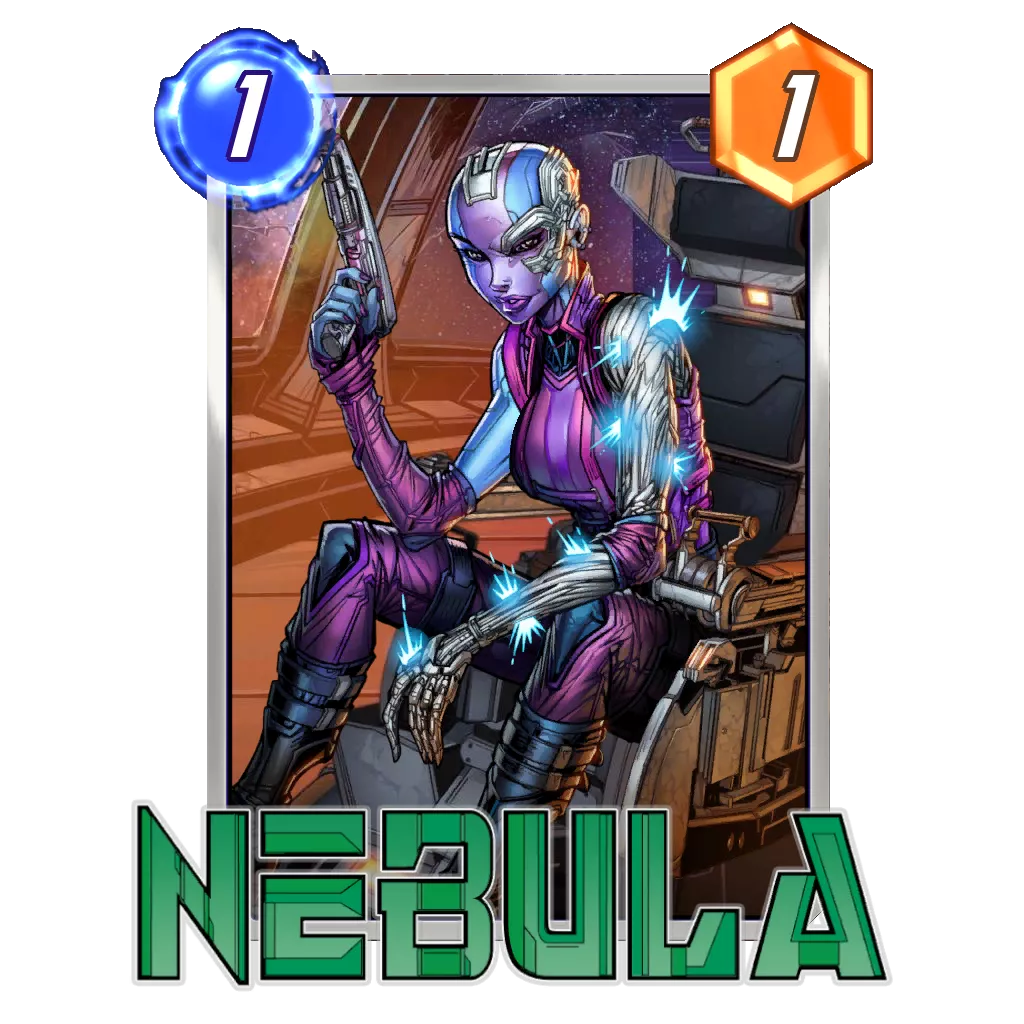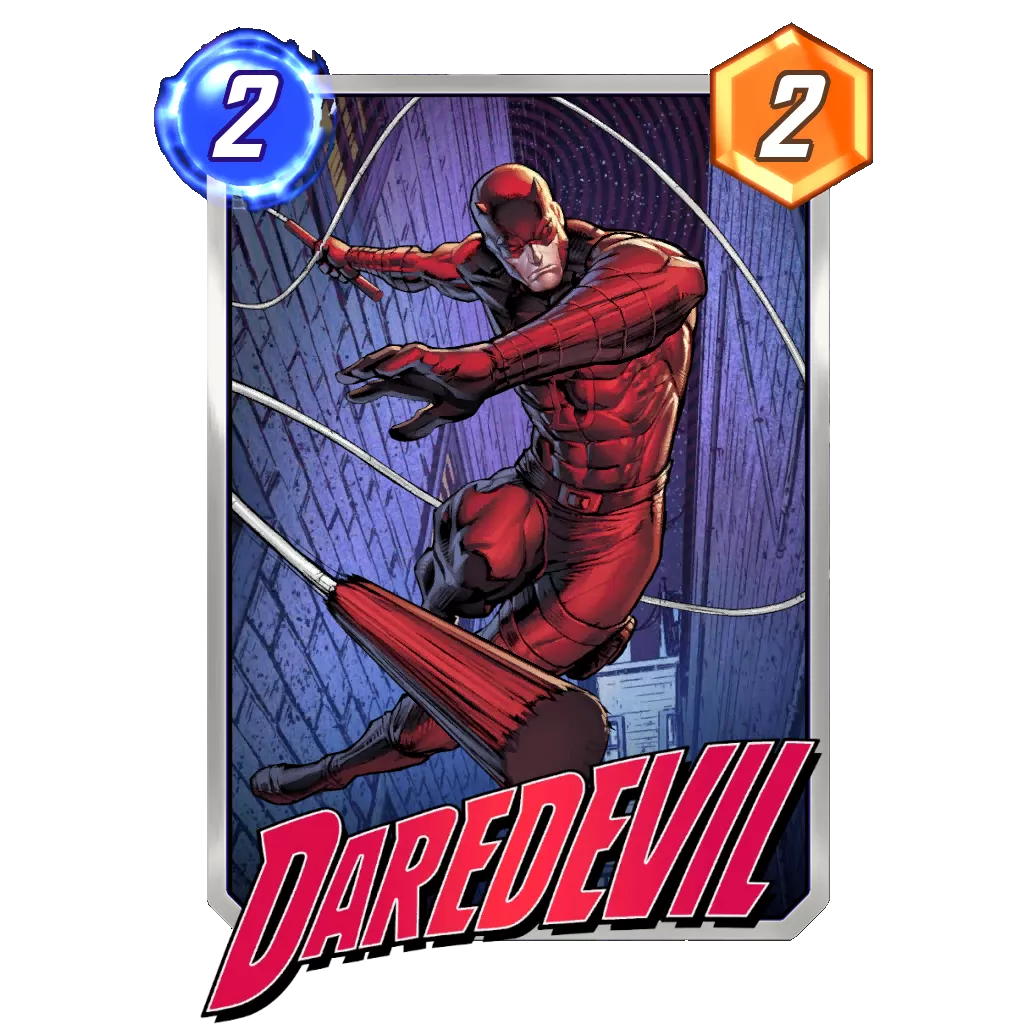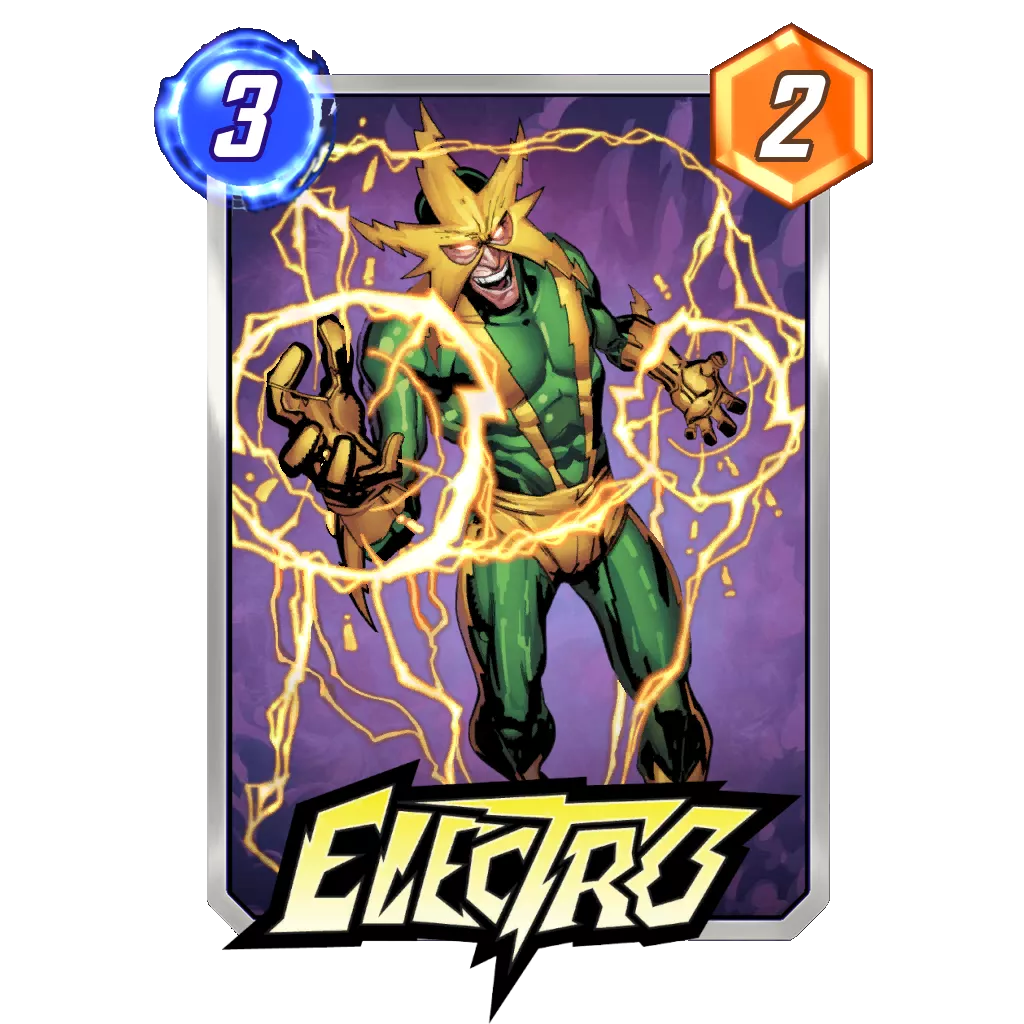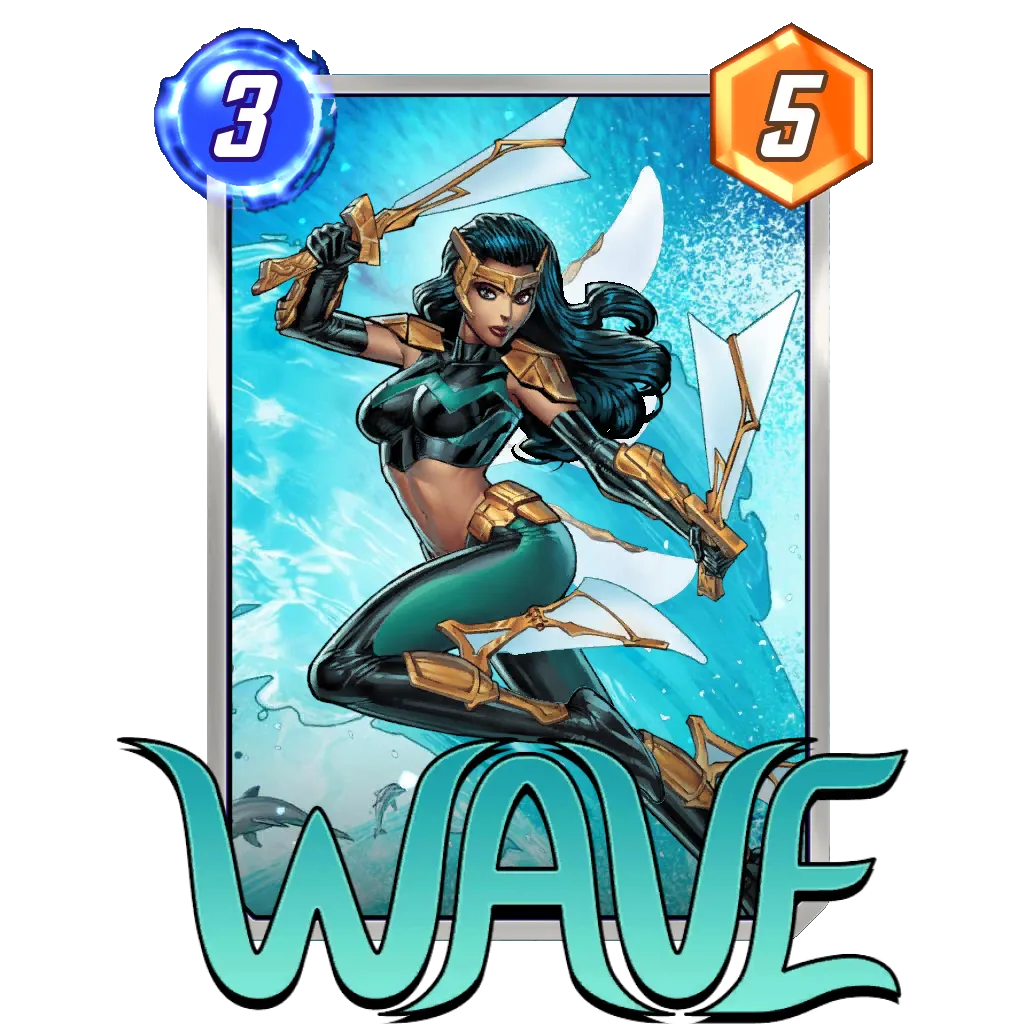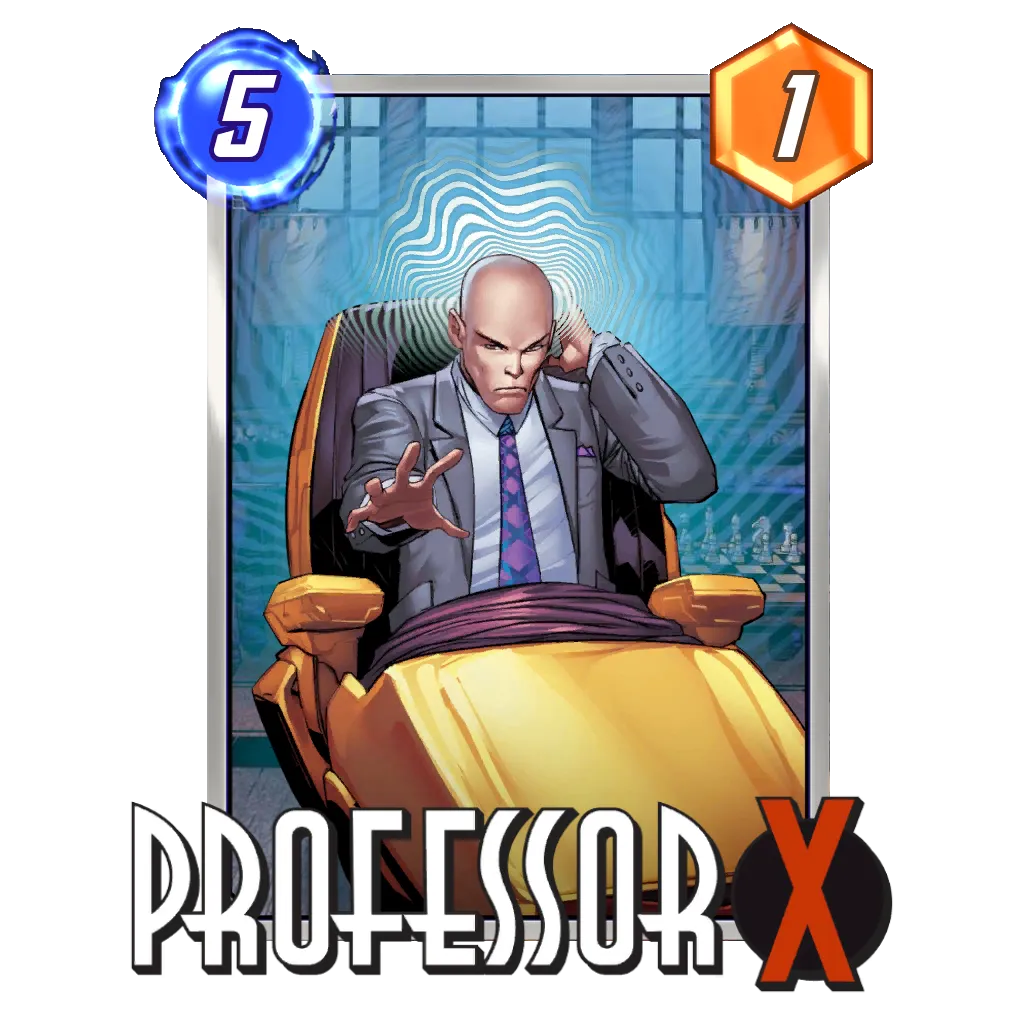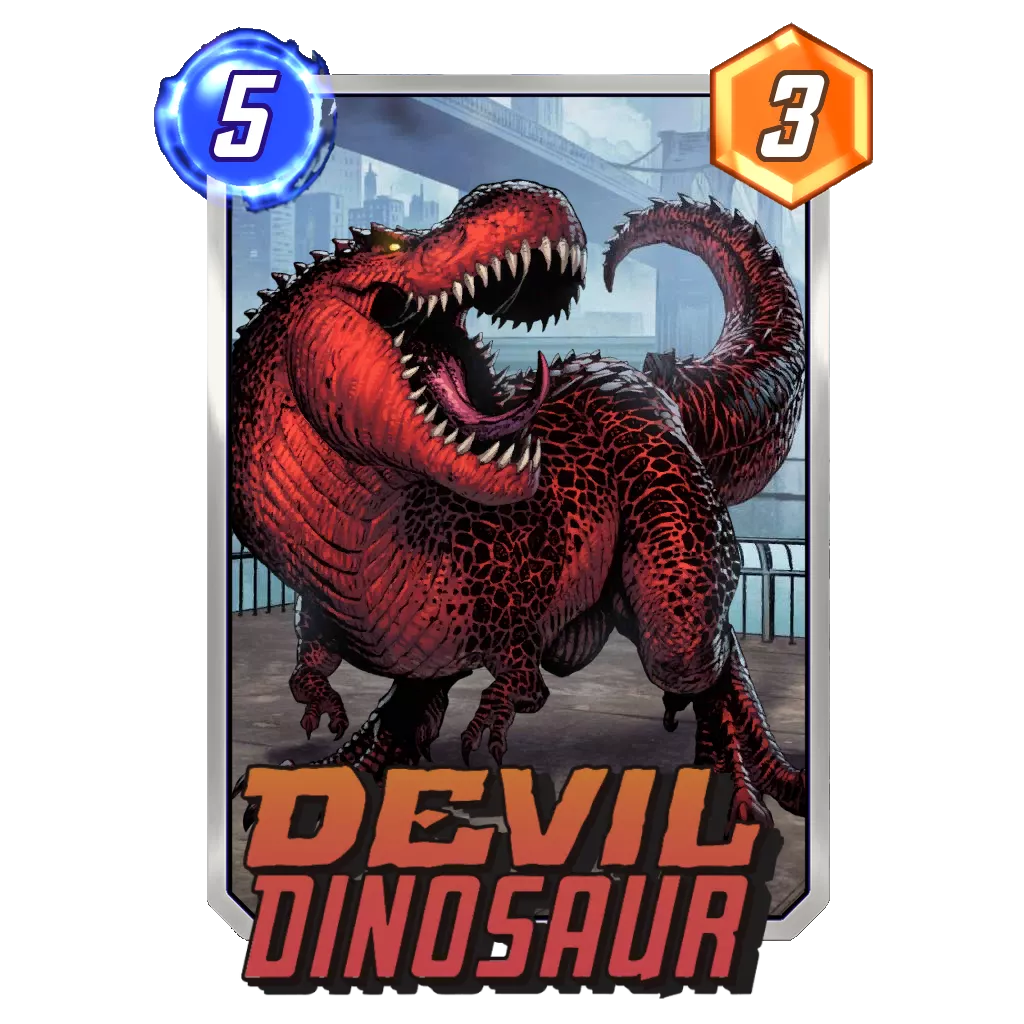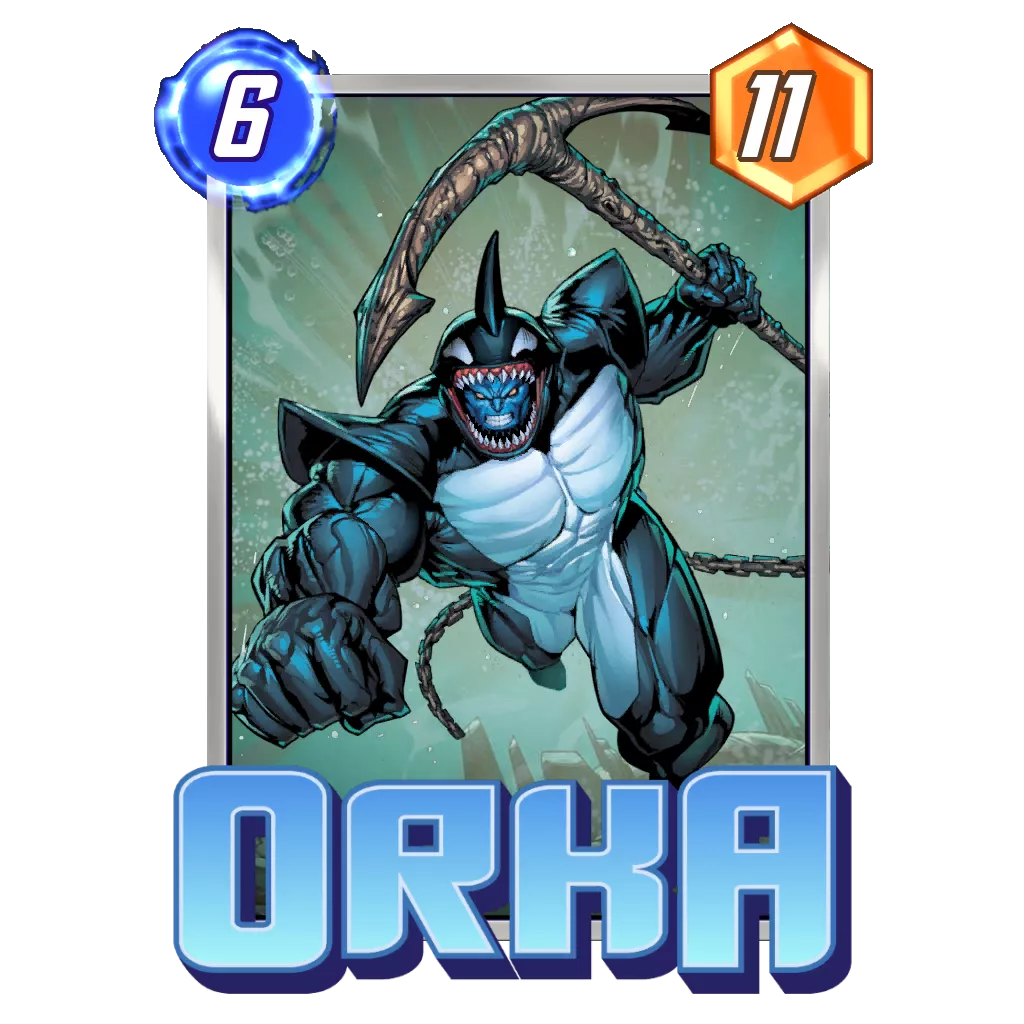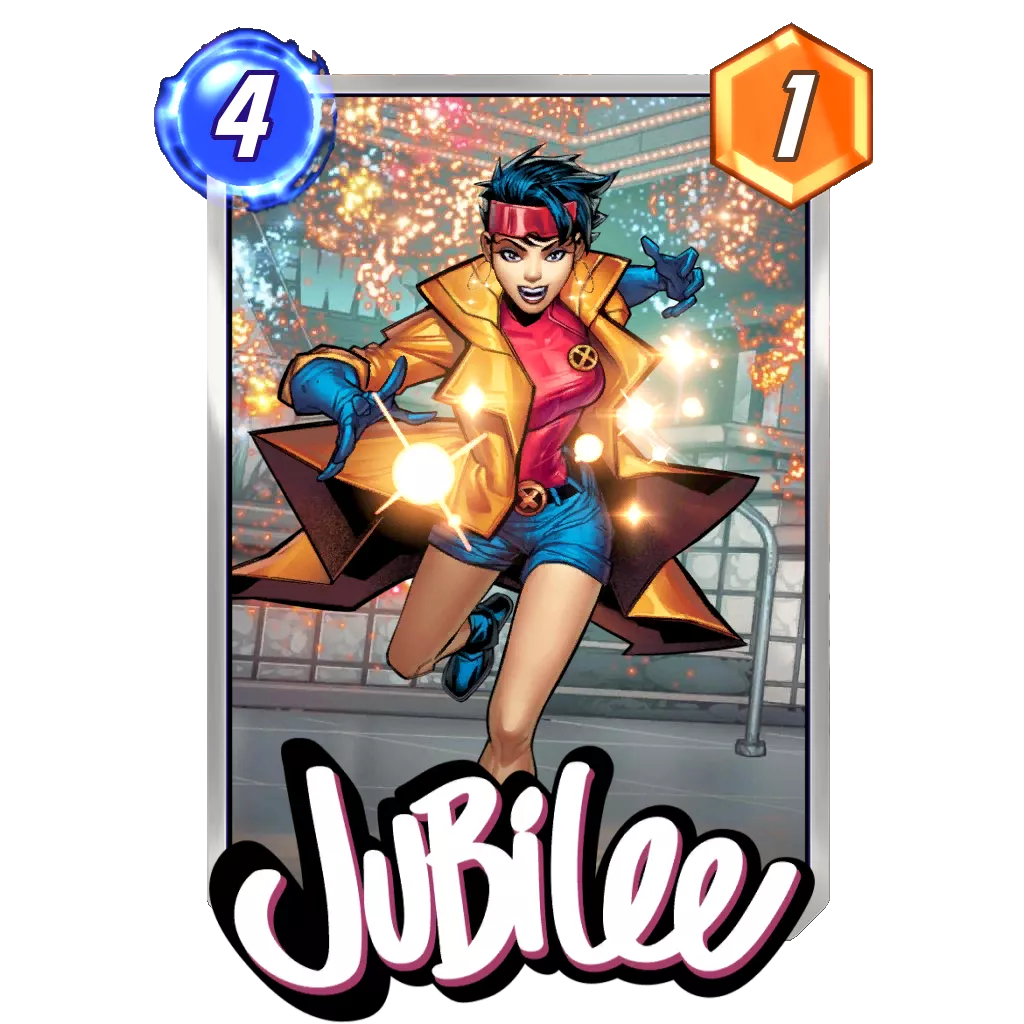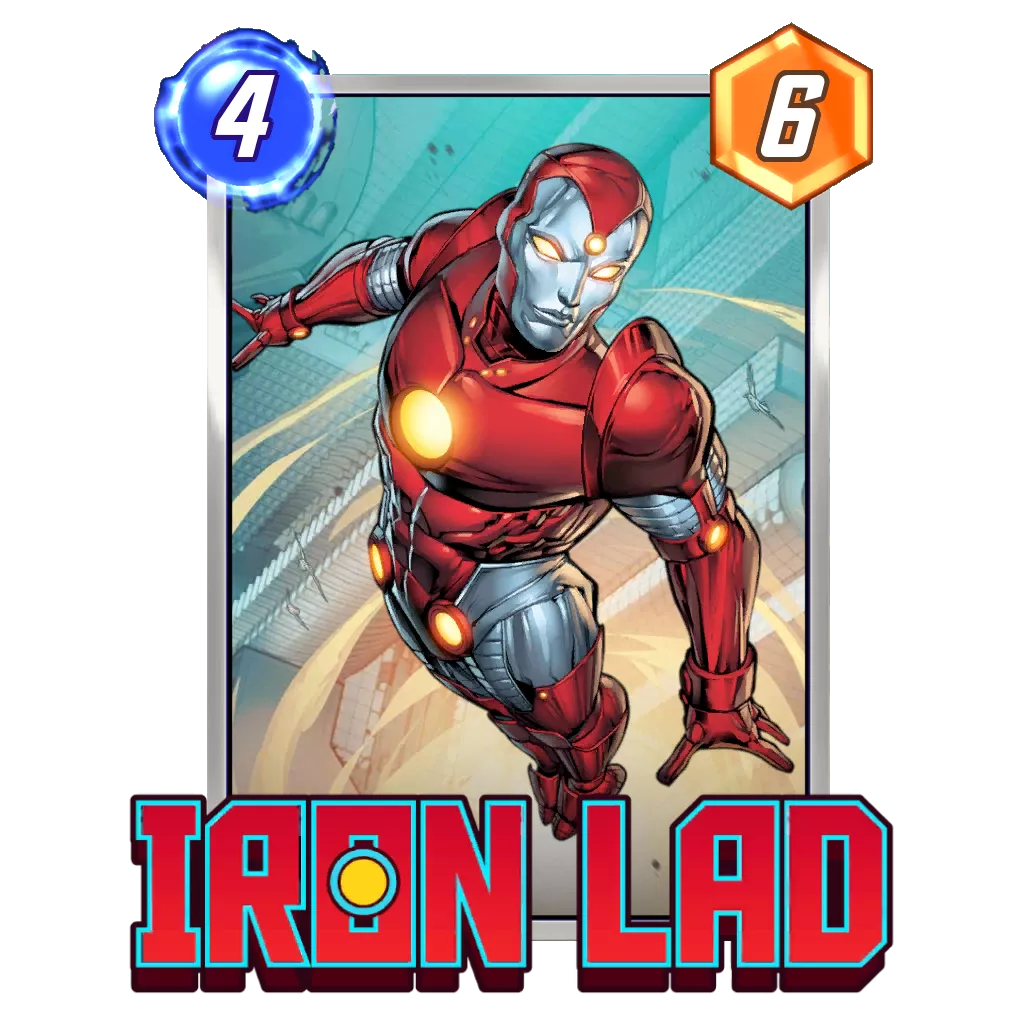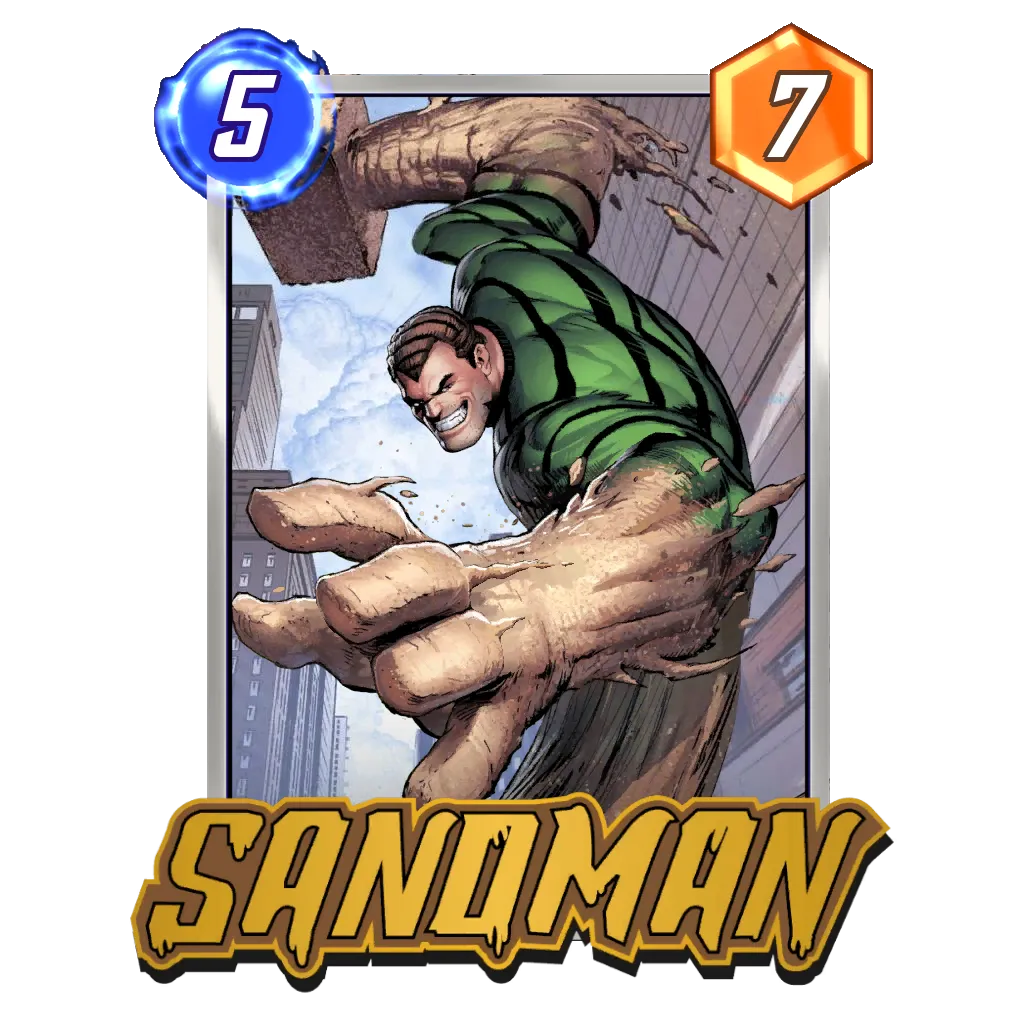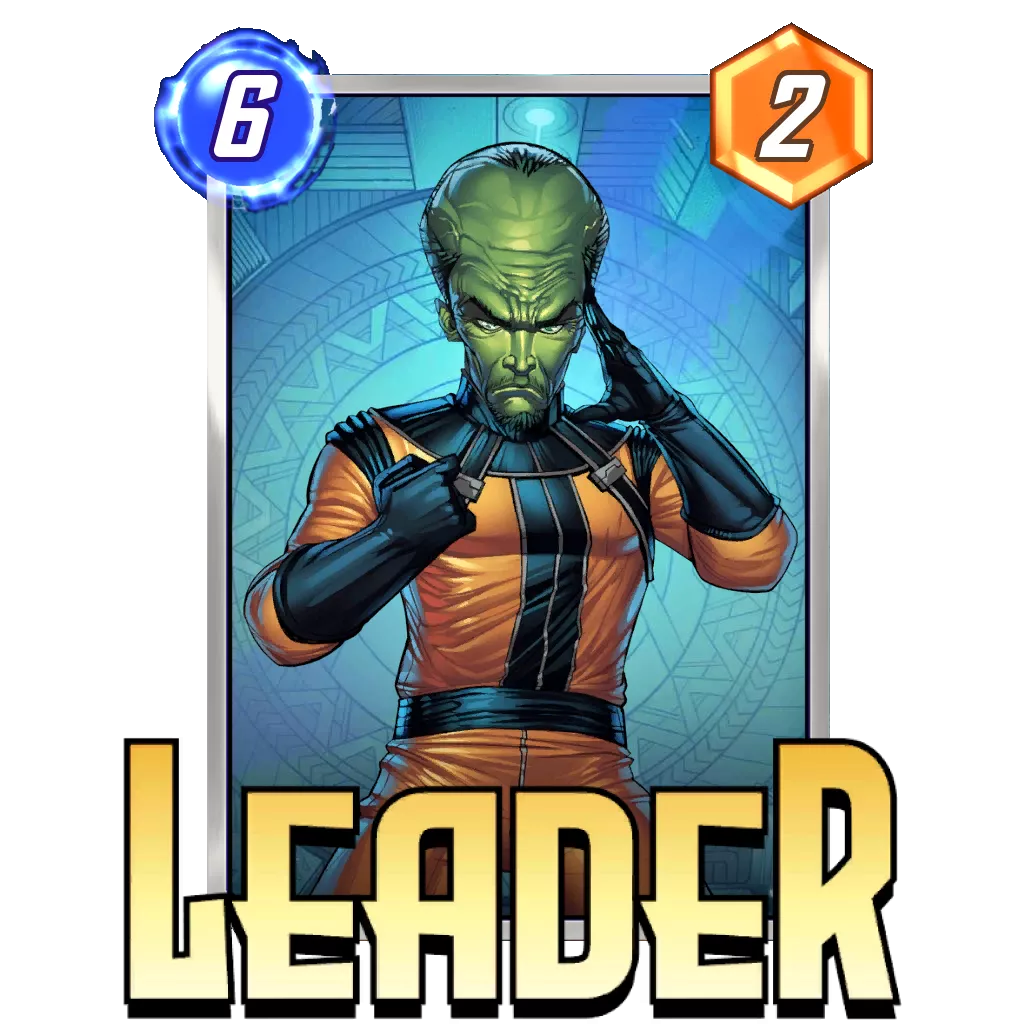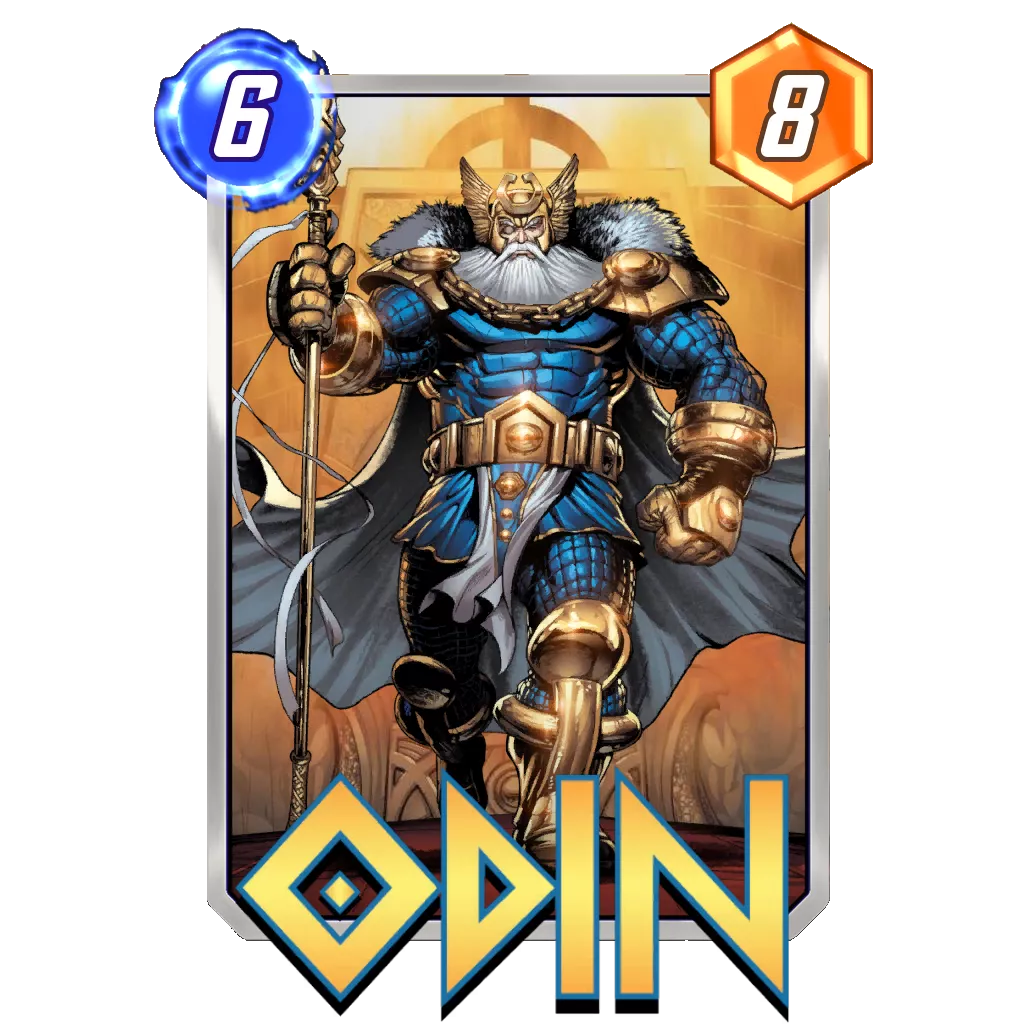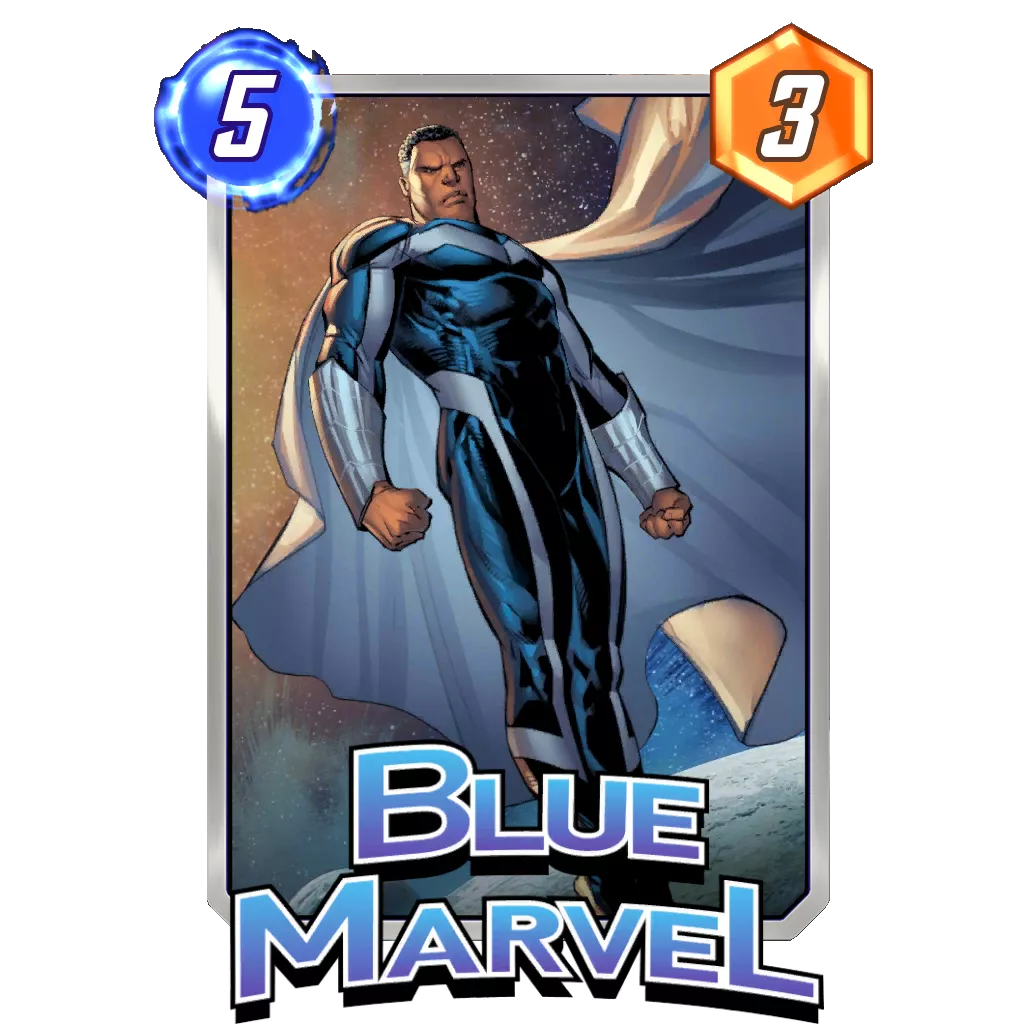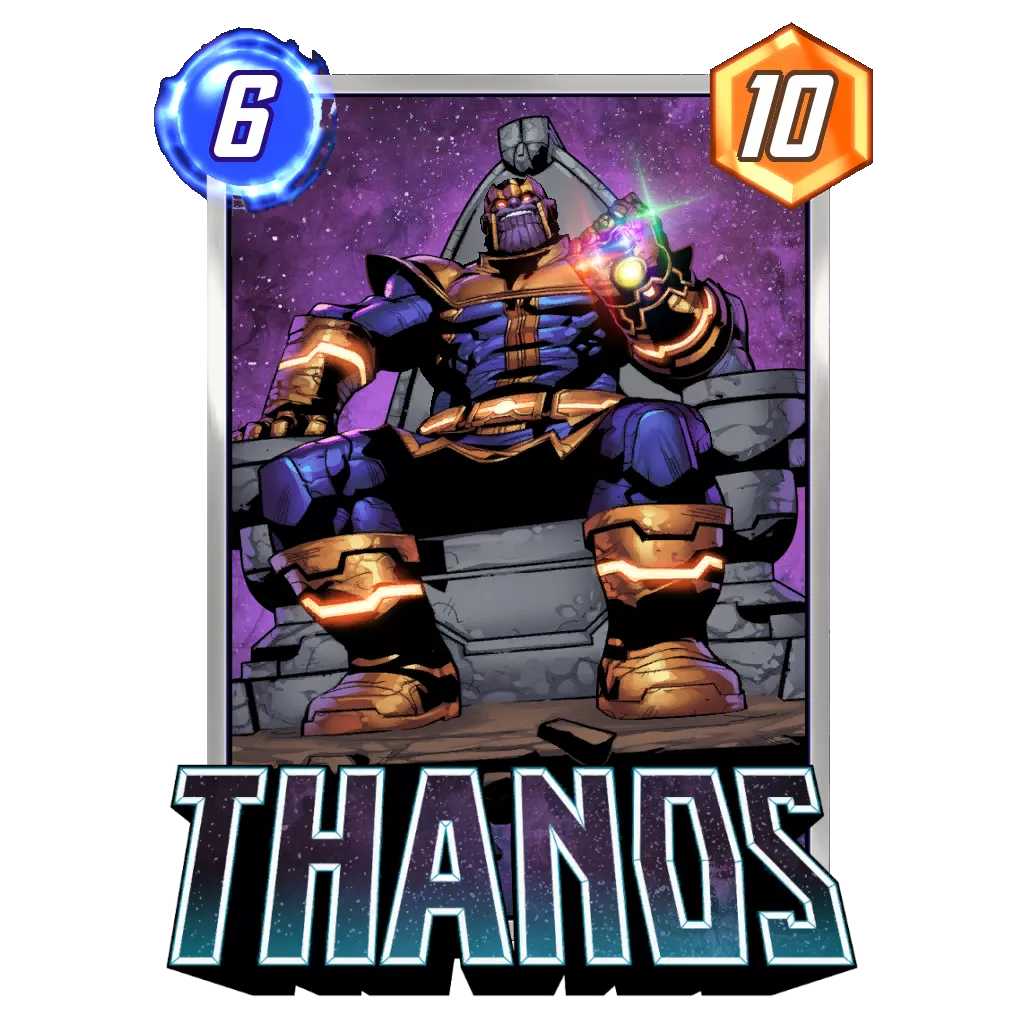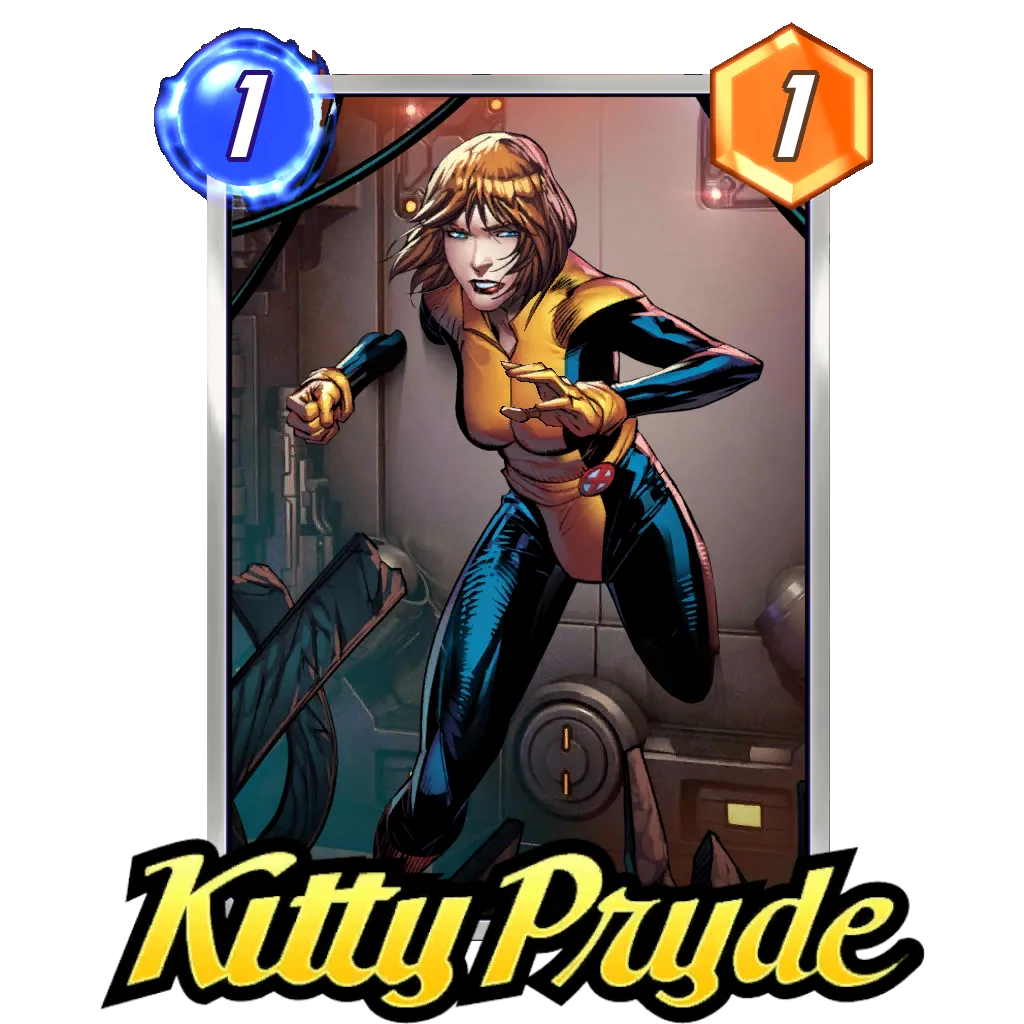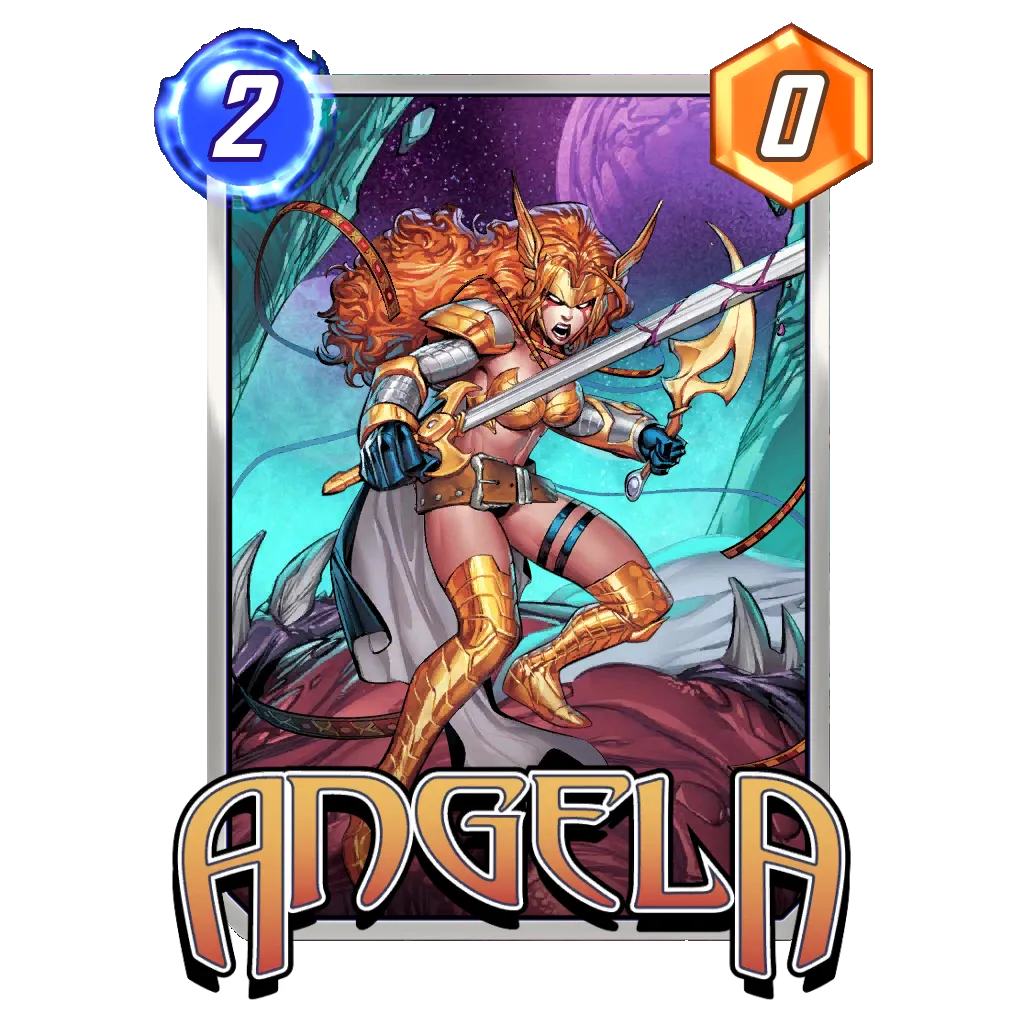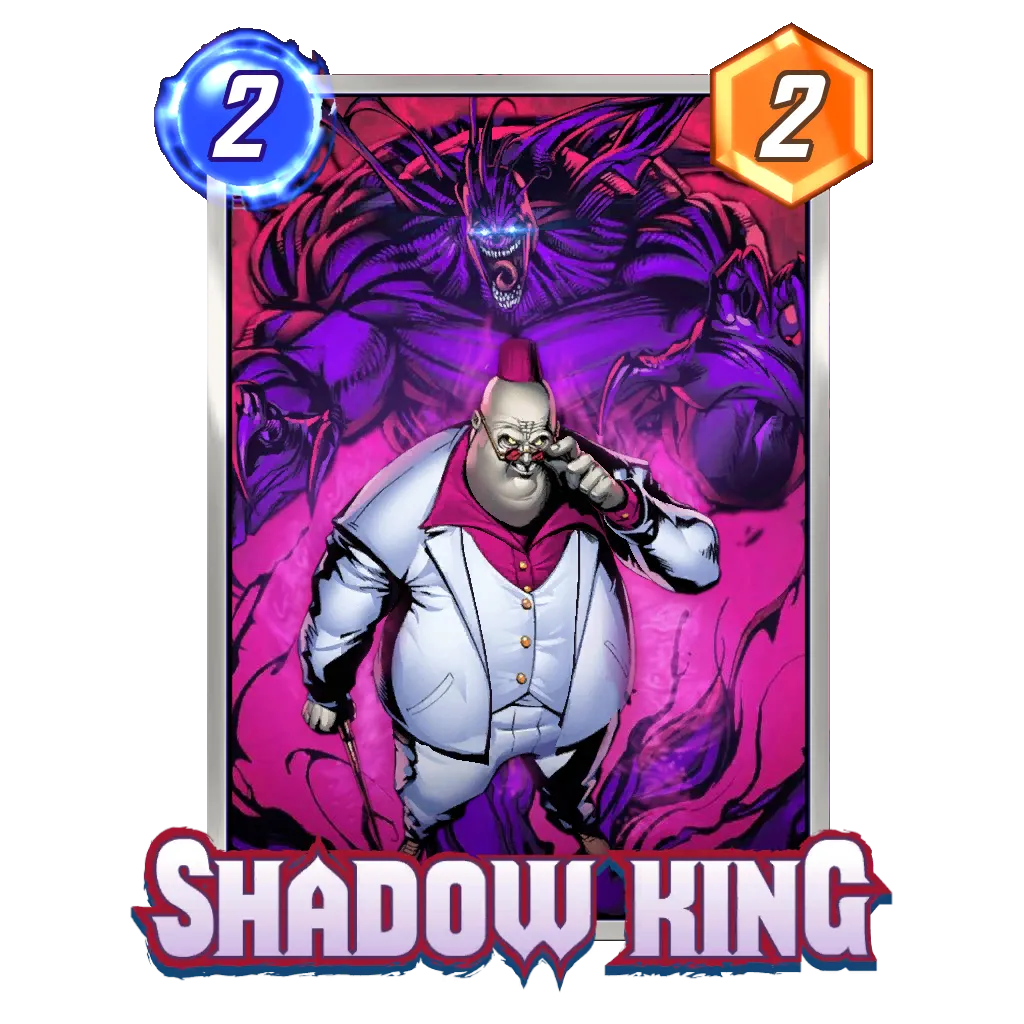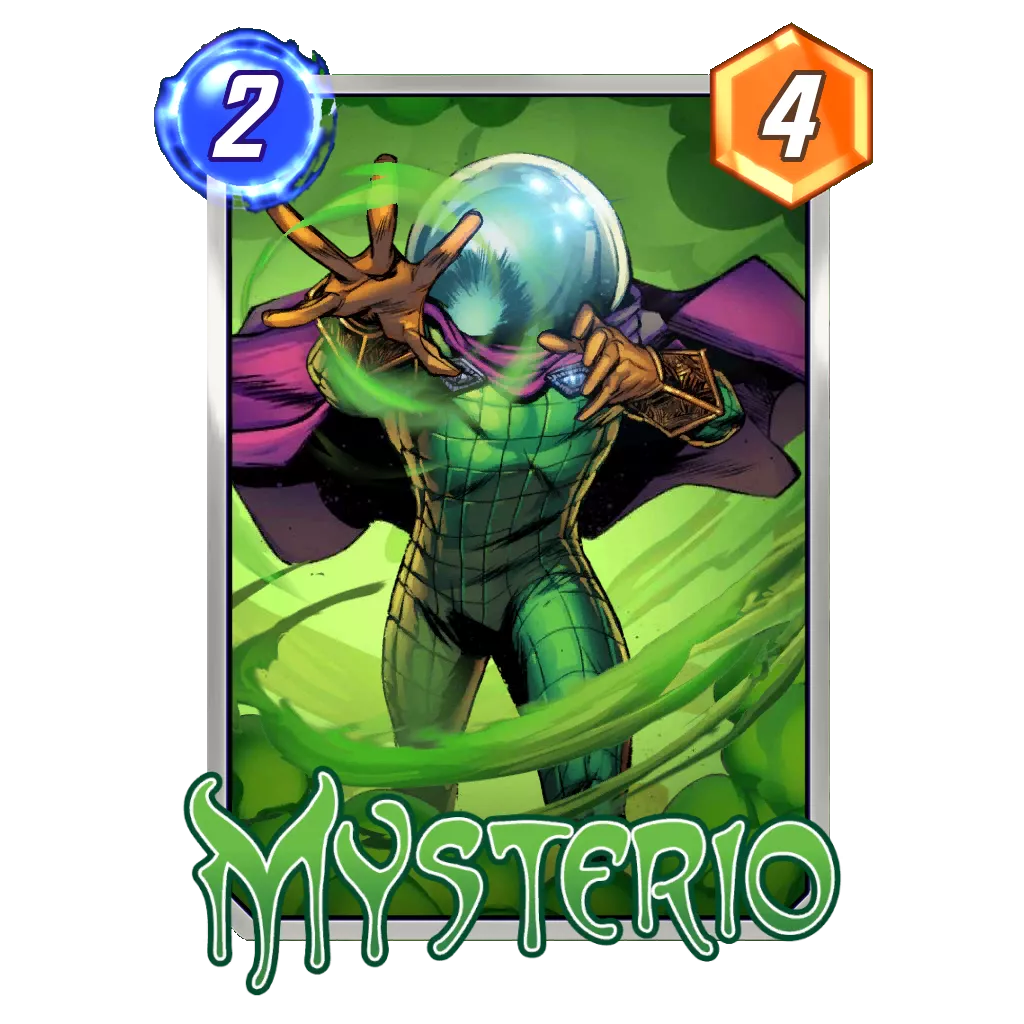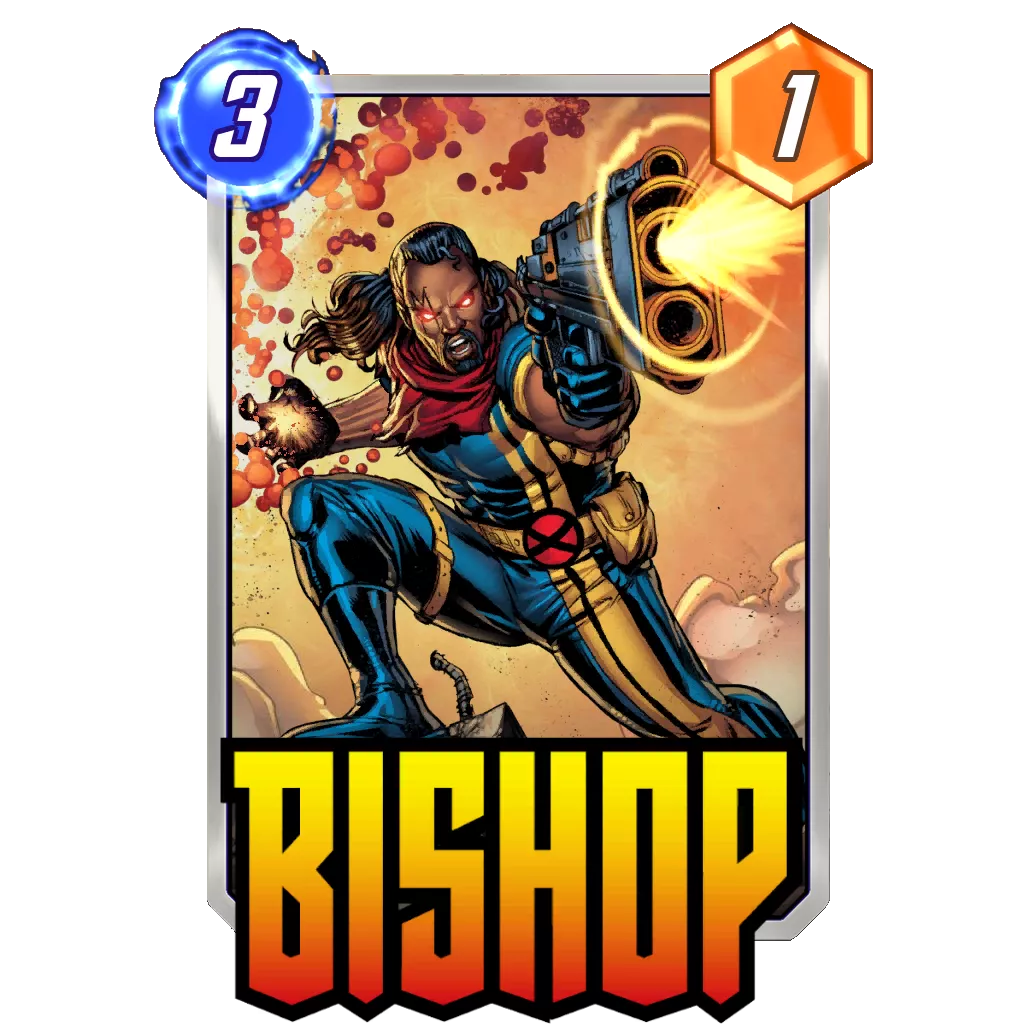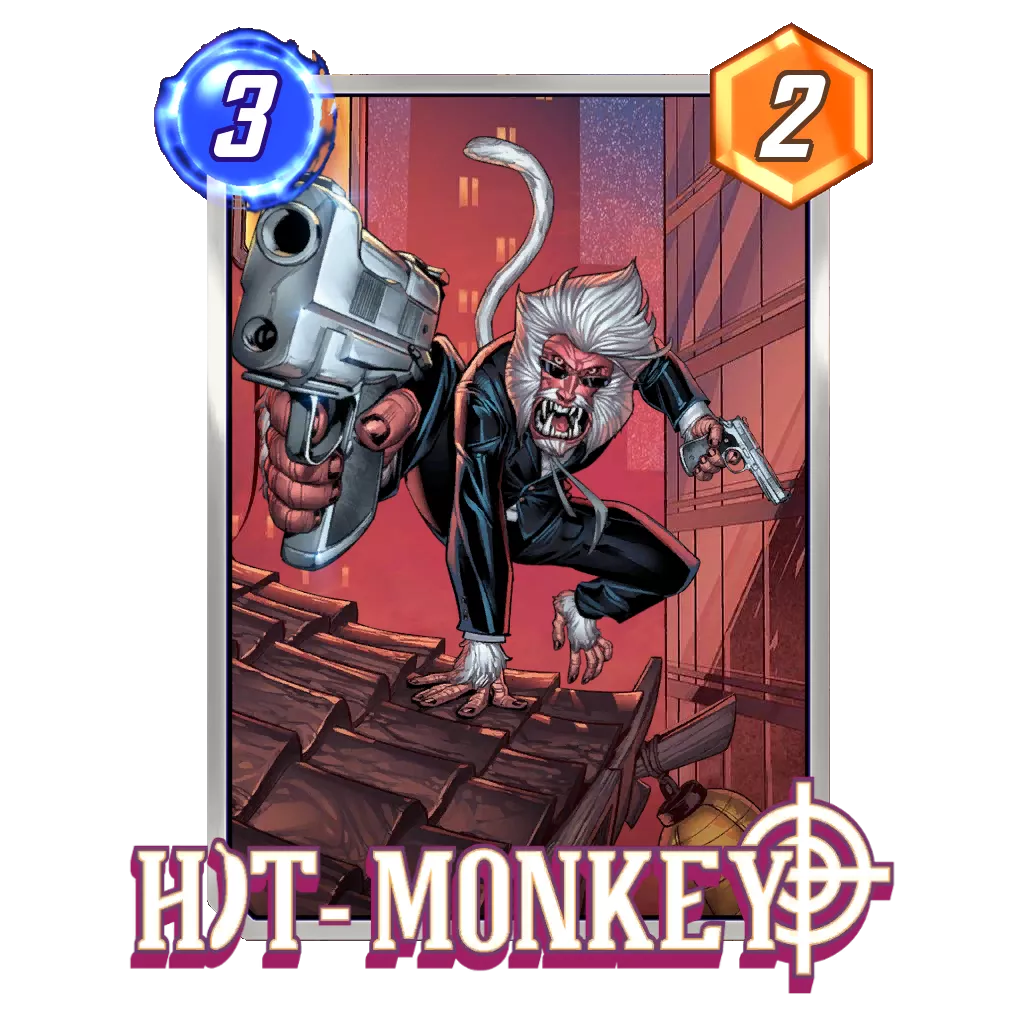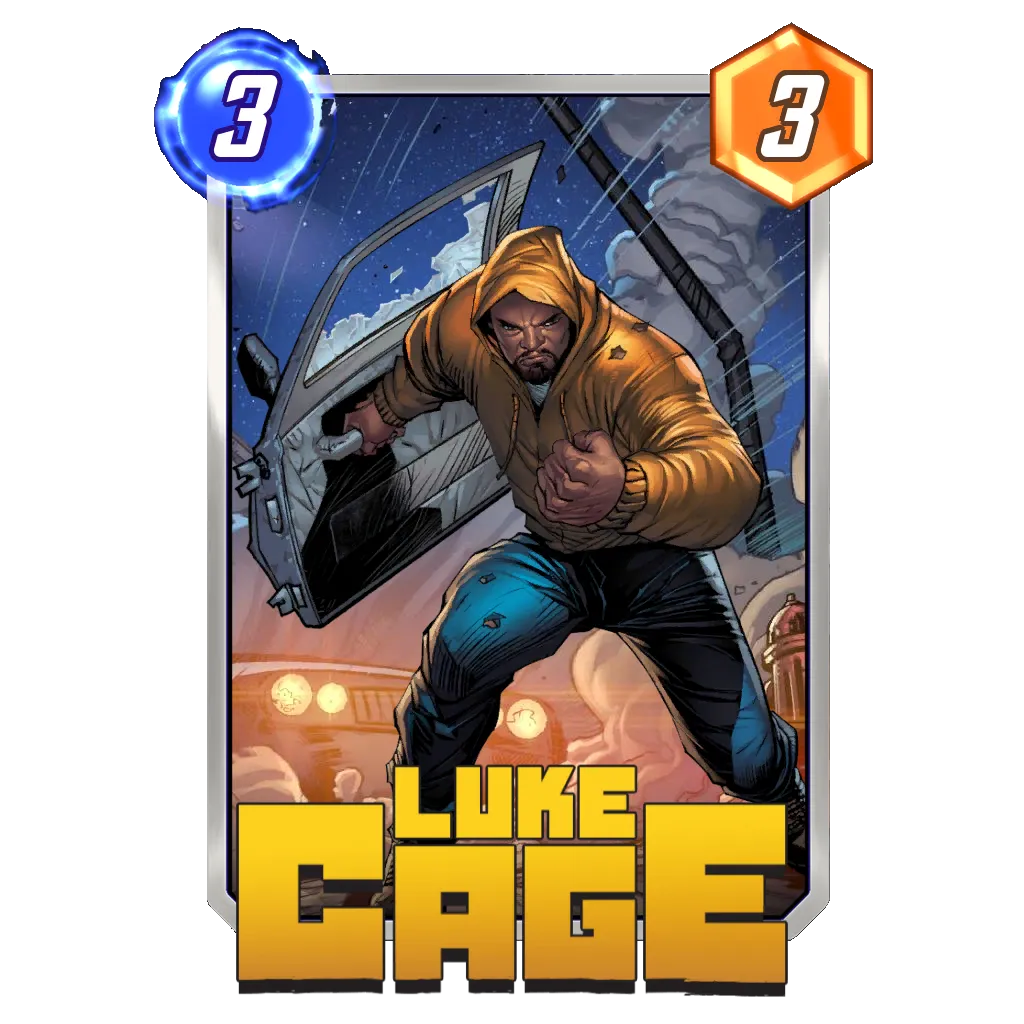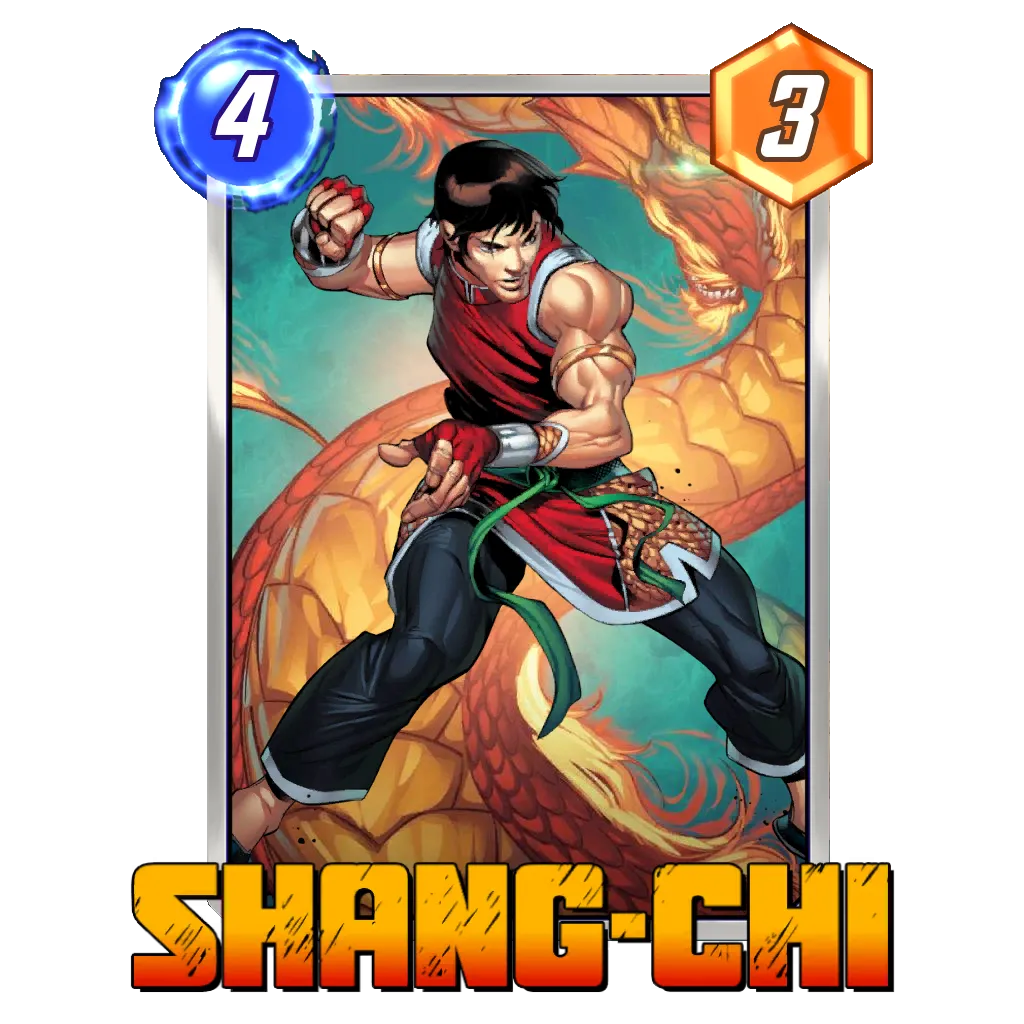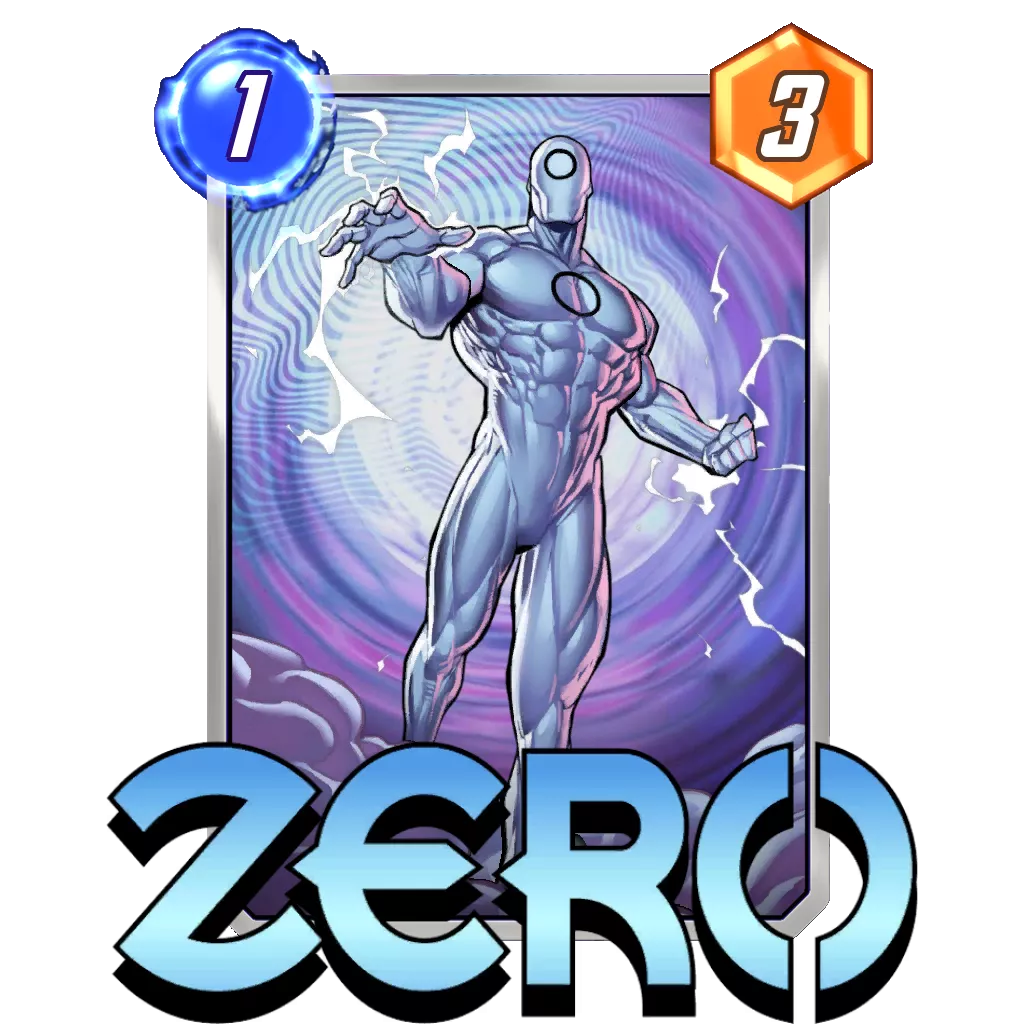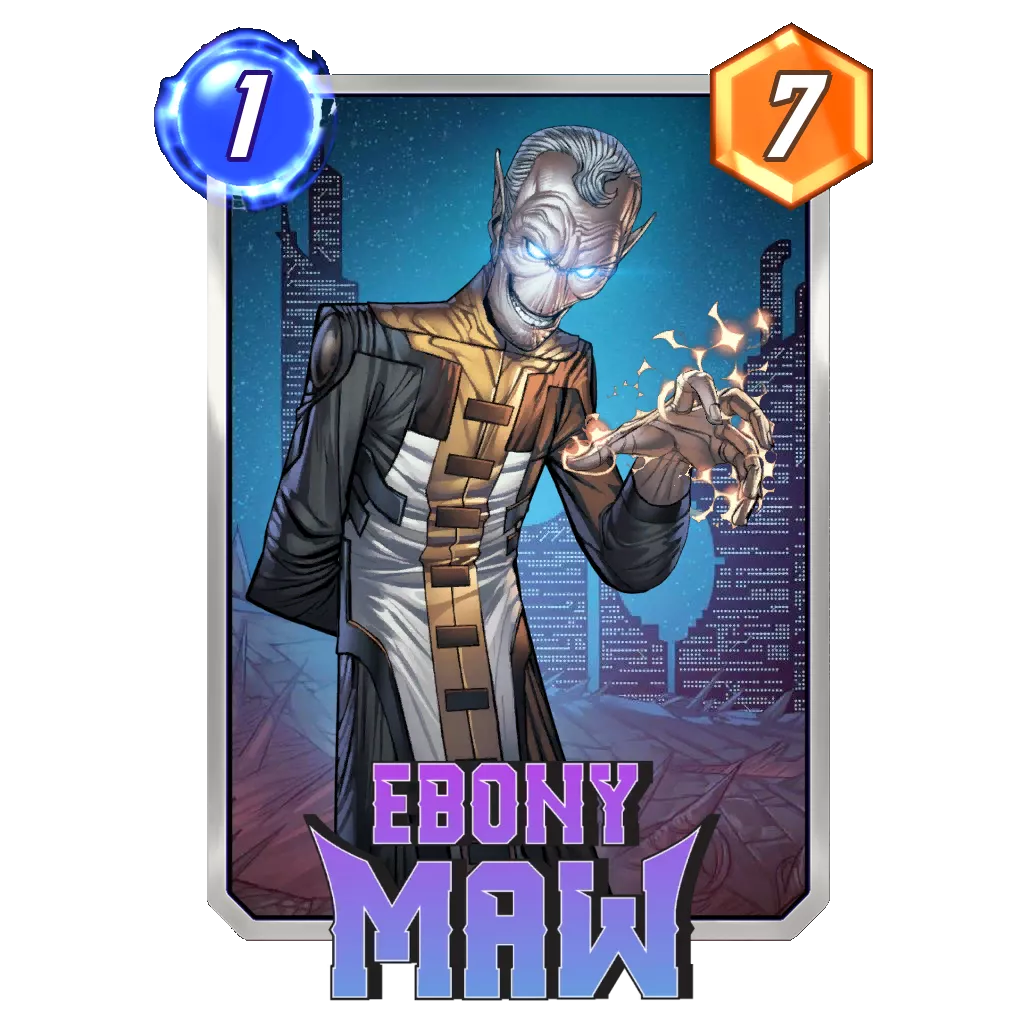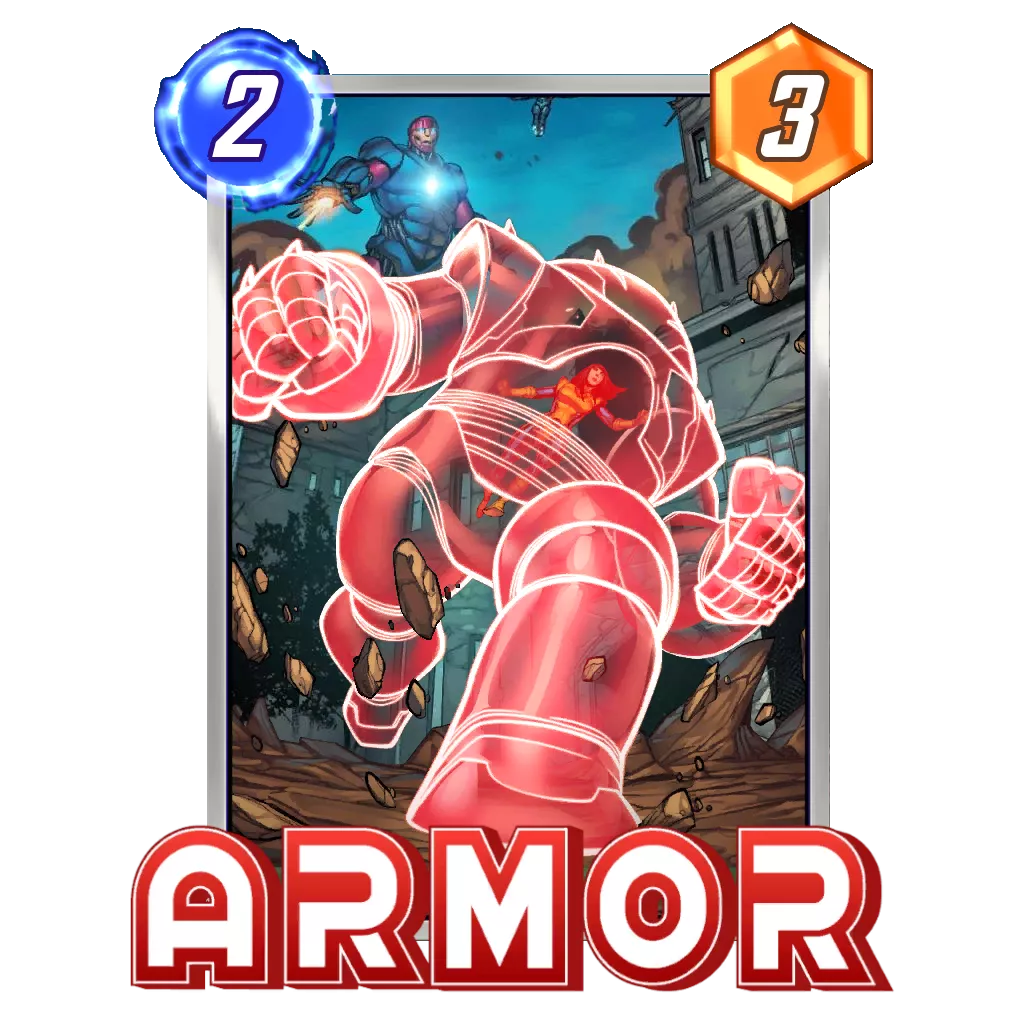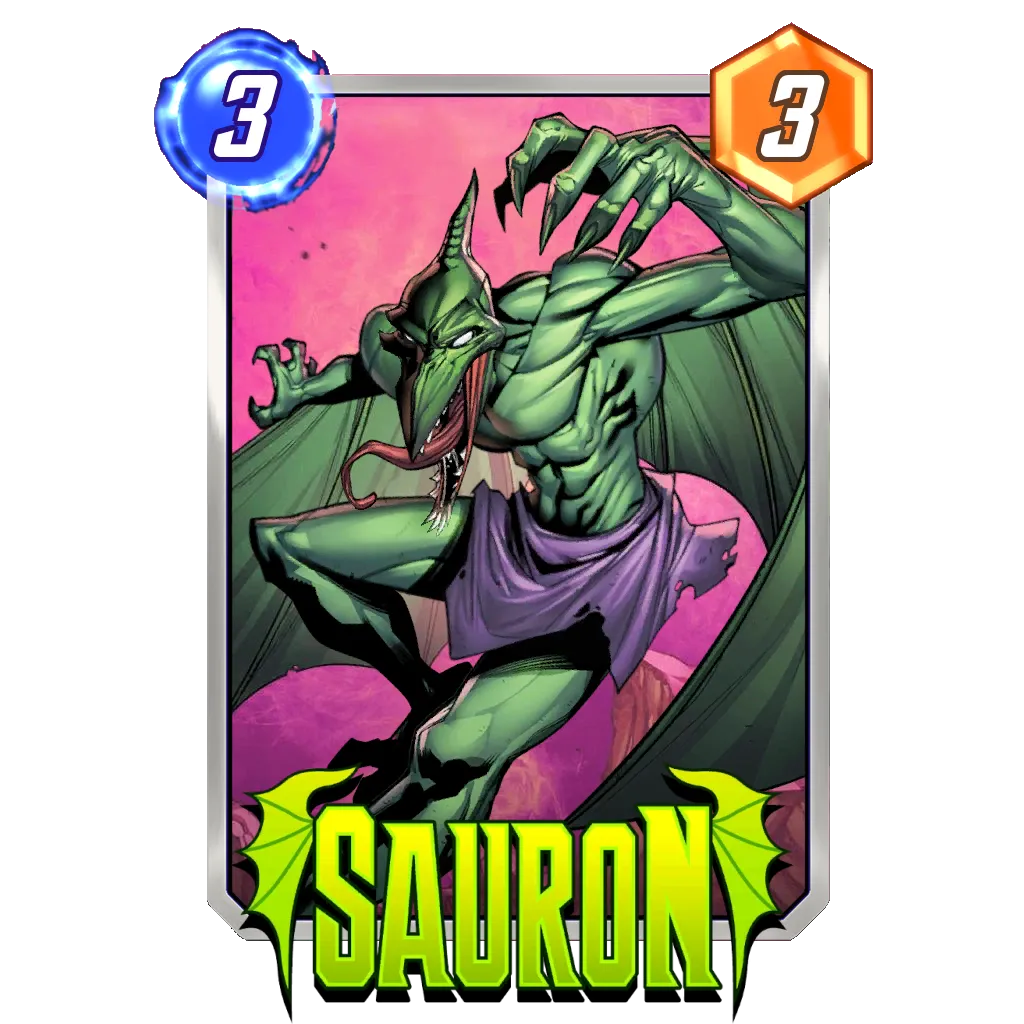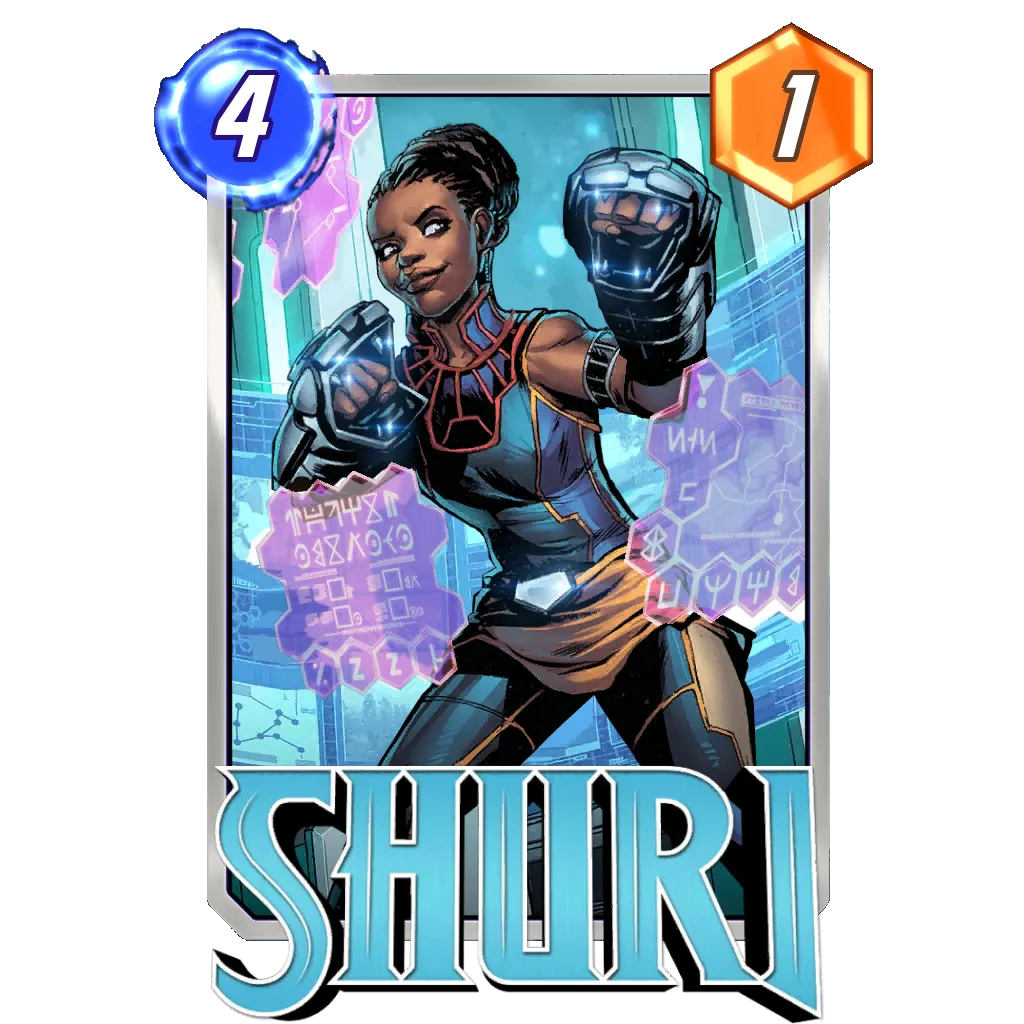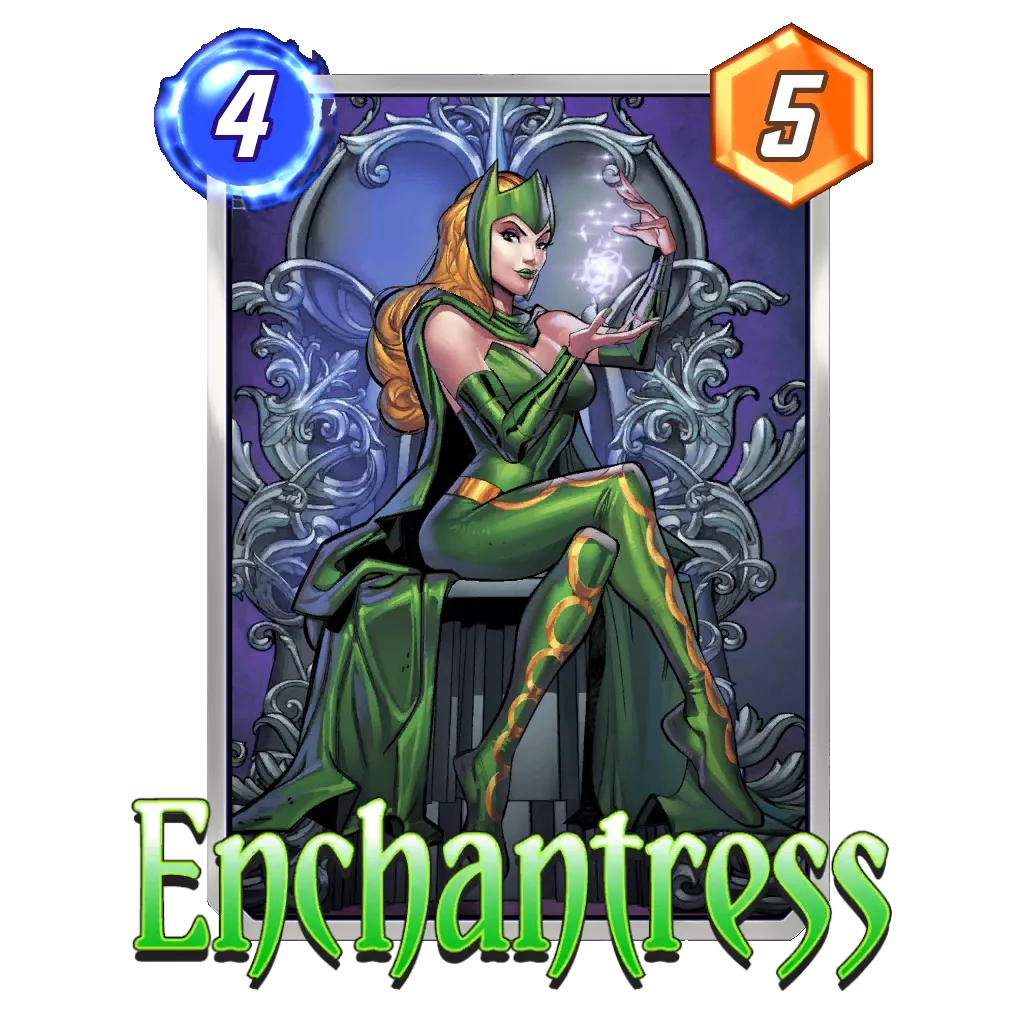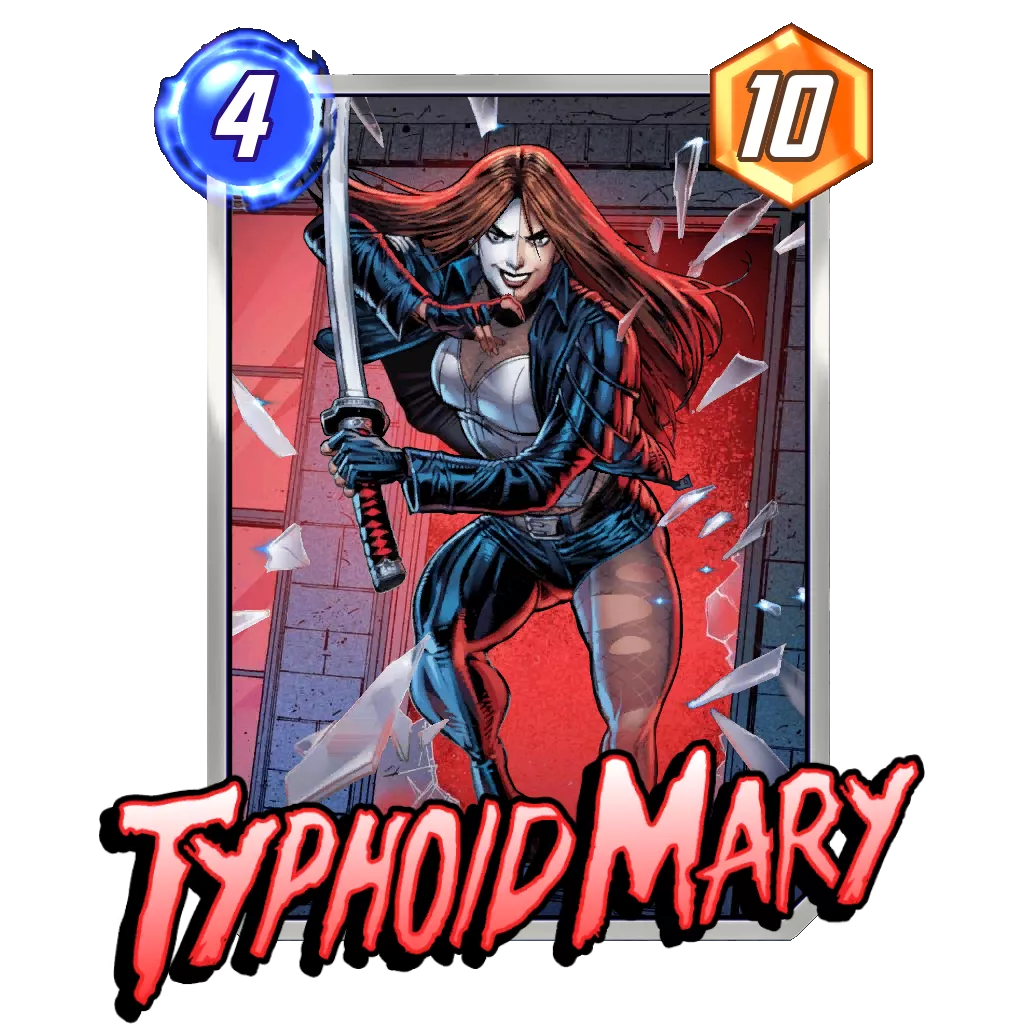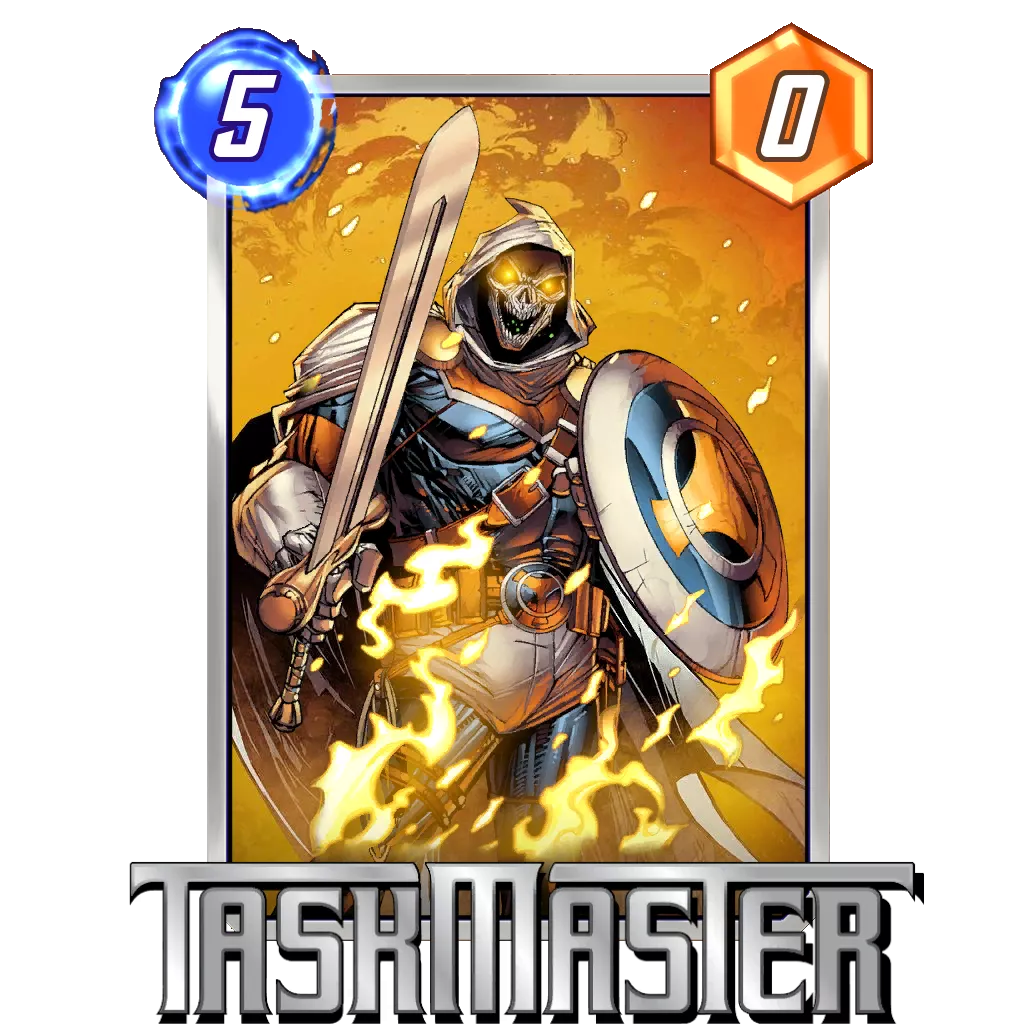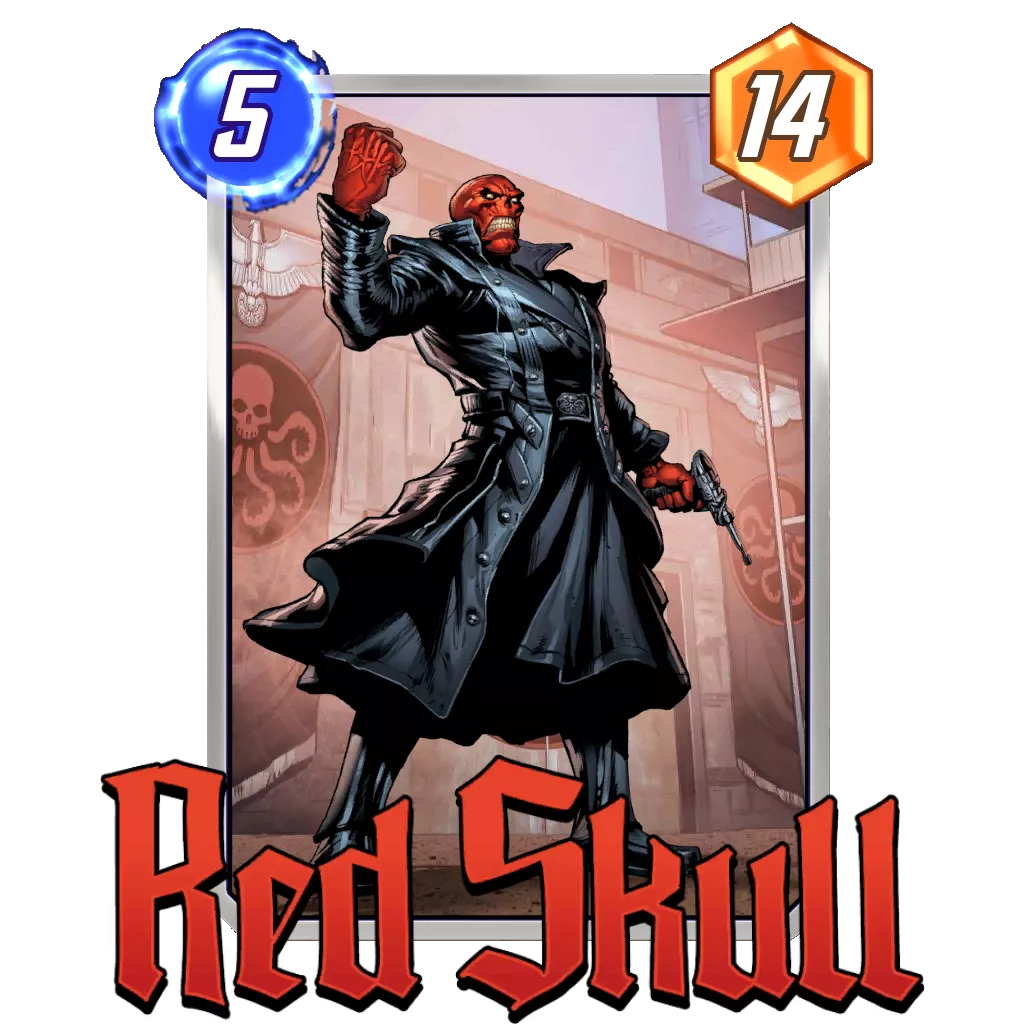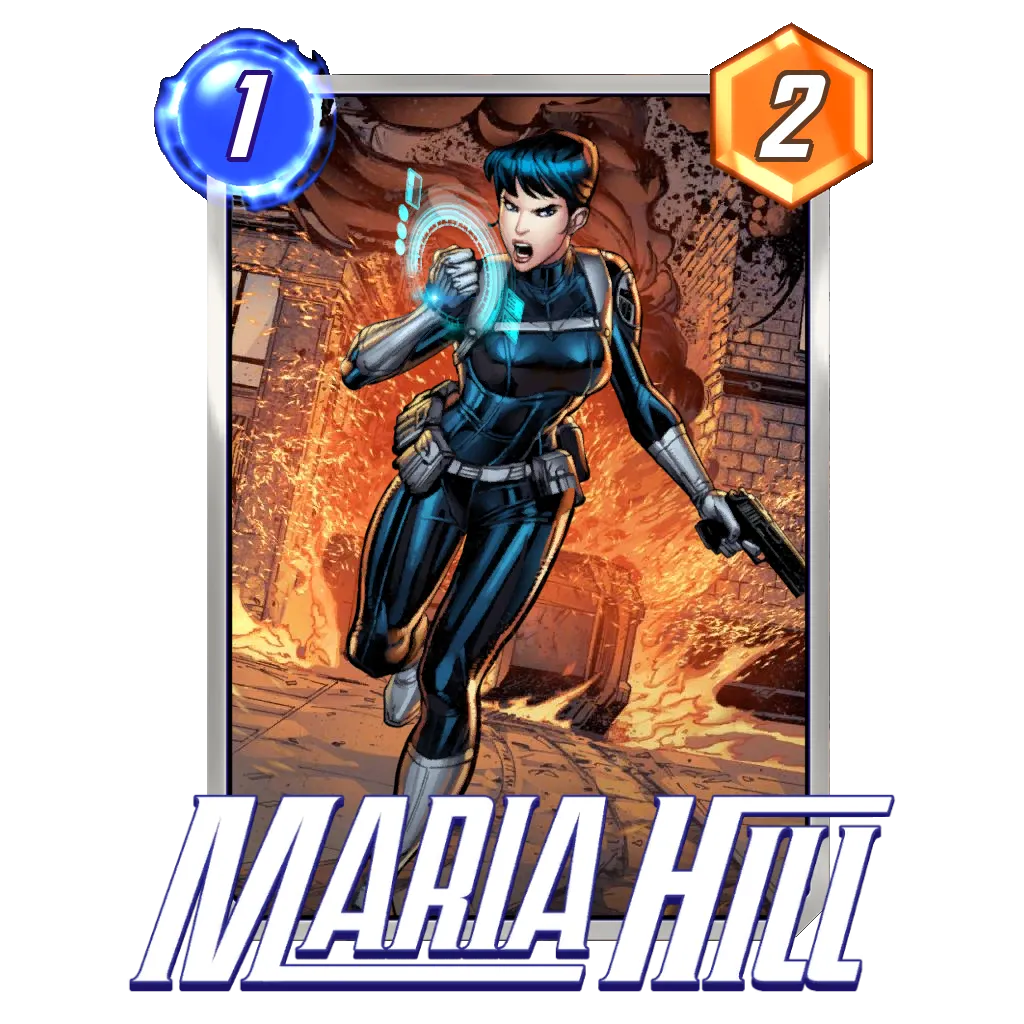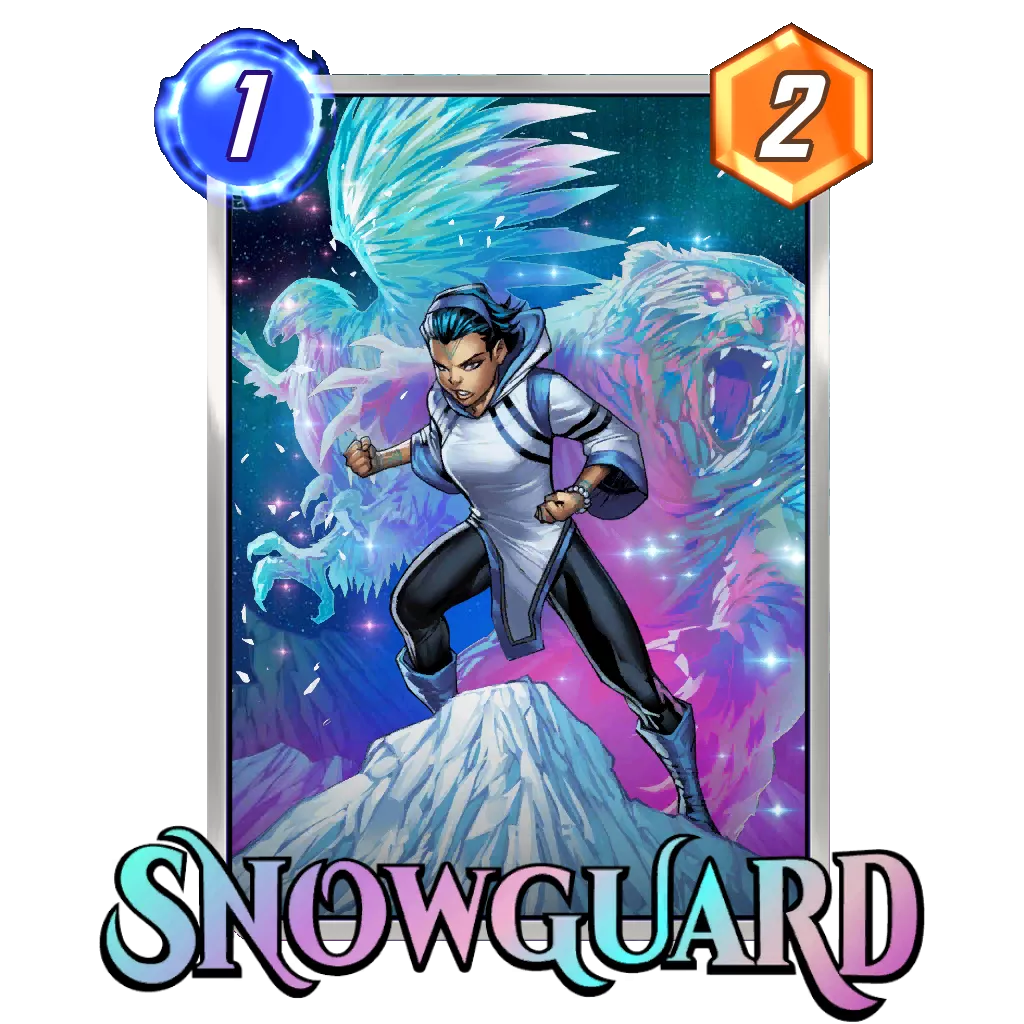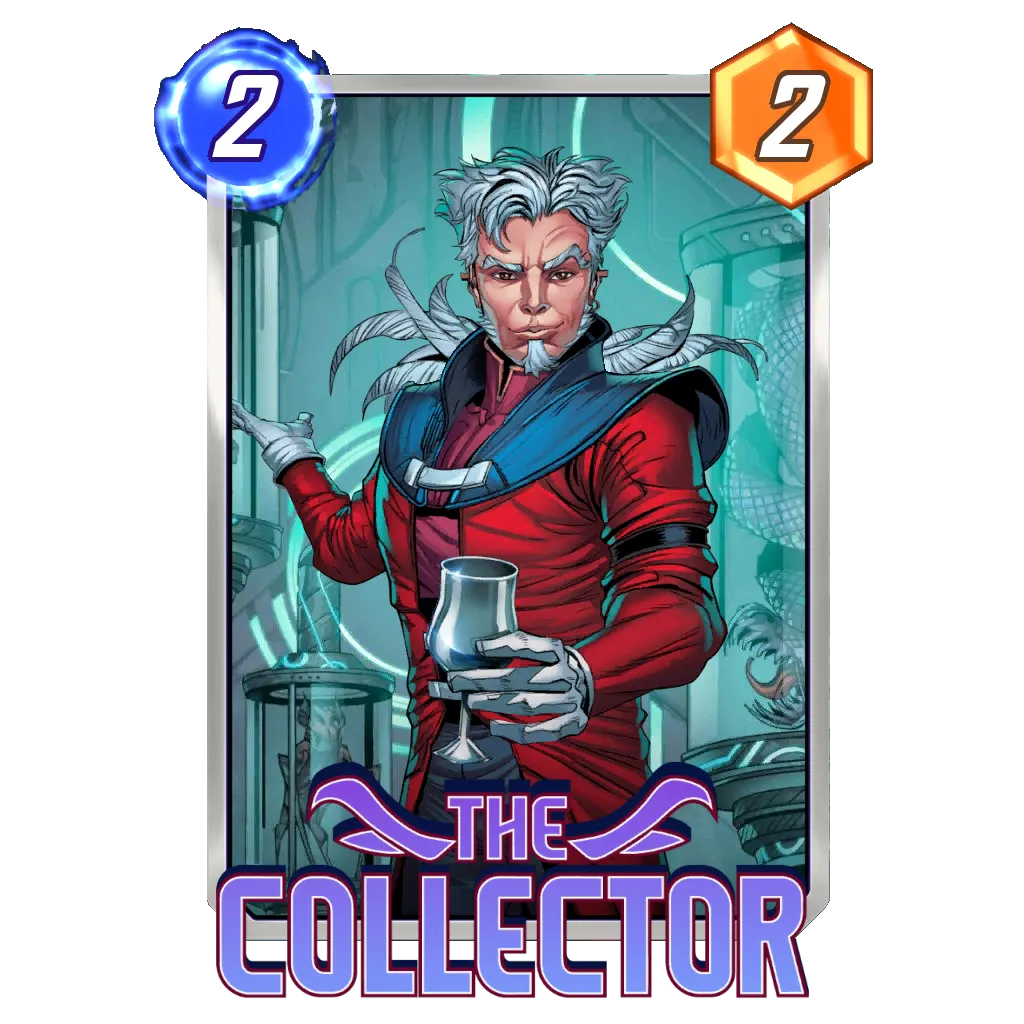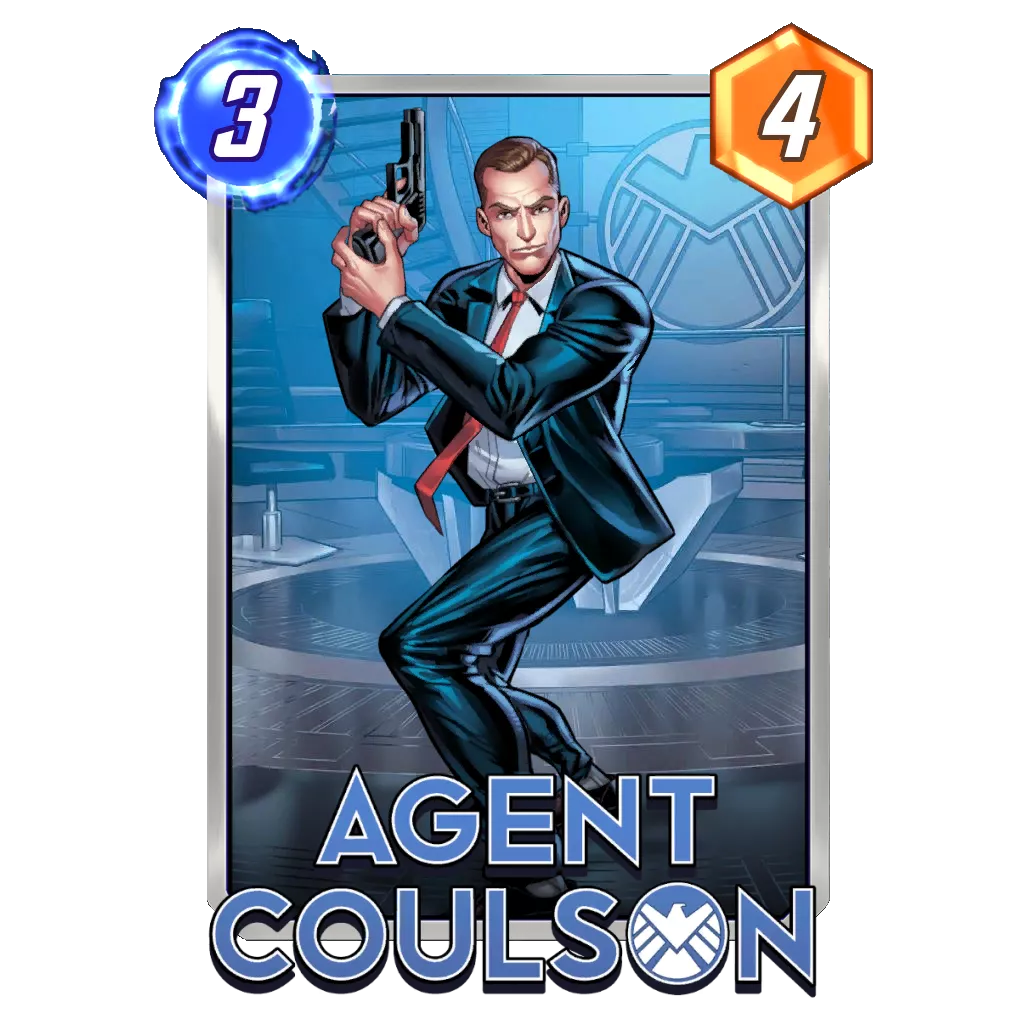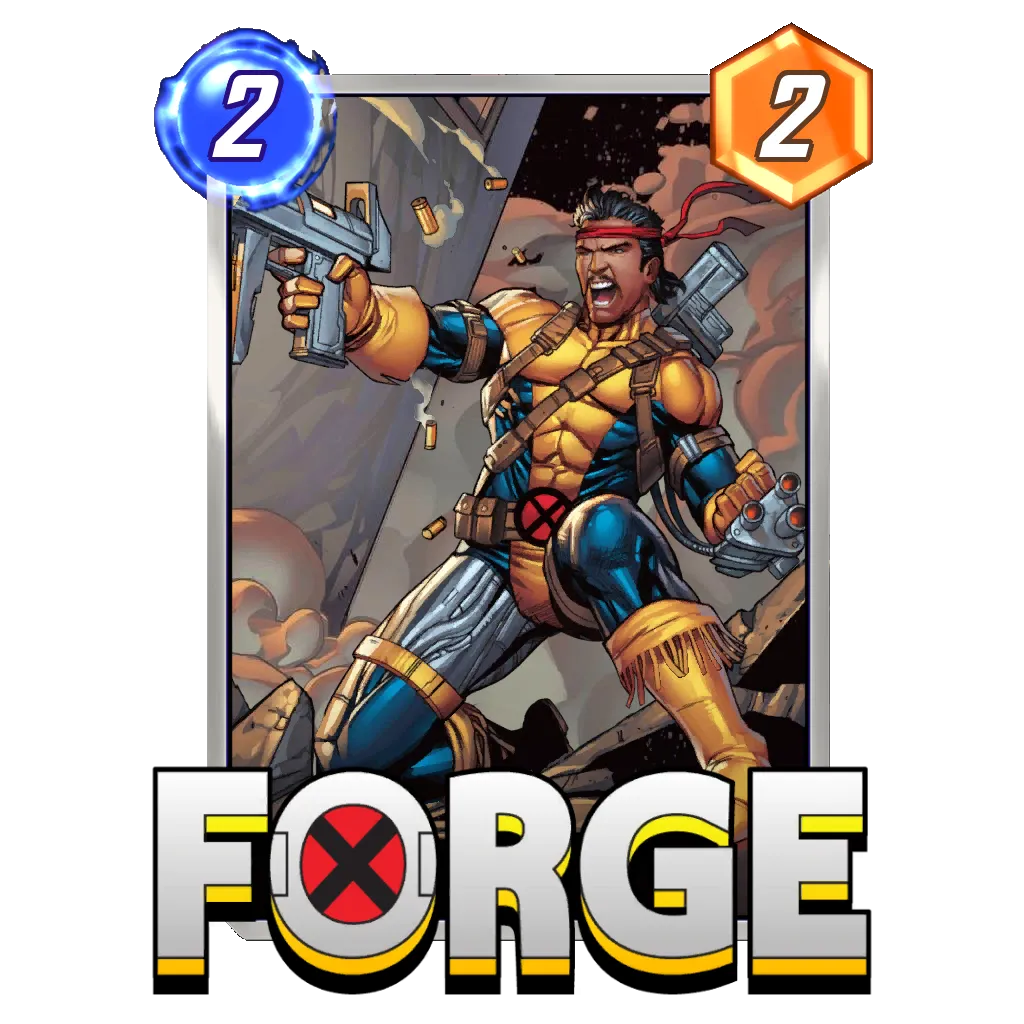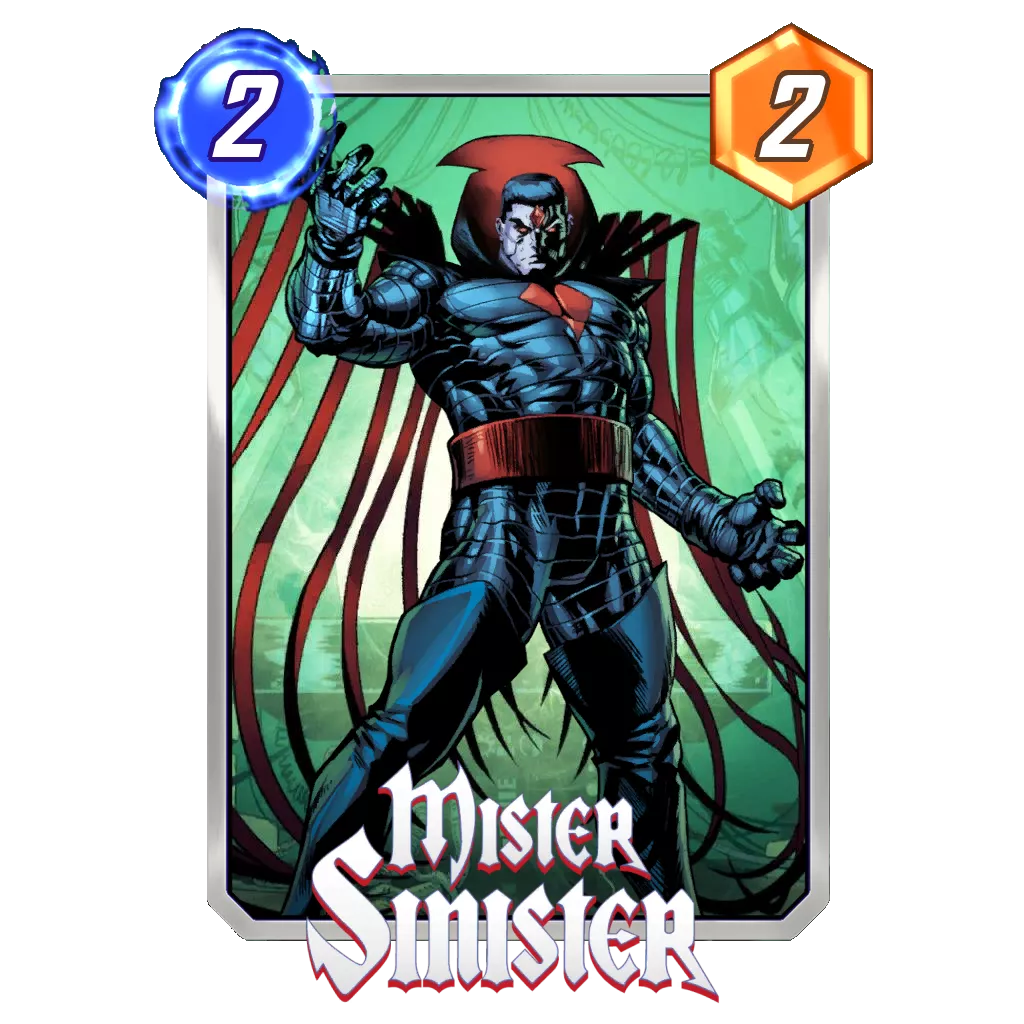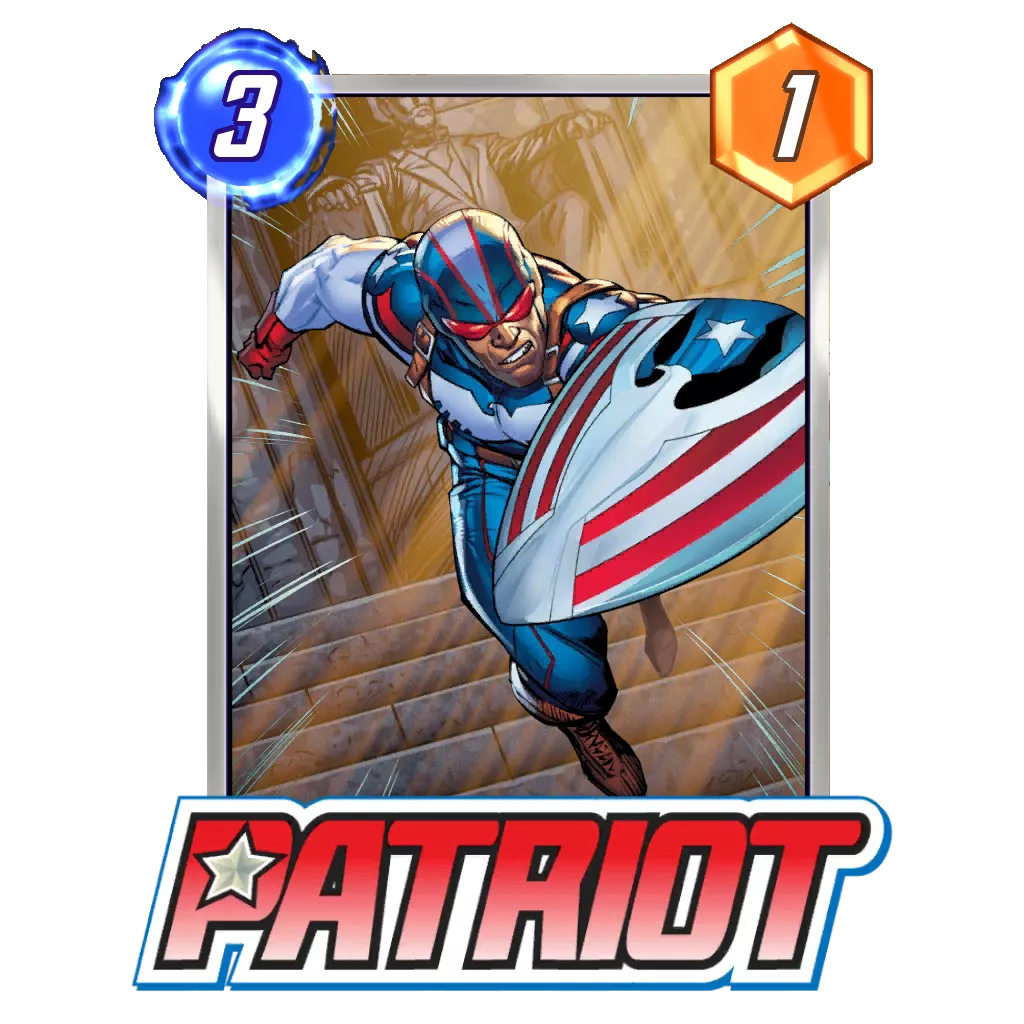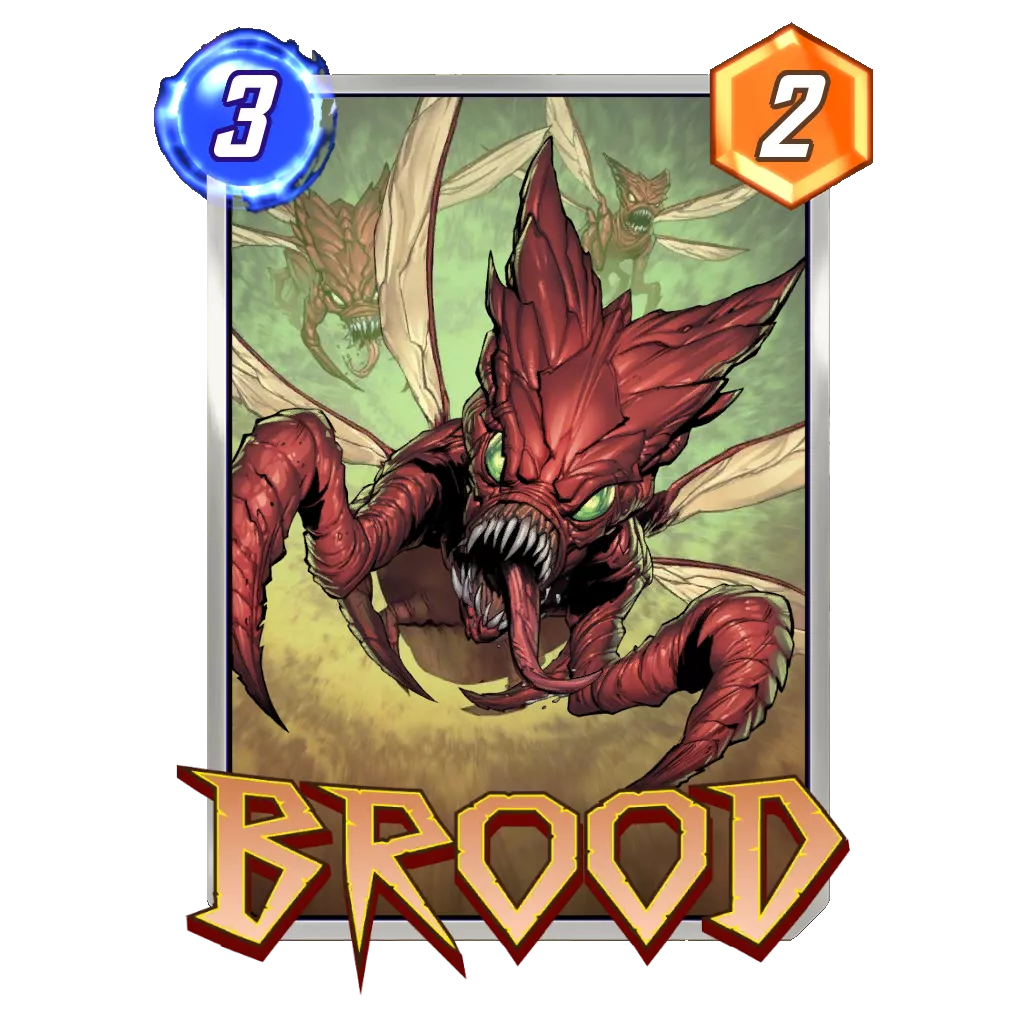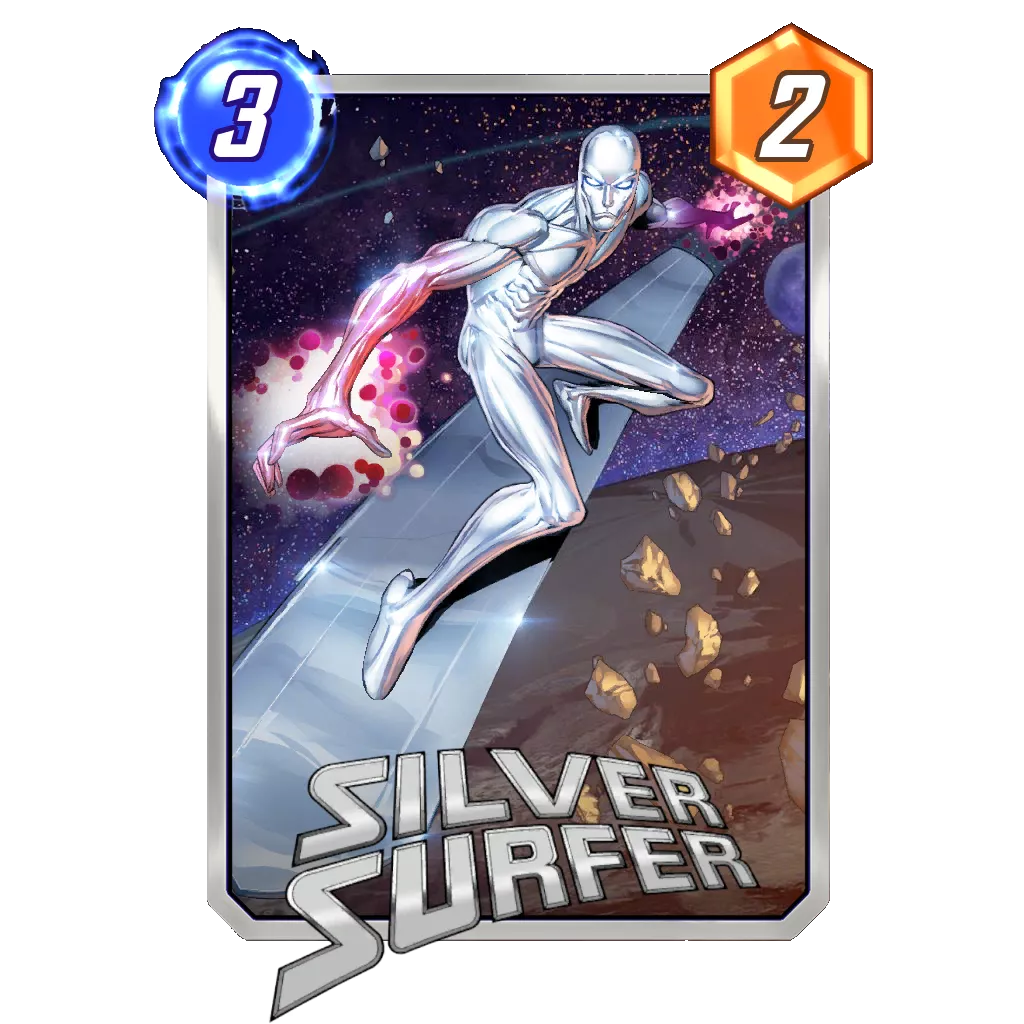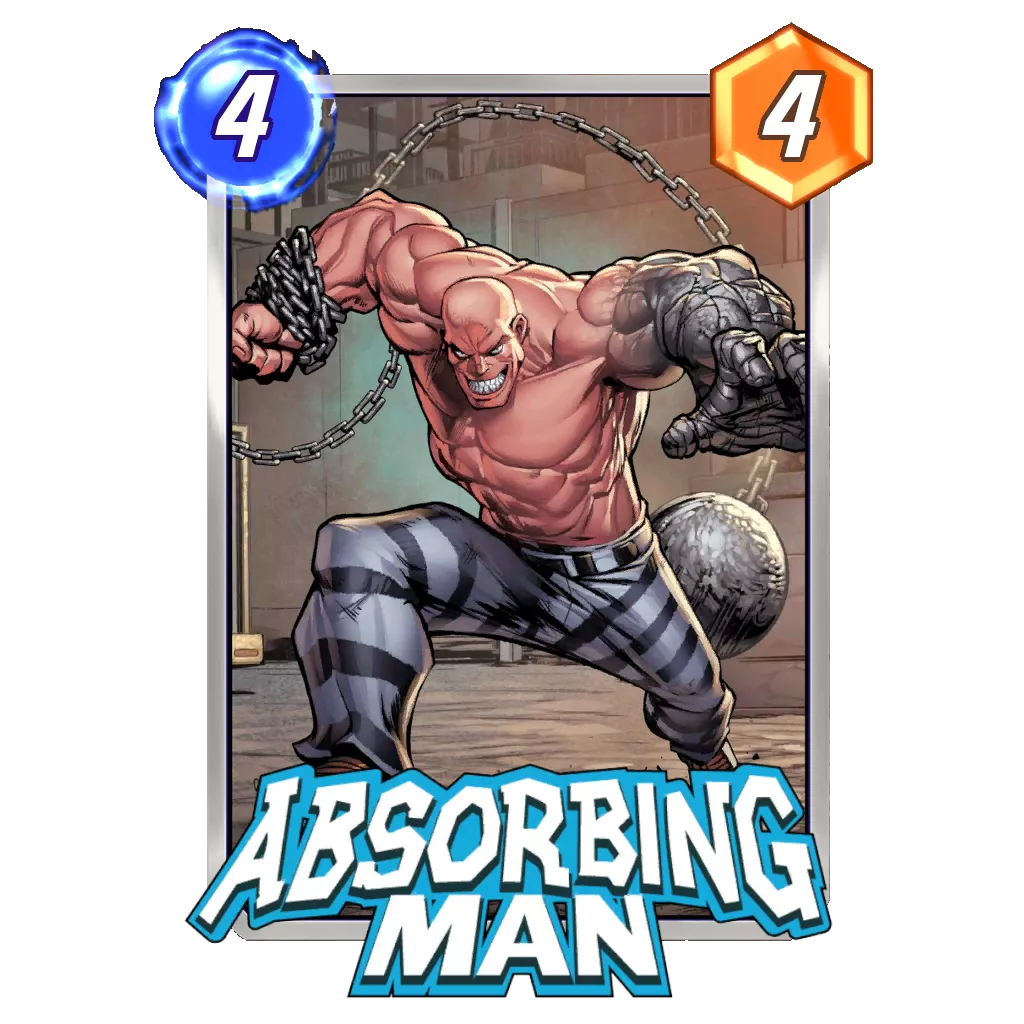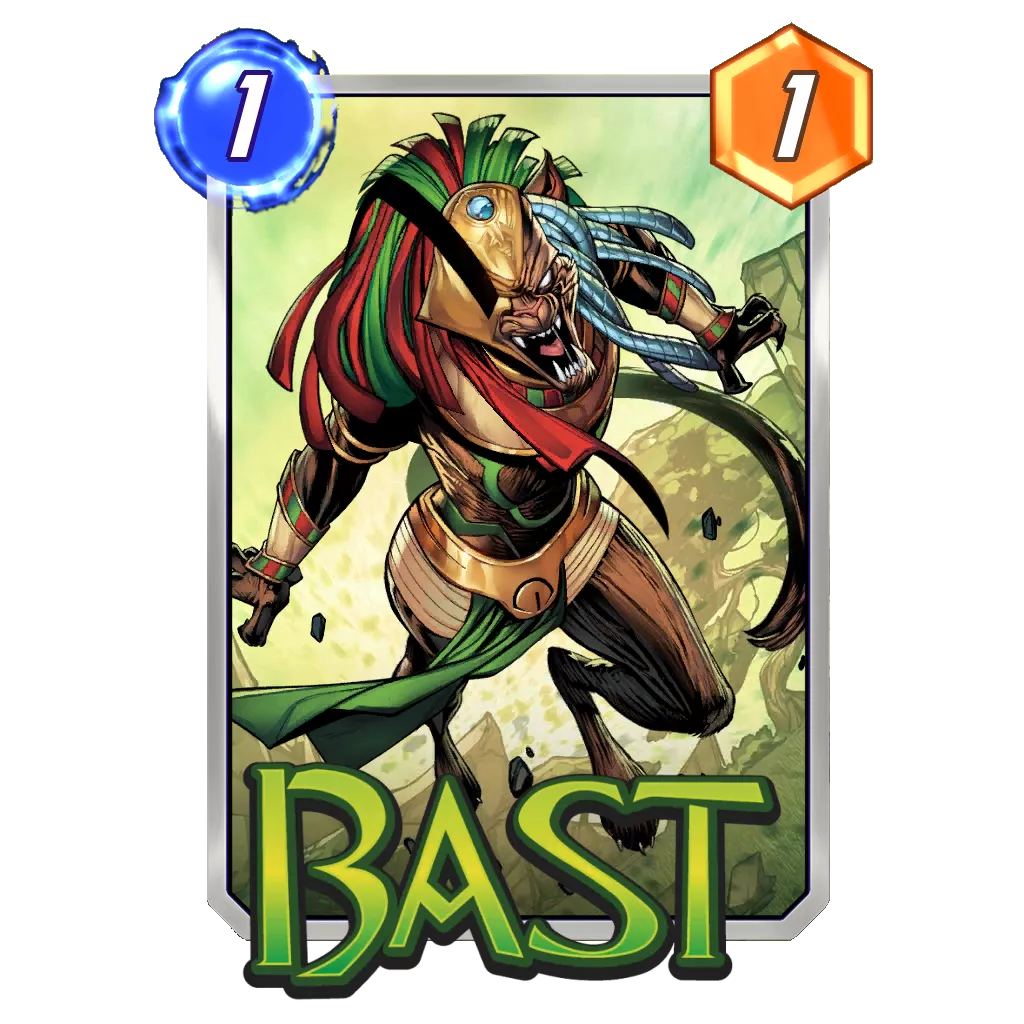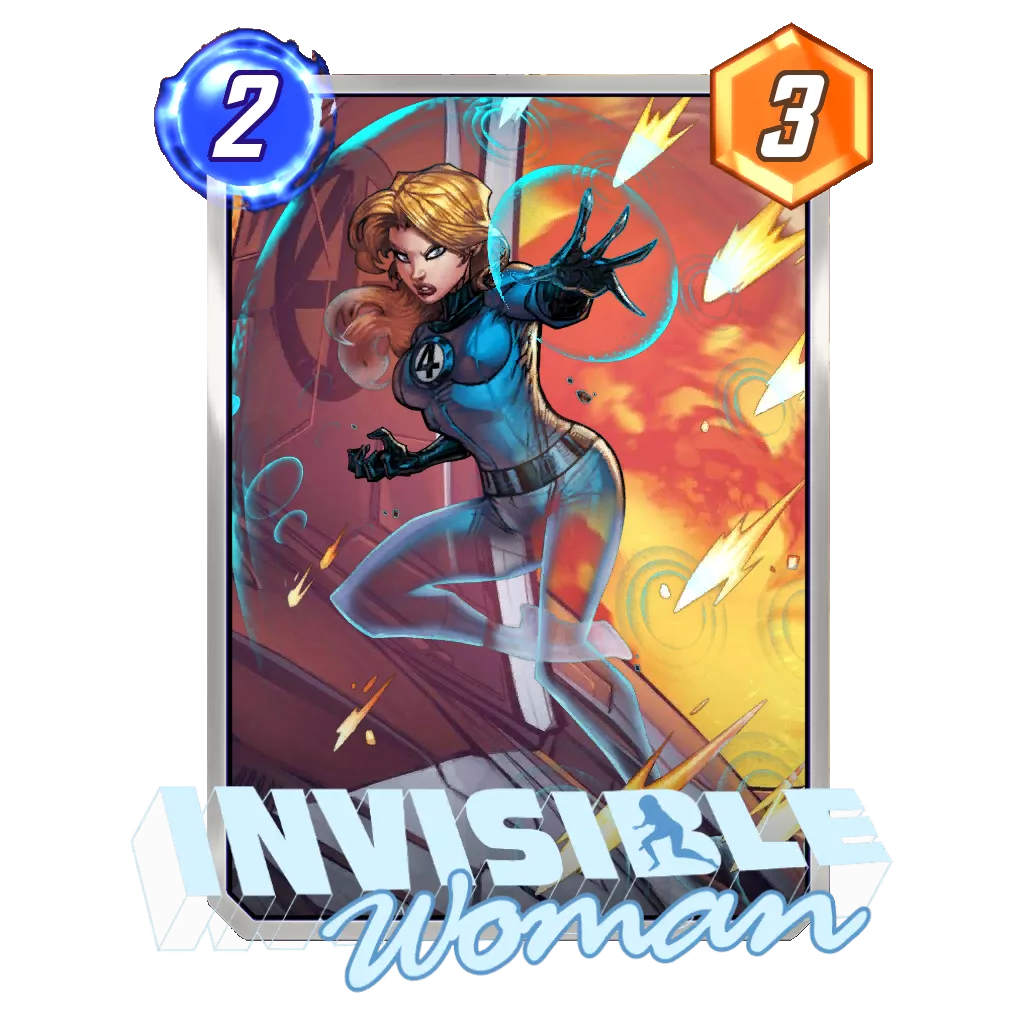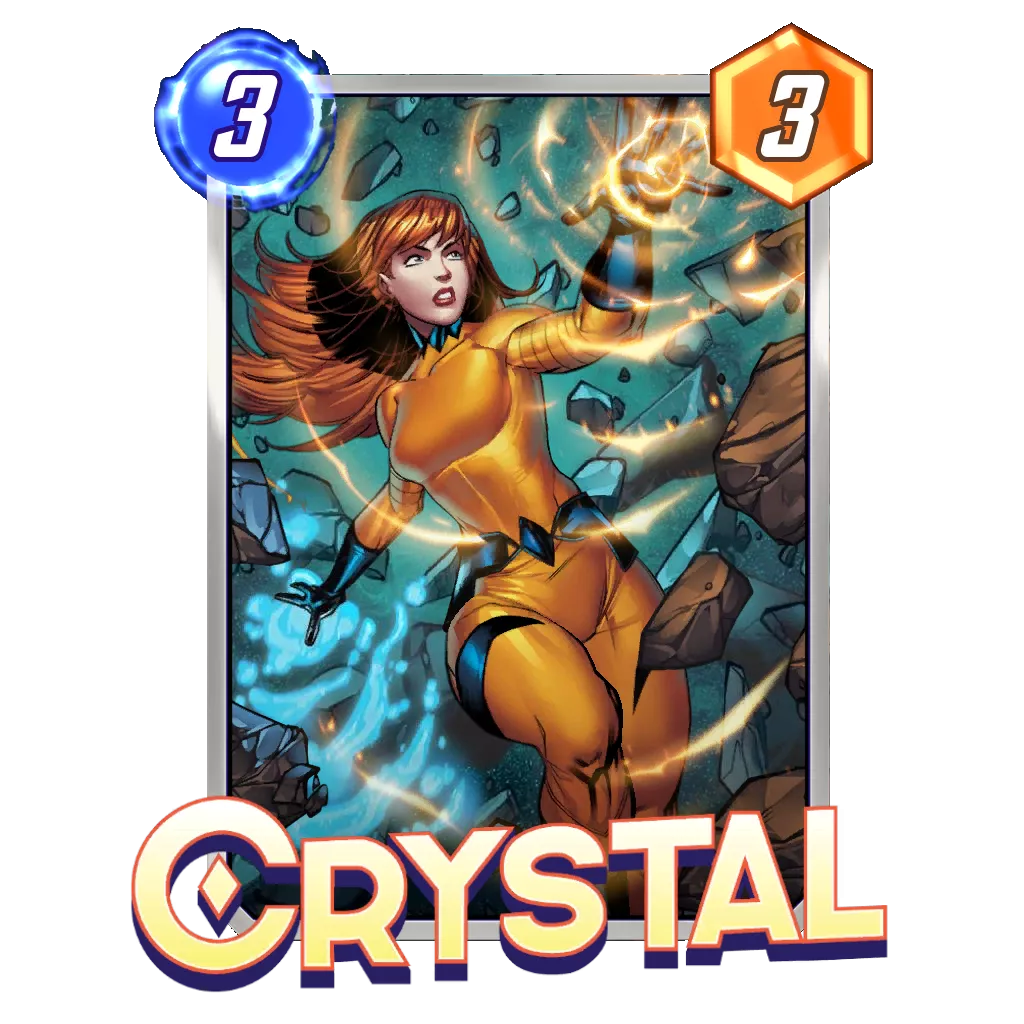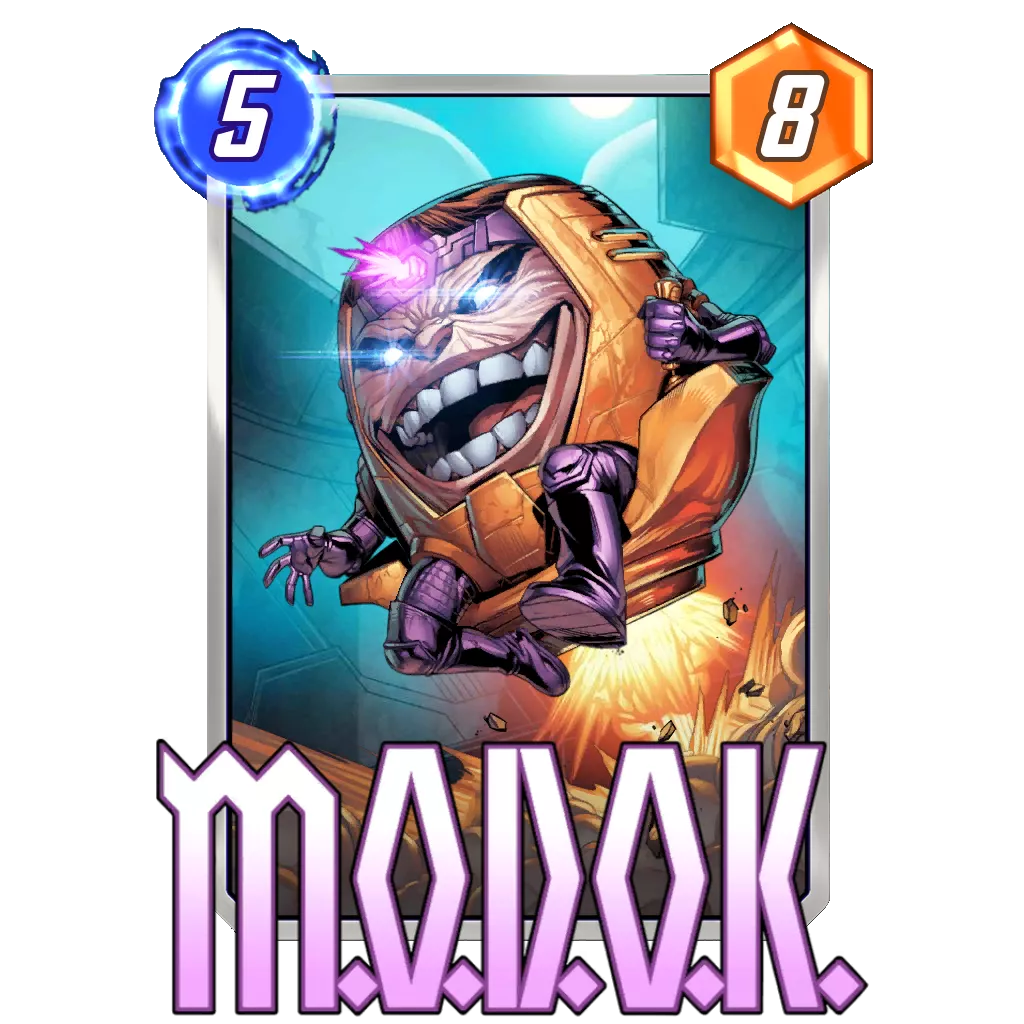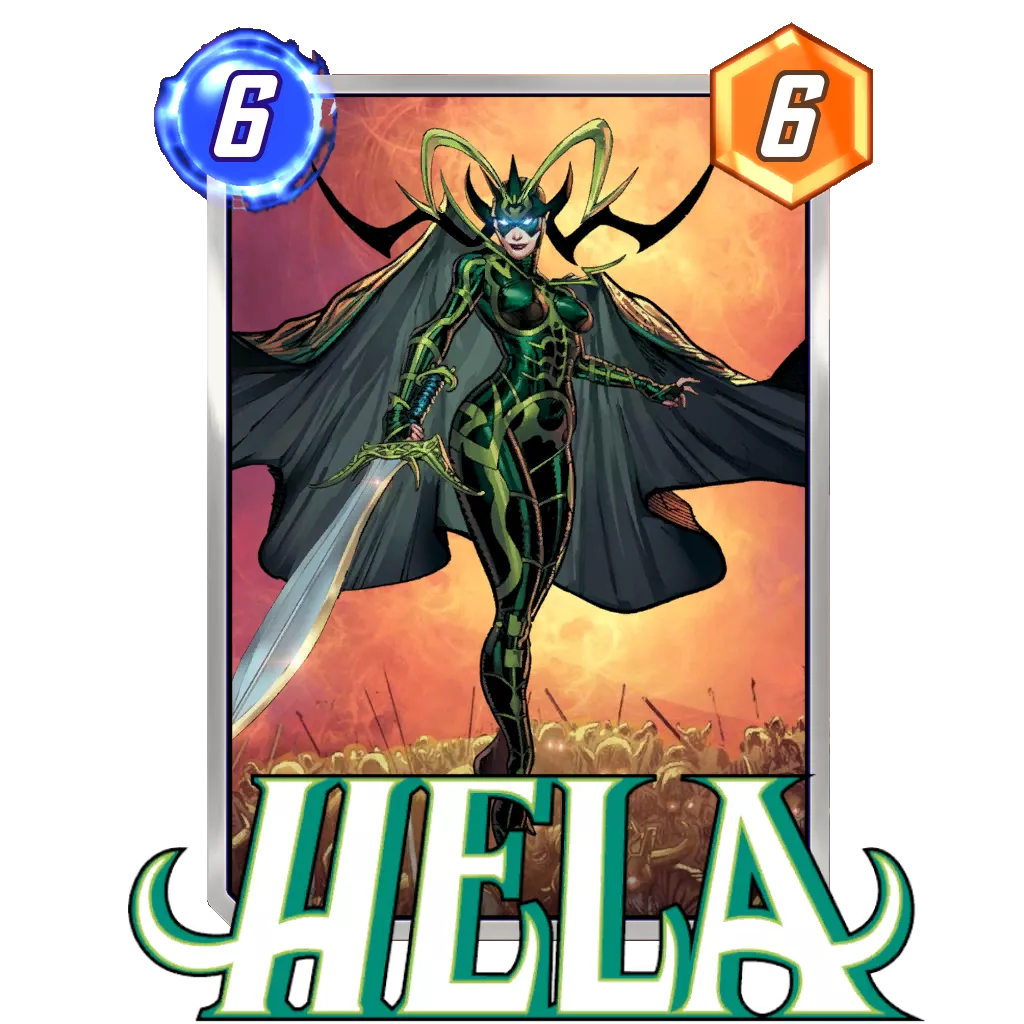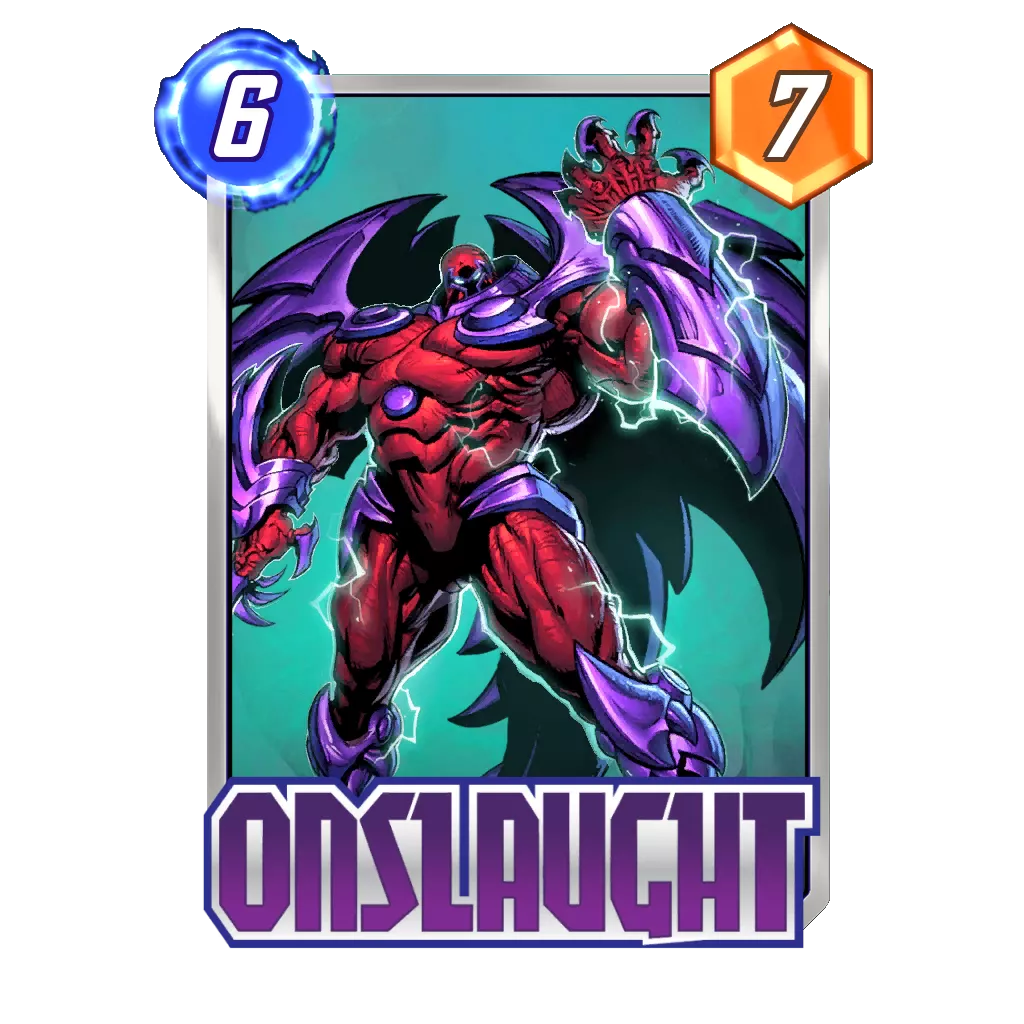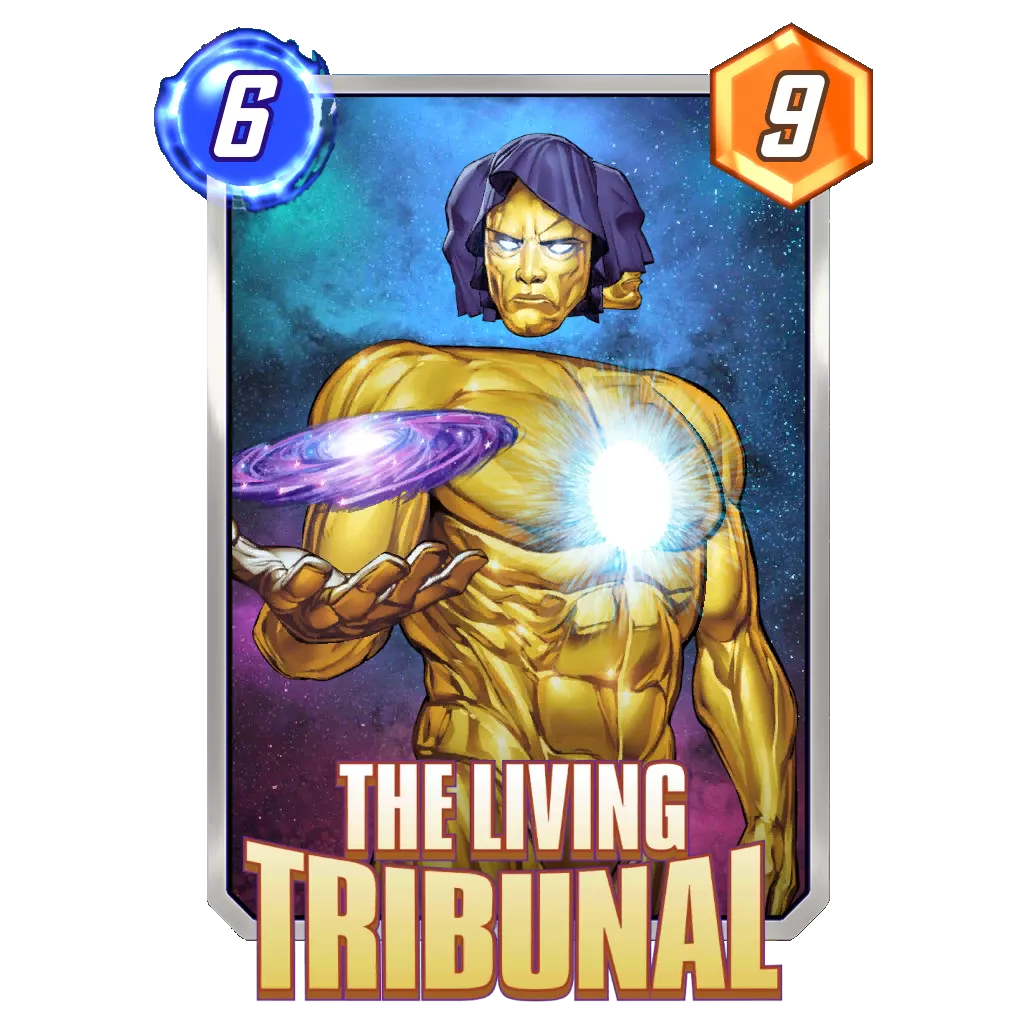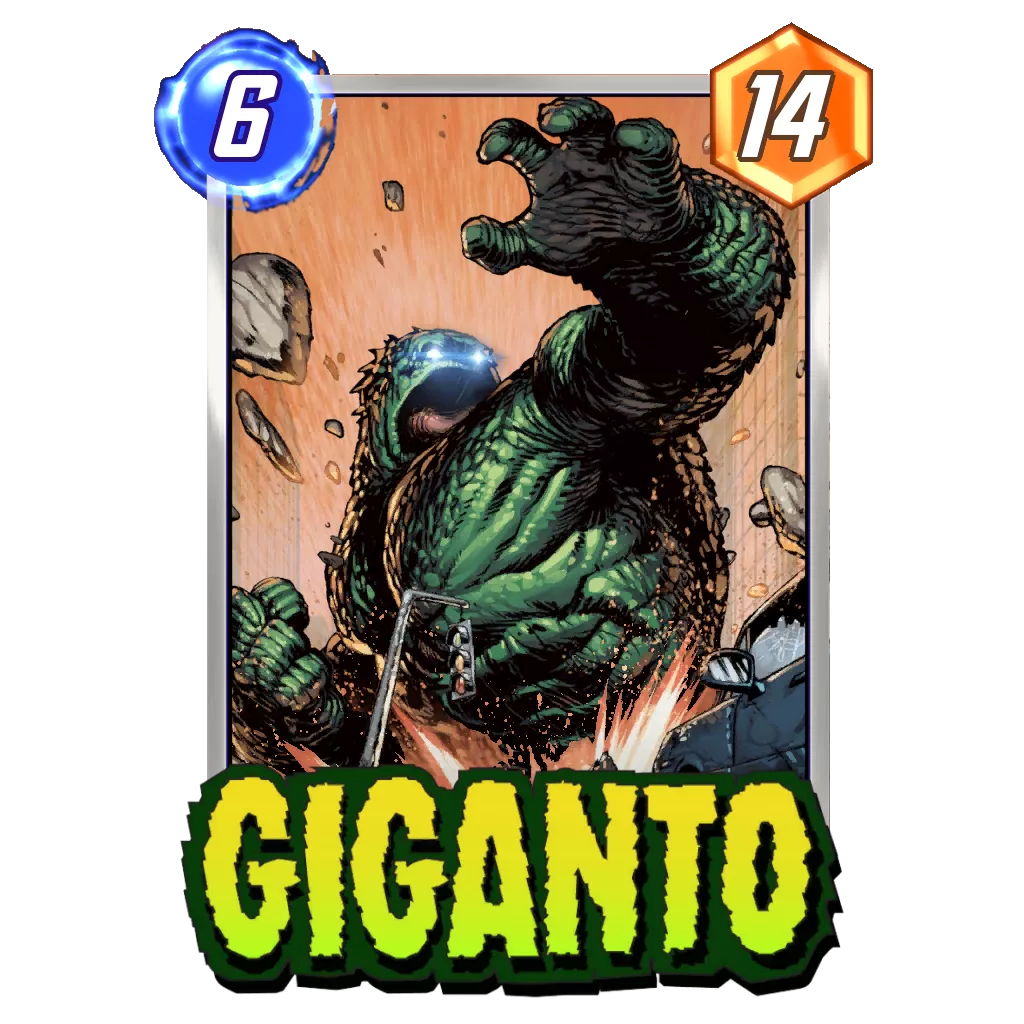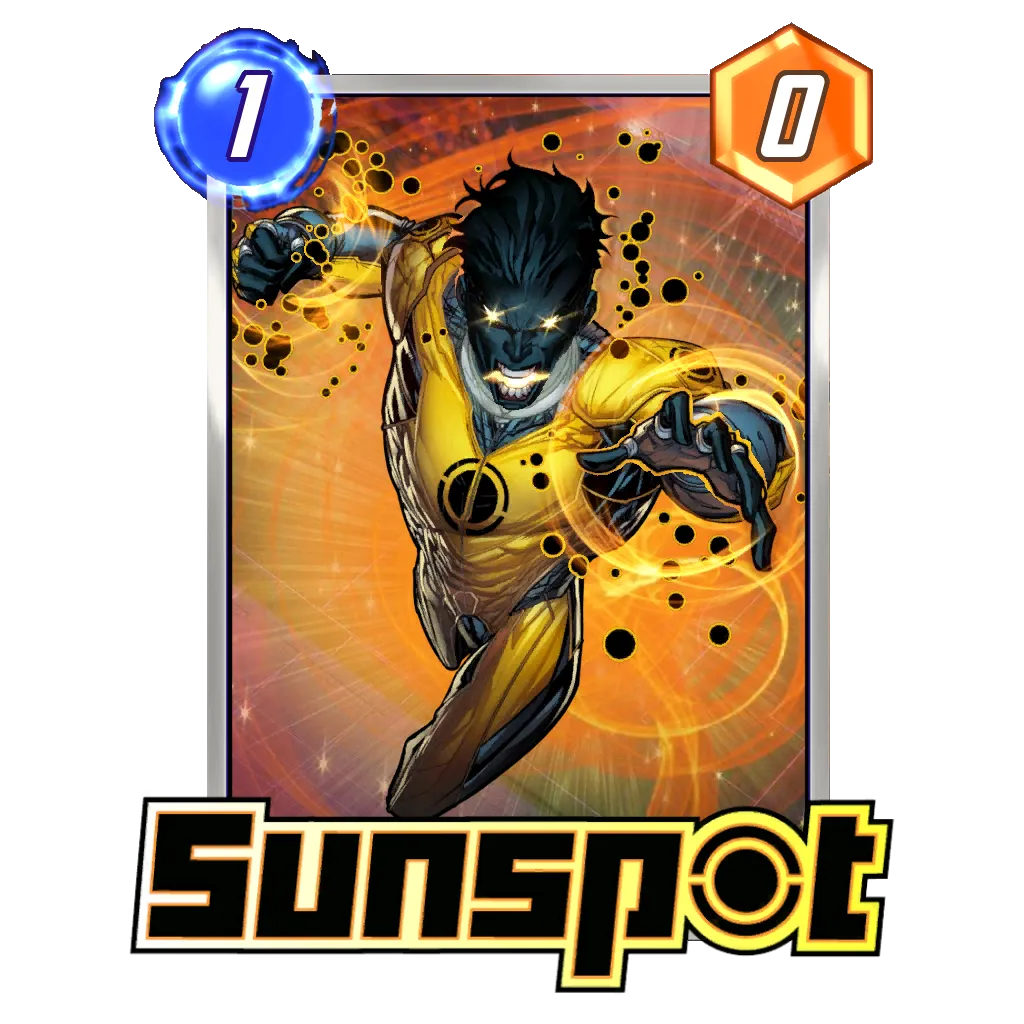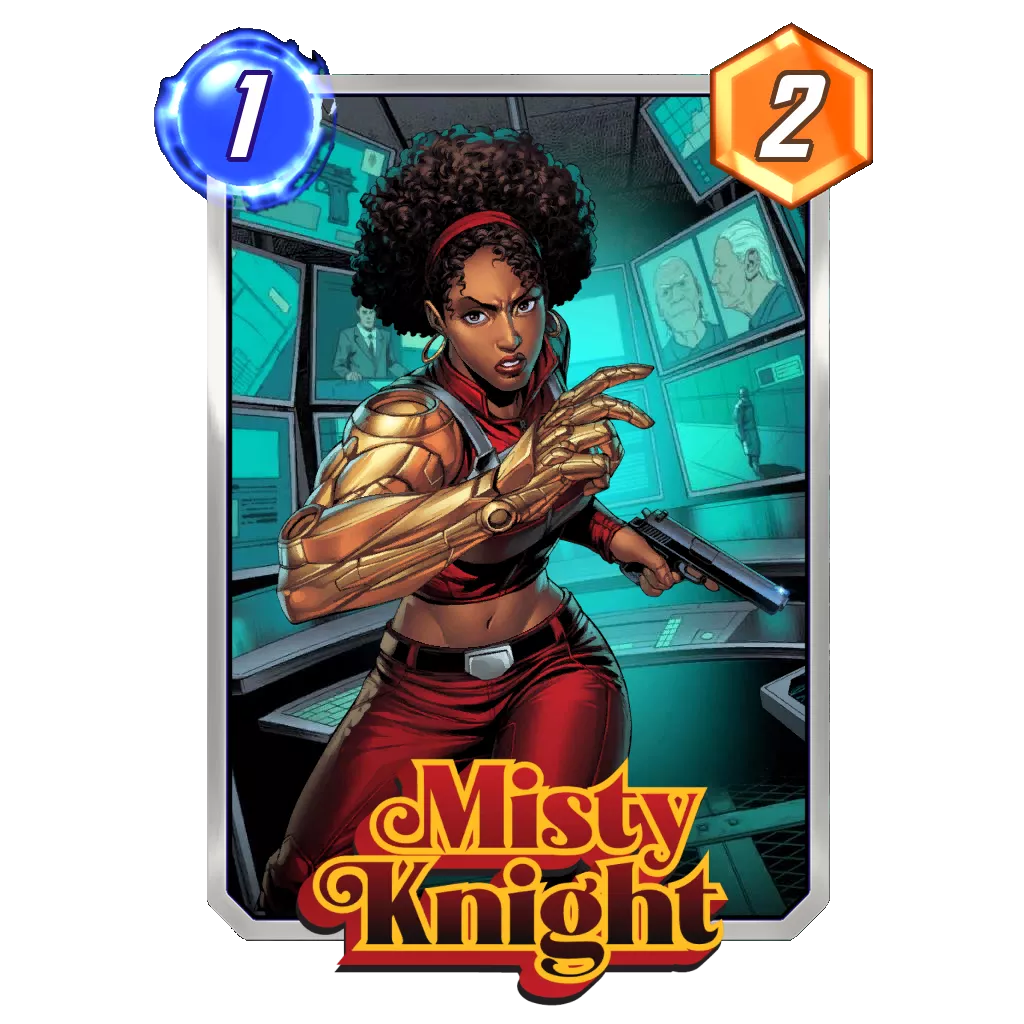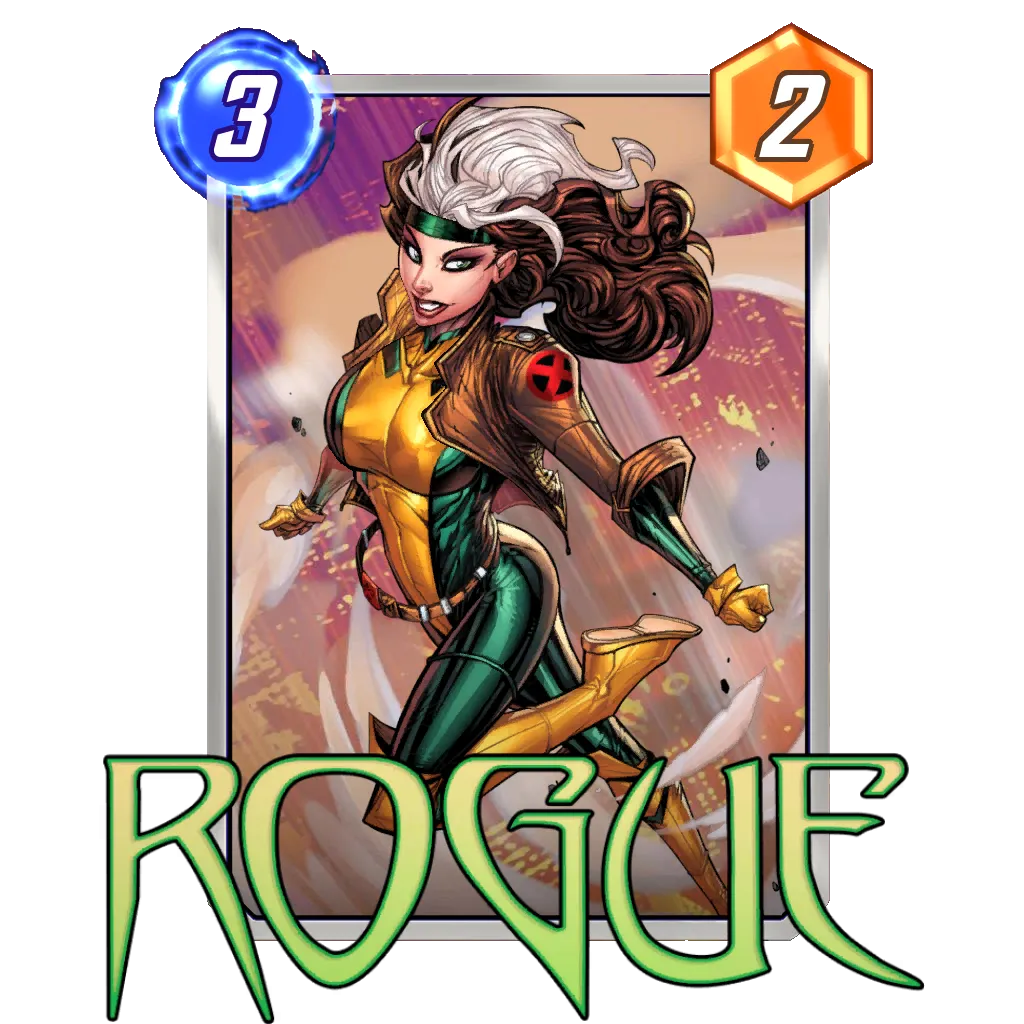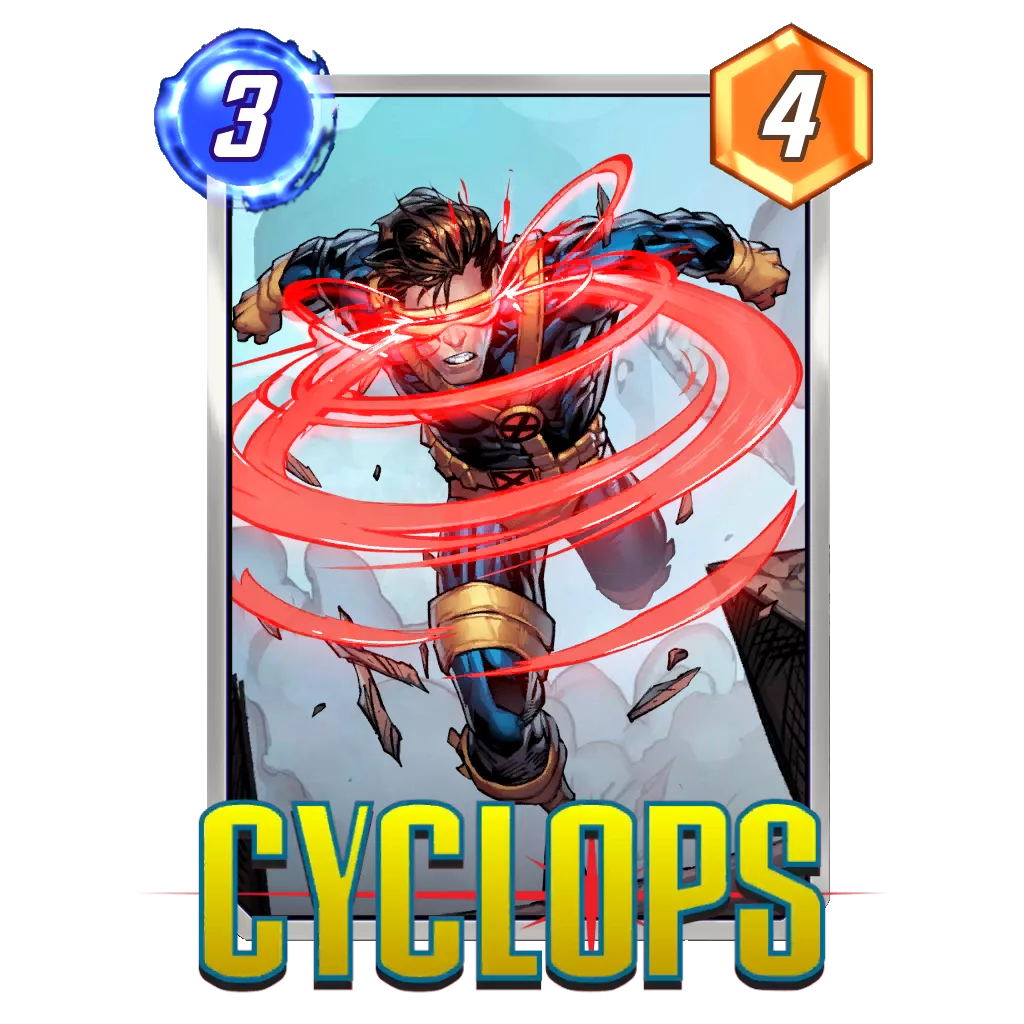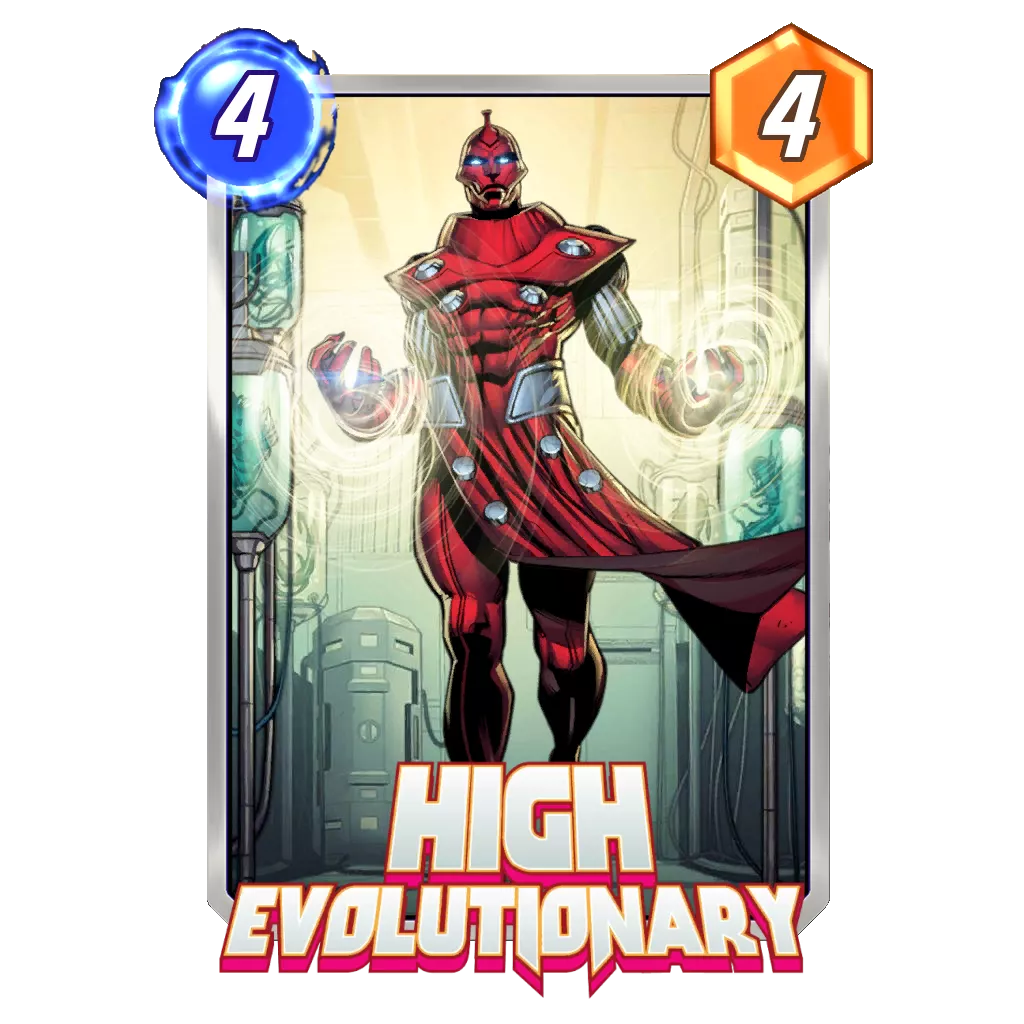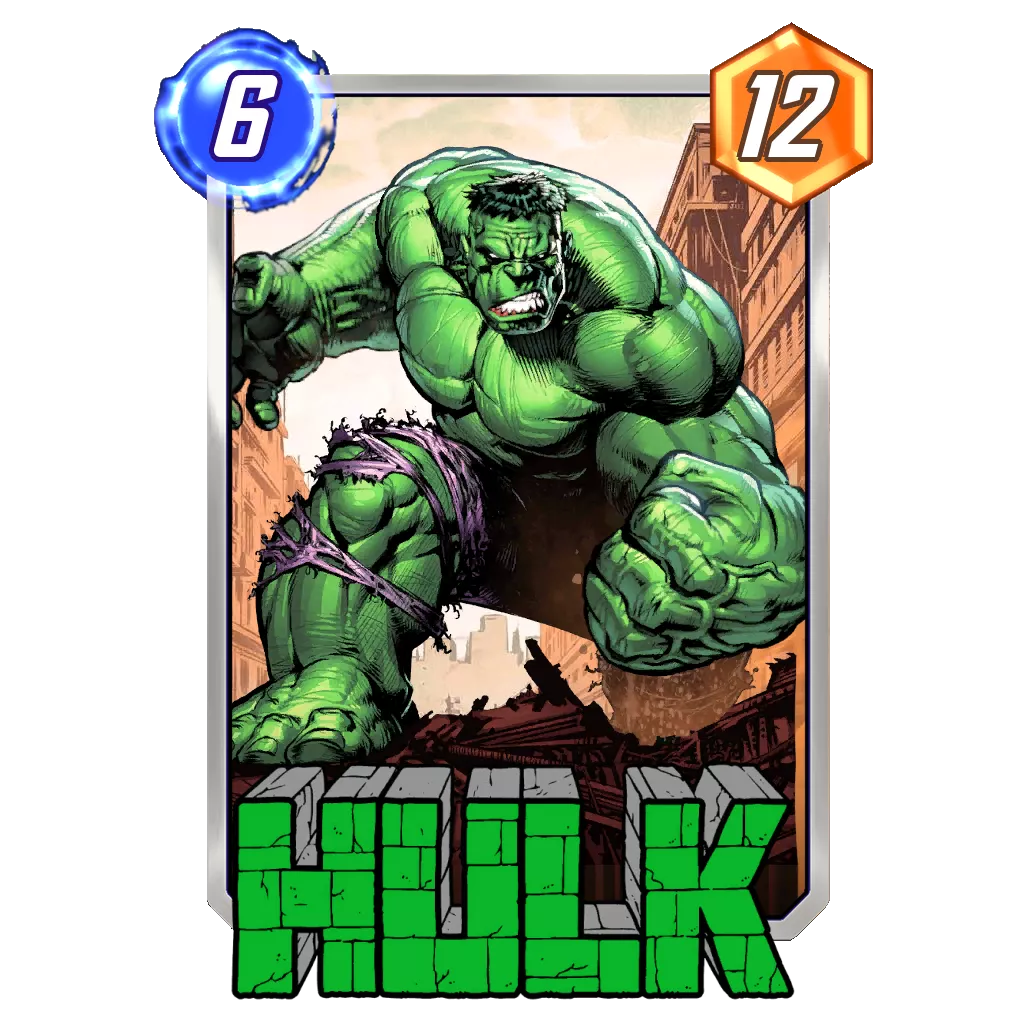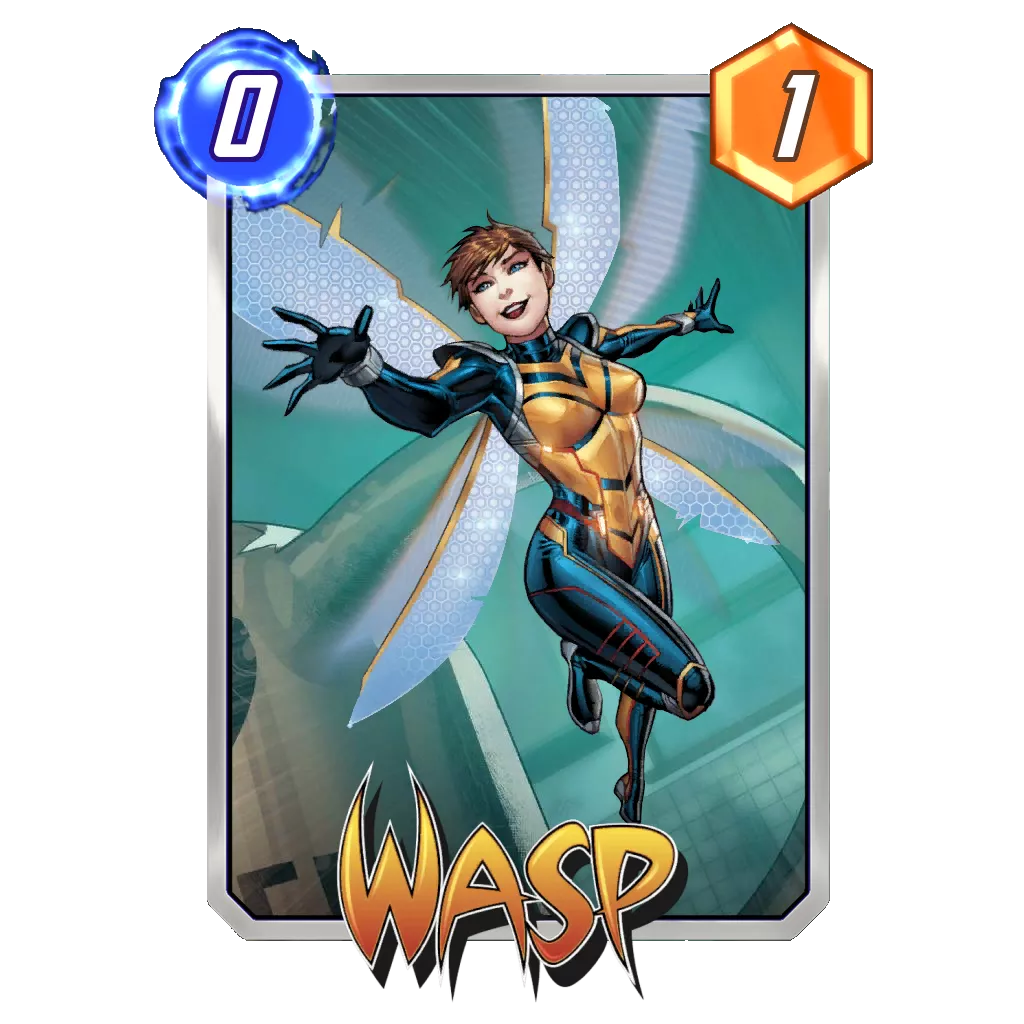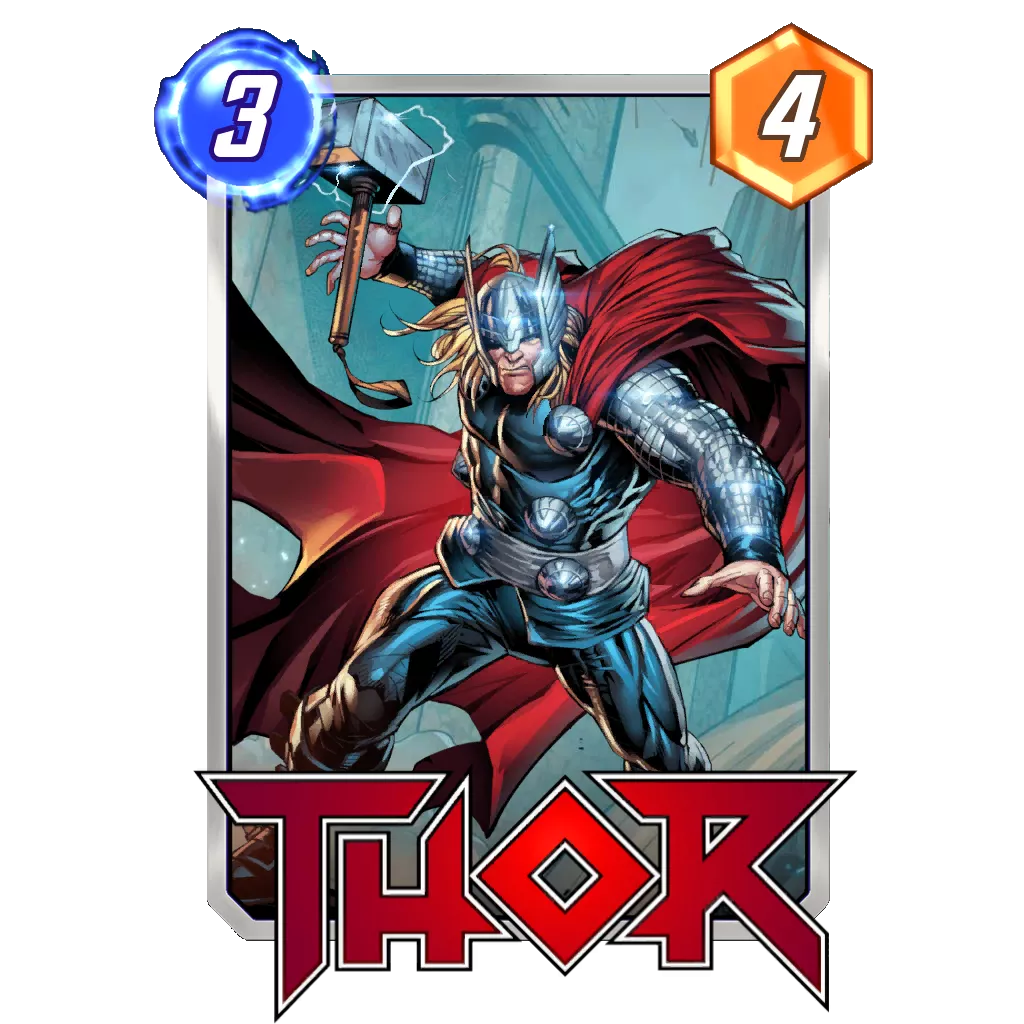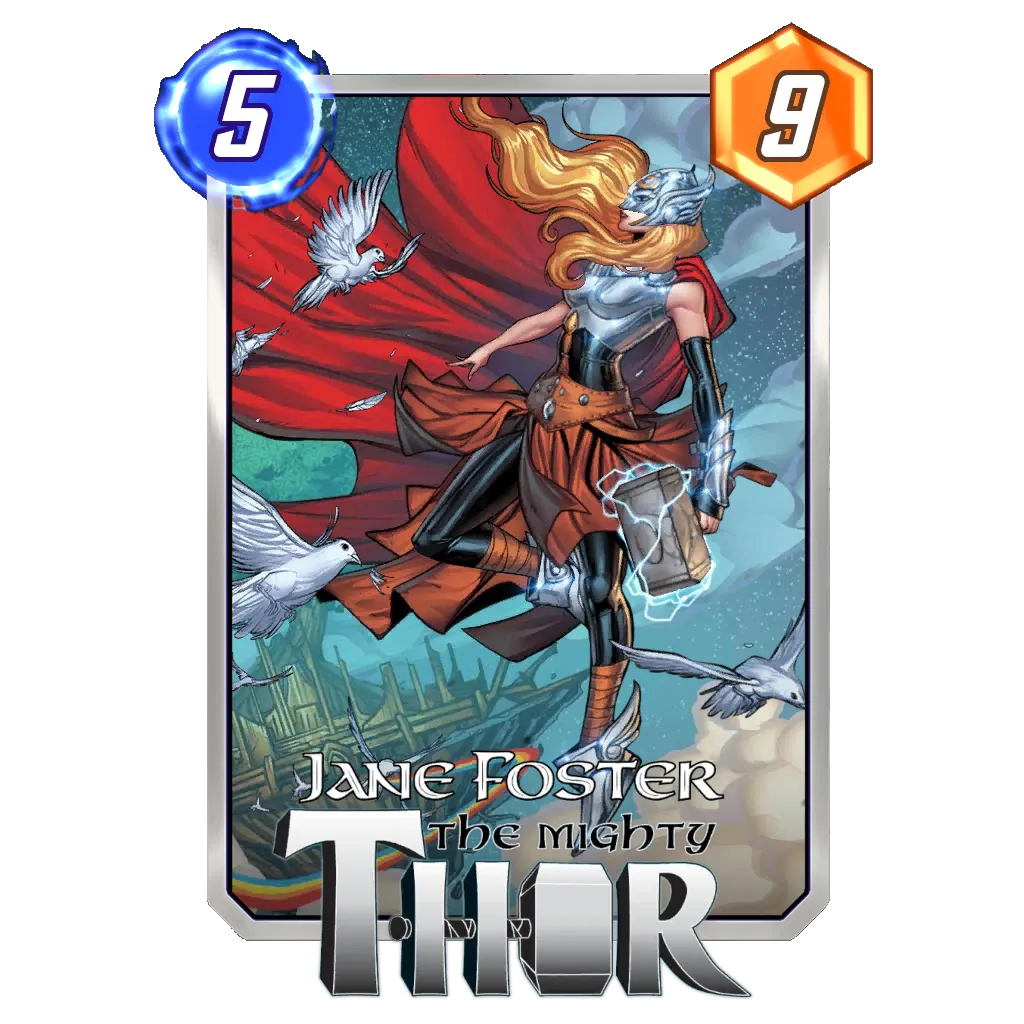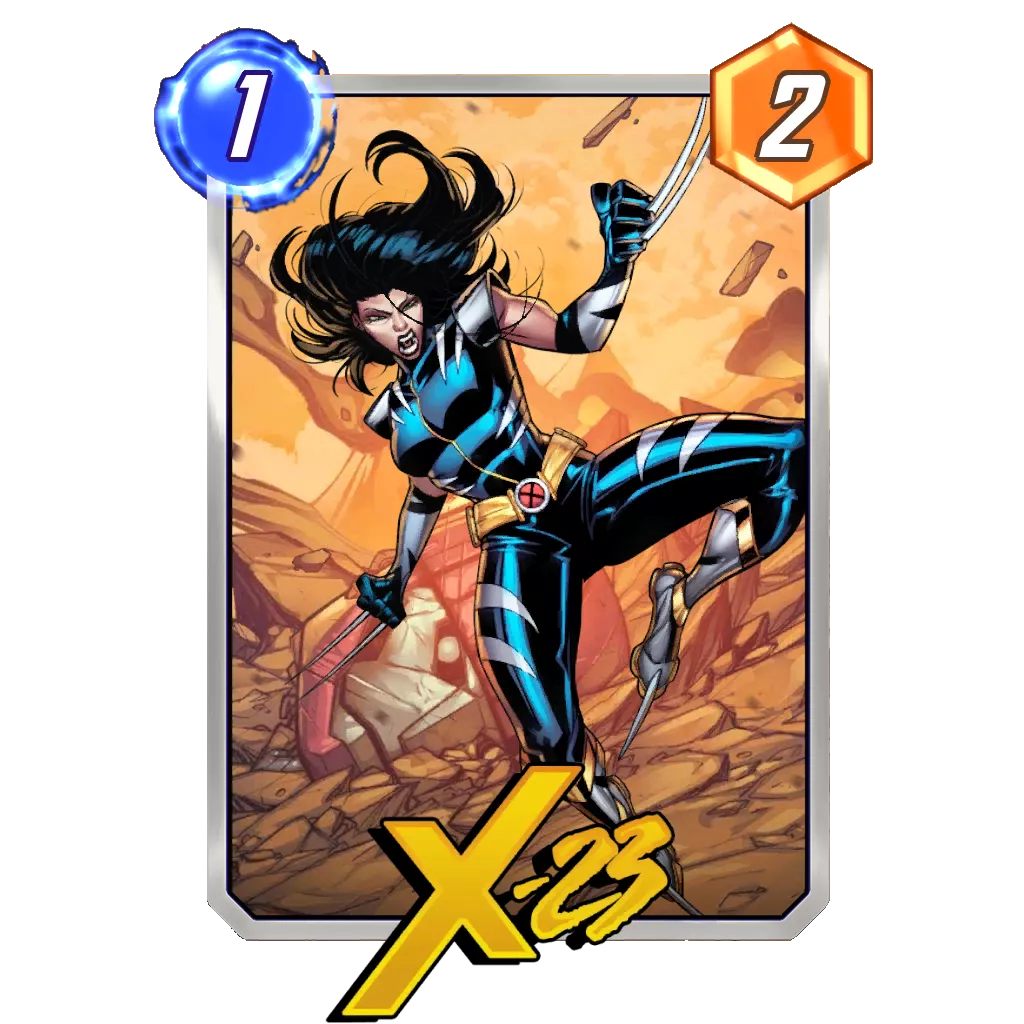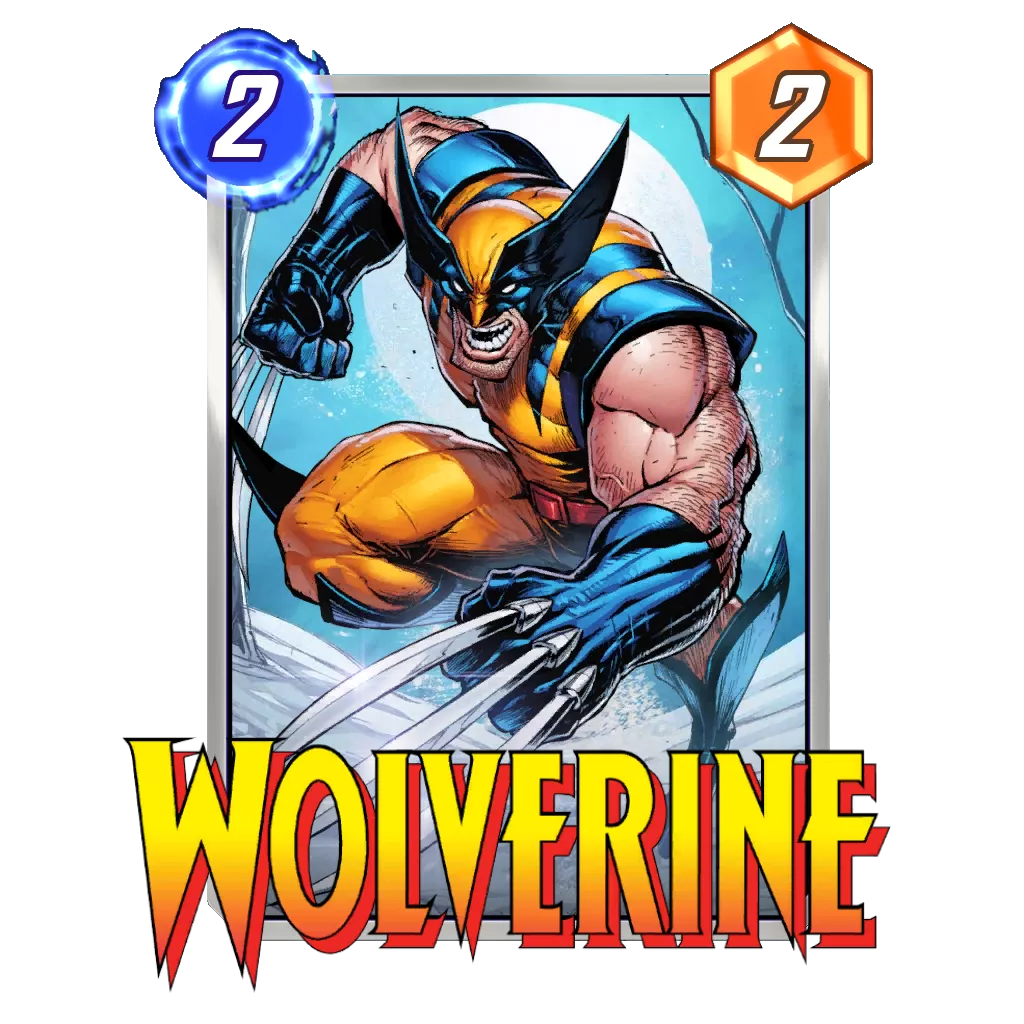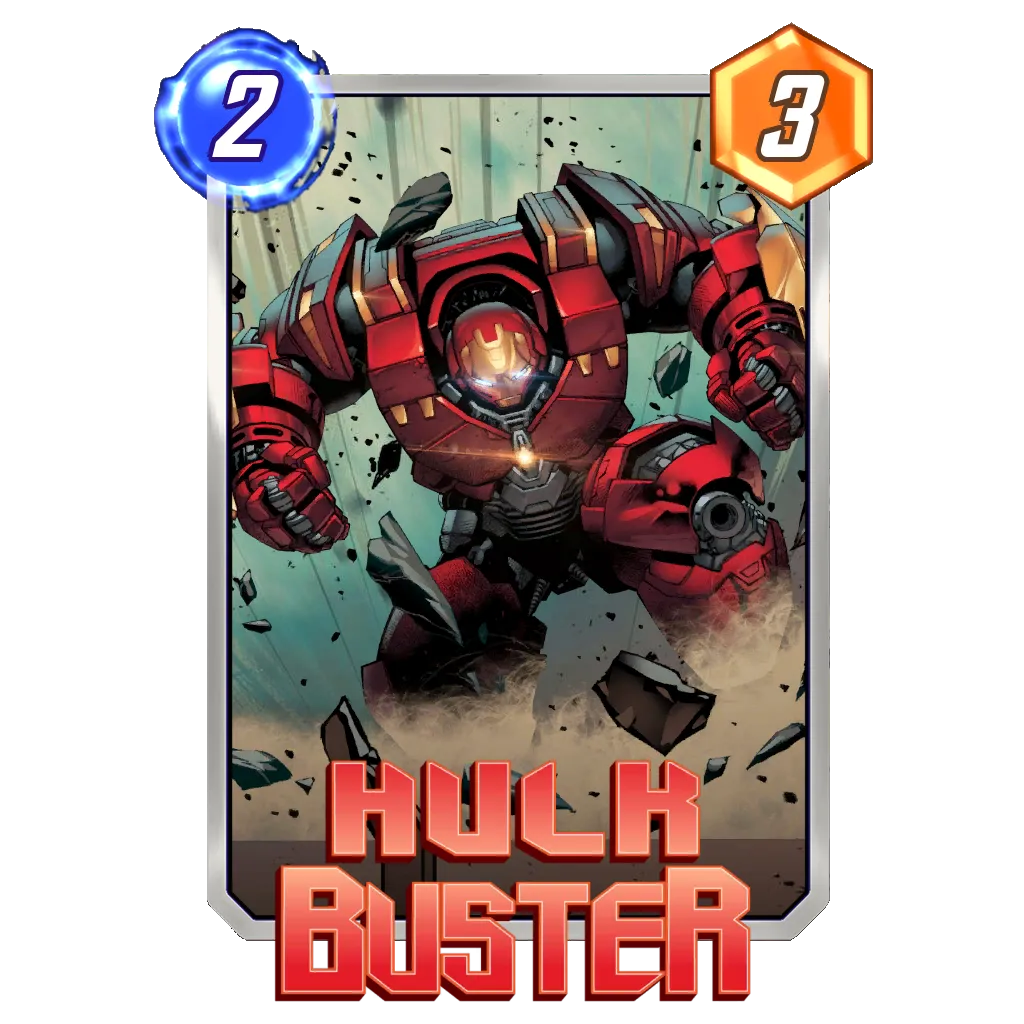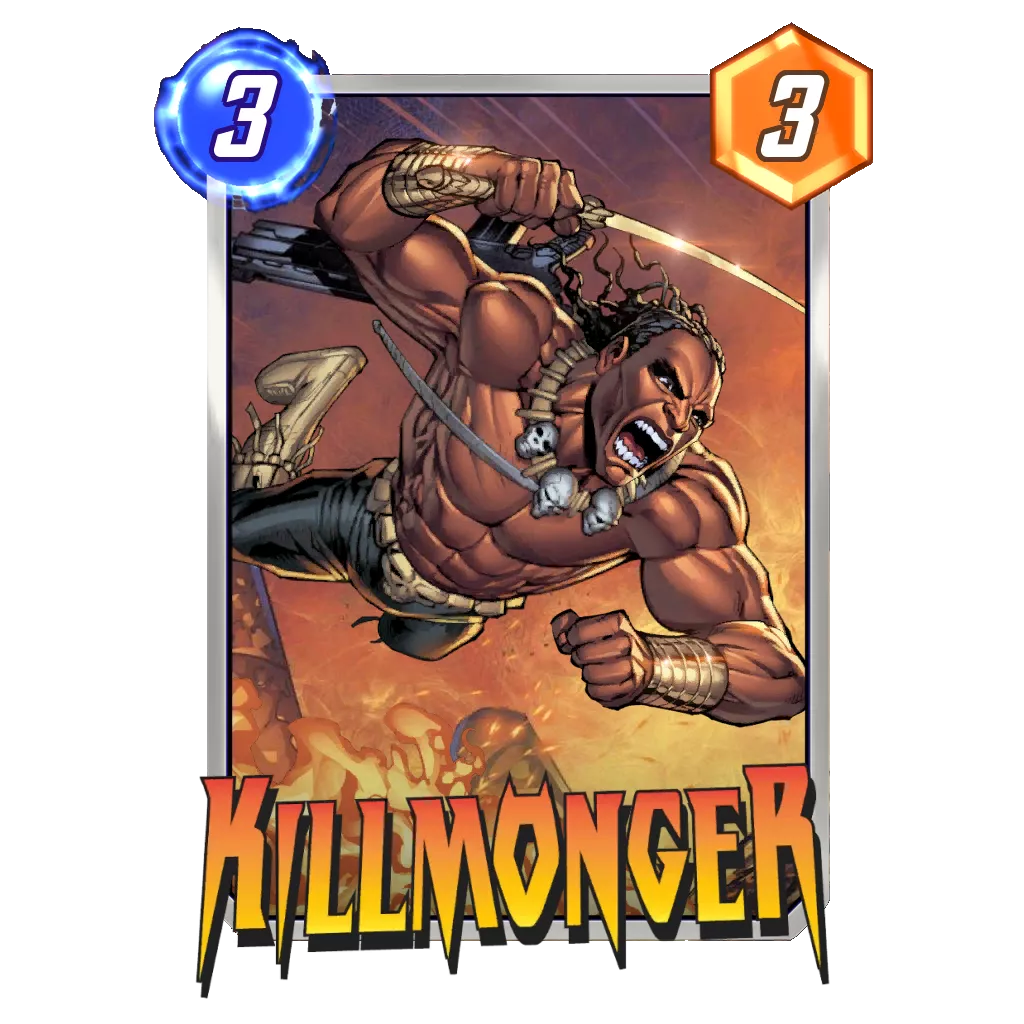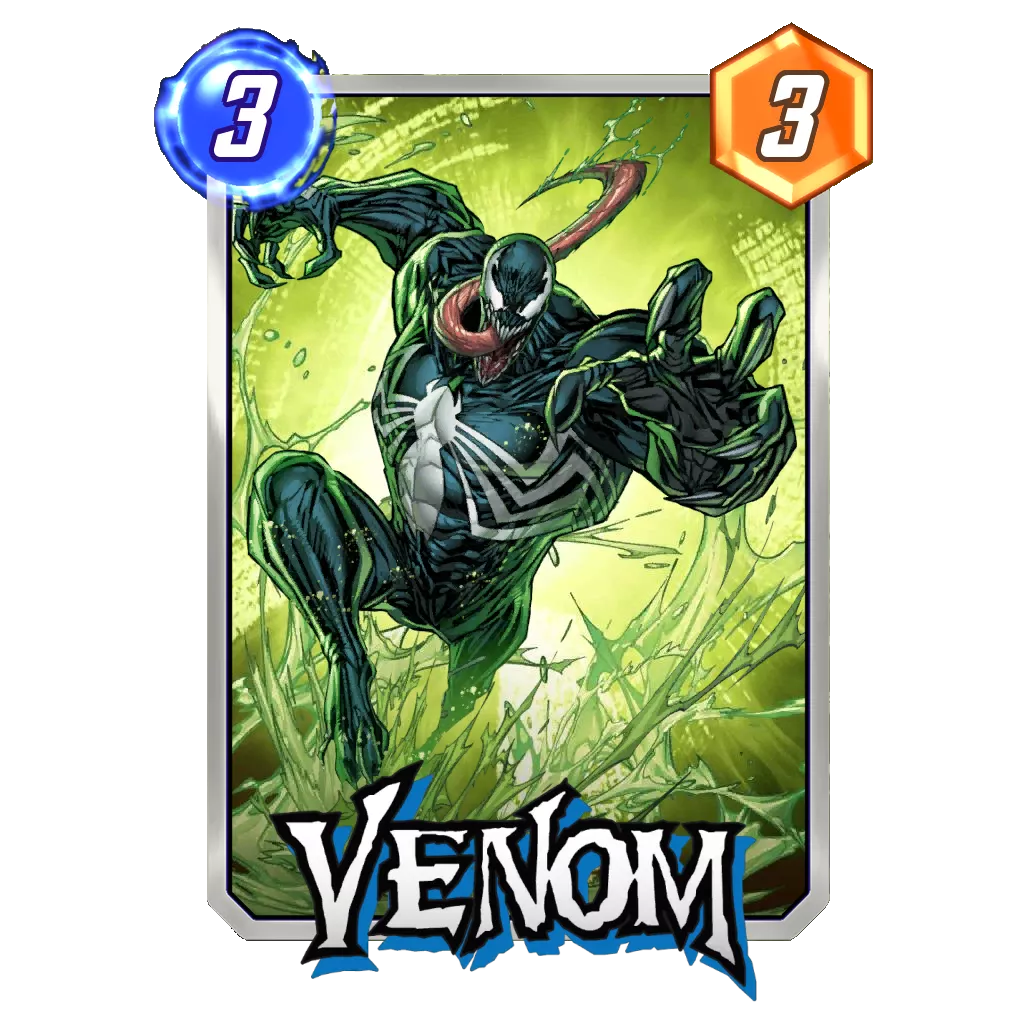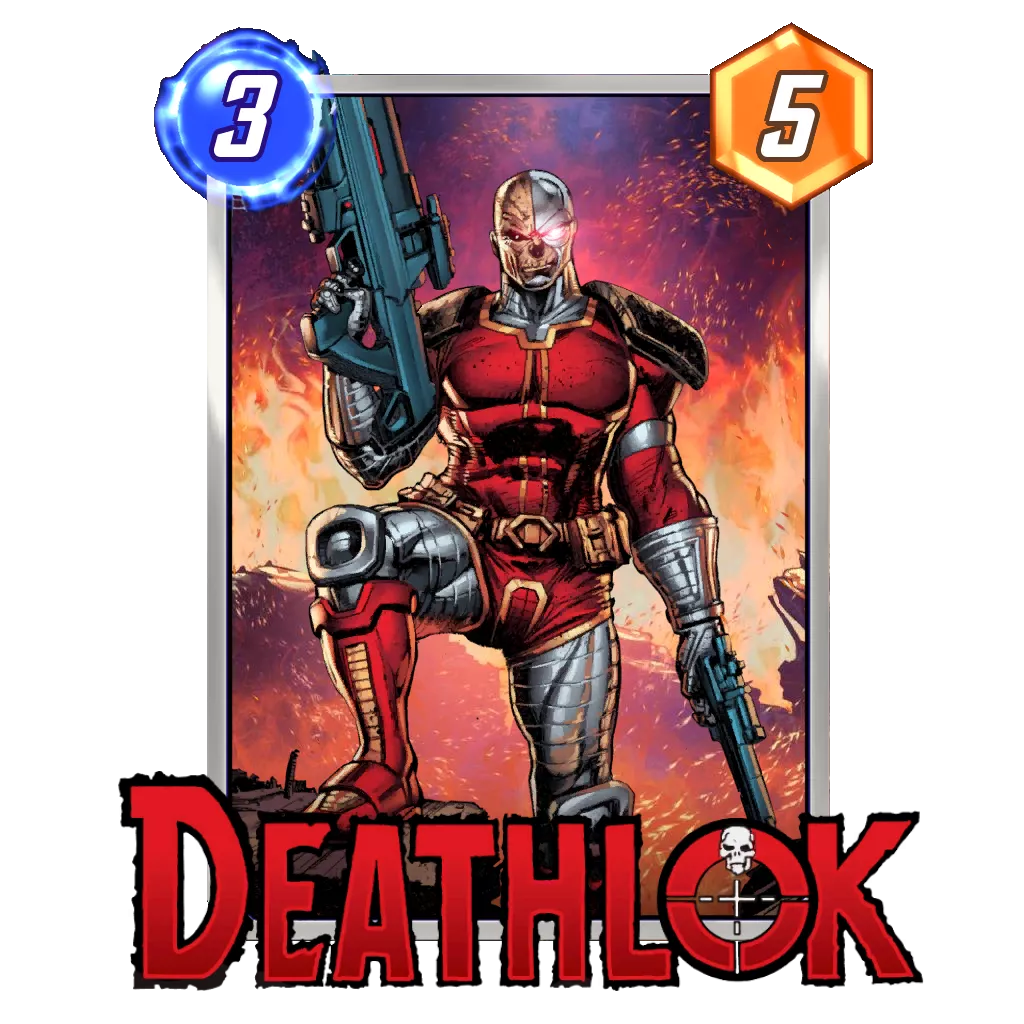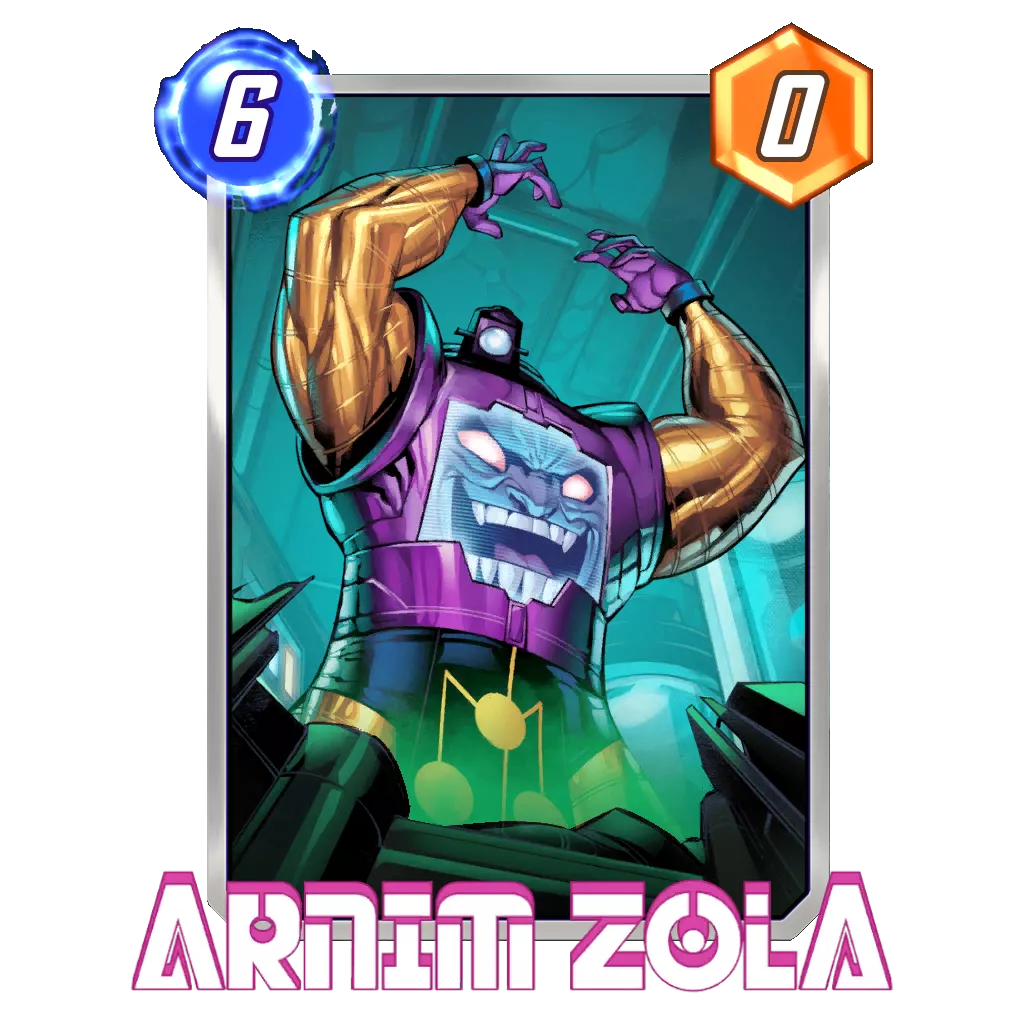Table of Contents
Welcome to our Marvel Snap Meta Tier List for the Ranked Ladder mode! Each week, we review the best decks in the ever-changing Marvel Snap metagame. Then we bring you the decklists, and we provide an in-depth report about them. This report contains information like how their ranks are justified, how to play the decks, and how to build the deck with alternate cards to accommodate different collections.
Marvel Snap Ranked Meta Overview
From my personal point of view, I was ready to talk about a very similar environment where Elsa Bloodstone managed to sneak a few archetypes into a metagame that was otherwise the same as September. To a point, this is true; we still have Move, Ramp, Shuri Sauron, Loki Collector, and Iron Patriot among the top ranked decks in the game.
There were also a few surprises waiting in the data I had available this week. Indeed, both Thanos and Sera Control found their way into Tier 1, showing that reactive decks have more room to exist now than they did in the previous weeks. A few reasons might explain this change of scenery. First, Elsa Bloodstone has pushed archetypes such as Bounce, which focus much more on their own potential rather than disrupting the opponent. Move has followed the same path by building around Kitty Pryde and Angela, and even including Captain Marvel and other such tools. In that context, disruptive decks had to worry less about Alioth ruining their day, or cards like Cosmo stopping their counter cards.
Second, Evolved DoomWave has taken a significant dip after hanging on for the first two weeks post-Mobius M. Mobius. This week, the deck has dropped all the way to Tier 3, which shows Wave isn’t such a viable strategy anymore (at least, not when you use the card to lock your opponent out of options). With more freedom to build their game plan, both Thanos and Sera seem to have found very effective lists. They each posted a Cube Average around 0.6 with their best performing lists.
It might not be much; the bulk of your games should remain against the same archetypes you used to. Nevertheless, seeing those little changes, alongside some new Silent Performer in Cerebro 3 and Nimrod Destroyer (which features Galactus by the way!) shows that something is happening in the metagame.
Let’s take a look at some of these new twists and see if we can gain an edge over the competition.
Happy Tier List, everyone!
Marvel Snap Ranked Meta Tier List
| Tier | Deck | Guide |
|---|---|---|
| Silent Performer | Cerebro 3 | Guide |
| Silent Performer | Nimrod Destroyer | Guide |
| Silent Performer | Phoenix Force | Guide |
| Tier 1 | Move 🆕 | Guide |
| Tier 1 | Ramp 🔼 | Guide |
| Tier 1 | Thanos Control 🔼 | Guide |
| Tier 1 | Sera Control | Guide |
| Tier 1 | Shuri Sauron | Guide |
| Tier 1 | Loki Collector 🔼 | Guide 🆕 |
| Tier 2 | Iron Patriot 🔽 | Guide |
| Tier 2 | Bounce | Guide 🆕 |
| Tier 2 | Hela Tribunal 🔼 | Guide |
| Tier 3 | Evolved DoomWave 🔽 | Guide 🆕 |
| Tier 3 | Thor Miracle 🆕 | |
| Tier 3 | Deadpool Destroy | Guide |
| Budget | Ongoing Kazoo | Guide |
| Budget | Devil Dinosaur Destroy | |
| Budget | Swarm Discard Aggro | |
| Budget | Ongoing Two Locations | |
| Budget | On Reveal Control | Guide |
| Budget | Big Cards |
Disclaimer and Tier Explanations
In order to be featured here, a deck needs to represent at least 1% of the current environment and have a positive cube average using data from our Marvel Snap Tracker. If a deck showed great performances with a very limited presence in the metagame, you can find it in the Silent Performers section. There, I will highlight decks with an excellent Cube Ratio but too little of a sample size to be representative of their real strength.
Decks not good enough to be considered contenders but with a good representation will be ranked in Tier 3 or 4 in our chart, and they won’t have their own dedicated write up here (but they may be transferred to the main Tier List section). See those builds as decks that are good to know about, as you should face them when playing Marvel Snap. However, unless the metagame changes or a new variation of the build emerges, these decks are a notch below the dominant ones in Tiers 1 and 2.
Silent Performer: Decks with a very little presence in the metagame that still showcase a Cube Average and Win Rate worthy of a Tier 2 deck (or better). Often times, these can be archetypes with some nice game play that have been left unchecked in the current environment, or decks on the rise that found a few good match ups to abuse.
Tier 1: Tier 1 represents decks with all the upsides we would be looking for to rack up Cubes. They have good match ups in the current metagame, offer different play patterns during a match, and often have the ability for explosive or surprising turns. These should be decks worth investing into in order to climb for the coming week.
Cube Average > 0.5
Tier 2: Tier 2 are very good decks but with a weakness holding them back – either not being as reliable in its draws as Tier 1 decks, countered by another popular deck, or still being a work in progress as you read this. A good pilot could probably take these and have the same results as with a Tier 1 deck, but their play patterns are more difficult to enact compared to the tier above.
Cube Average > 0.35
Tier 3: This tier is made of decks that have a pervasive issue compared to Tier 1 or Tier 2 decks. Usually, Tier 3 will be a mix of decks on the rise that don’t have much data, old archetypes on the decline, decks that require substantial experience and/or knowledge to pilot properly, powerful decks that aren’t well positioned, or niche decks.
Cube Average > 0.20
Tier 4: Off-meta decks that have fallen off in recent times, or counter picks that rely on specific match ups to stay afloat competitively.
Cube Average > 0.00
Budget: Decks that consist only of cards in Pool 1 and 2 that are still capable of competing with an experienced pilot in a similar Collection Level, Rank, and MMR range. See our matchmaking guide for more details.
Meta stats and analytics directly from our Marvel Snap Tracker can also be found here.
Tier 1
Move
Rank Justification:
Although Elsa Bloodstone is a no-brainer in the Move archetype, the builds without Kitty Pryde have been doing much better this week. For comparison, this list posted an almost 0.7 Cube Average, while the best Kitty Pryde Move listed couldn’t crack the 0.5 threshold to deserve a Tier 1 placement.
As such, it feels like Move does much better when played on curve. It makes good use of cards like Legion and Iron Lad with powerful abilities rather than a more flexible energy spread in the deck.
Indeed, all the flexibility needed already exists in the deck through the ability to reposition cards in order to control priority or adapt to the opponent’s plays.
The archetype isn’t dominating by a large margin, but without any clear counter to it, Move should give you every opportunity to grind cubes if you are smart with your Snaps and Retreats.
How to Play:
Move is looking to create points through the Move synergy during the first five turns before landing a clean Alioth or Doctor Doom on the last turn.
Kraven (and also Angela if you run the card) will serve as a lane anchor by growing anywhere from six to ten power over the course of the match. Then, the deck can count on Silk, Spider-Man, and Miles Morales to add solid points for cheap in order to take the lead going into Turn 6.
Apart from Silk dictating where you want to play, the deck aims to be as flexible as possible. In an ideal scenario, you want to start focusing on priority around Turn 3 or Turn 4. This will largely impact where you place your cards during the mid-game. But, because you are a Move deck, you will change that setup on Turn 6 to contest the lanes you really covet.
Then, cards like Vision, Nightcrawler, and Jeff the Baby Land Shark can be placed solely depending on whether you have Kraven in order to wrestle priority. It might look weird during the match, but once Kraven comes down and you move everything to him (or reposition your cards to take the lead on a lane), Alioth can lock the opponent out of the game and it all starts to make sense.
Potential Additions:
Iron Lad and Angela are great in the deck. They typically replace Legion and either Mobius M. Mobius or one of the 6-Cost cards.
Ramp
Rank Justification:
Since Galactus was nerfed, Ramp has been a little all over the place while it tries to find a way to stay relevant in the Marvel Snap metagame. With cards like Sandman and Galactus at its disposal to annoy opponents, Ramp has a lot of different lists going around. However, none of the “complicated” synergies seem to do as good as this pretty simple one that looks to curve strong cards into Professor X to set up Alioth or Orka to win another lane.
In my opinion, these kinds of lists are also better when it comes to deciding when to Snap, which is a critical part of achieving a solid Cube Average. Indeed, cards like Sandman will push you to Snap before you play them, as the opponent will usually just leave once they see it and understand they have no chance to win. If, however, the opponent is flexible enough to play through it, which several decks can (Jeff the Baby Land Shark can bypass Sandman, for example), then you just Snapped into your own demise.
With this kind of straight forward list, you should be able to play most games, and only Nebula plus Electro into Professor X really feels like it’s worthy of an early Snap. Otherwise, you can hold off on Snapping and focus on pulling the trigger more flexibly based on different factors in the match.
How to Play:
Ramp decks are looking to gain energy through Electro and dominate the second half of the match on the back of powerful, high-cost cards. In this deck, you have a few two cards combinations that are great for locking out lanes after Electro has sped up the arrival of your expensive cards:
- Nebula and Professor X – By Turn 4, it is early enough to secure Nebula four more points on her lane. The opponent typically won’t have enough points to compete with that, especially if you played a 2-Cost card in addition to Electro on that lane.
- Daredevil and Alioth – With Electro‘s extra energy, you can play Alioth on Turn 5. Thanks to Daredevil‘s intel, you are sure to destroy whatever the opponent does that turn, especially if they play on only one lane.
- Devil Dinosaur and Jeff the Baby Land Shark – Even with Electro‘s Ongoing ability limiting you to one card, you can still play the Shark as your second card in a turn. Then, you can play both of these cards for seven energy on Turn 6.
- Mobius M. Mobius and Wave – If the opponent did not play Mobius on Turn 2, then Wave will reduce your cards on Turn 4 so you can play Doctor Doom or Orka. As for your opponent, only their cheap cards will cost four, and they will almost always have a weaker turn than you do.
Potential Additions:
This Waveless take on the deck is also doing pretty well in the current metagame.
Thanos Control
Rank Justification:
This is one of the few decks that’s using Elsa Bloodstone just because it is a strong standalone card rather than because it pushes highly synergistic play patterns. In a deck with the Infinity Stones, you will often fill at least two lanes, sometimes all three. This makes Elsa a [2/8] or [2/11], which is more than enough to make the card a worth it.
Thanos Control made a quiet return last week. It looks ready to burst onto the scene now, with Johnson, a Korean player, pushing this build to be popular. So far, the reports have been great.
Leader might seem weird in the deck, but it represents a great way to counter Alioth right now, which is an important part of how Thanos Control can win the second lane. Priority can be difficult to wrestle from proactive decks like Iron Patriot and Move.
How to Play:
Thanos Control aims at quickly getting set on a lane through Professor X locking it in your favor, or by building points as flexibility as possible and only committing late in the game.
In that first scenario, you will leverage the Infinity Stones in order to build points, seize priority, and, ideally, get an extra energy going into Turn 4. Then, Professor X can come in to lock the lane and ensure you win it. Even if there is always a risk to an early Professor X, the deck is also running Jeff the Baby Land Shark and Blue Marvel in order to help that lane later on, if needed.
Once in control of the first lane, the deck will turn to Devil Dinosaur, Alioth, and other high potential cards to secure the second one.
The other route Thanos Control can take is playing a very flexible game. Focus on Vision and Blue Marvel to spread your power across the various lanes with the Infinity Stones. This approach will usually be more careful since you’re focused on gathering information about your opponent. Here, the goal will be to seize priority so Alioth can win the game on Turn 6, or use Leader to counter an opposing Alioth.
Potential Additions:
Alioth has pushed cards like Armor and Cosmo out of the deck. Klaw is a consideration if you think Devil Dinosaur isn’t big enough on average.
Sera Control
Rank Justification:
After it made a comeback quickly after Mobius M. Mobius was released, Sera vanished just as fast and was nowhere to be seen over the last week. However, I guess players figured out the deck would likely be pretty strong if other explosive decks were also doing well. In the end, you could look at this deck like a Bounce deck with Shadow King and Shang-Chi included instead of Beast and Falcon.
It leads to a lower points potential, but it has the ability to deny the opponent’s progress as an alternate game plan. Considering Angela and Kitty Pryde are routinely reaching double digits numbers since Elsa Bloodstone joined the game, it doesn’t seem so crazy to add cards that can drop them back to their original power of zero.
I’m a little curious to see how good Sera is considering the amount of Mobius M. Mobius running around in the game right now. However, you would probably know by Turn 5 if Mobius is in play or not, so you could just play Sera based on that information or take an alternate line.
How to Play:
Sera Control is a Miracle deck that is either looking to develop a lot of points suddenly (mostly through the interaction between
During the major part of the match, the deck will build up Angela and Bishop to establish itself across two lanes, or, if that’s not possible, just dominate one purely on points.
Then, once the end game comes around, you will either play your signature card to reduce the cost of your hand going into Turn 6, or try to have a proactive Turn 5 and a reactive Turn 6. For example, Mysterio plus Hit Monkey followed by Shadow King plus Shang-Chi.
Potential Additions:
The whole point of Sera Control is to mix points with useful counter cards in the current metagame. If you think Enchantress or Killmonger could help, feel free to include them or any other counter abilities.
Shuri Sauron
Rank Justification:
While the metagame is constantly changing, Shuri Sauron is probably that one tree planted in the middle of it that is impossible to move. The Cube Average was just enough to get into Tier 1, barely above 0.5, but Shuri Sauron simply feels like that go-to deck you can’t really go wrong with – especially if you aren’t really comfortable with your environment.
Sure, other decks will do better as they adapt to the metagame and find various cards to include to gain an edge in certain match ups. When it comes to Shuri, only Enchantress really makes sense to run in the deck. Otherwise, this deck is more on the side of those being countered. Still, it doesn’t seem simple to do considering this archetype’s longevity in the top five of Marvel Snap.
How to Play:
Shuri Sauron is based around the idea of cancelling negative Ongoing abilities with Sauron and abusing Shuri to create a huge amount of points. In that regard, the deck is very rigid in the mid-game since Turns 3, 4, and 5 are almost always the same: Sauron → Shuri → any card worth doubling the power. Often times, Turn 2 will also be dedicated to Armor as a way to prevent an opposing Shang-Chi from ruining your plans. Speaking of Shang-Chi, Vision is another way to play around it, as hitting a moving target isn’t so simple.
This leaves only Turn 1 and Turn 6 to be truly flexible, with Nebula or Zero taking up the 1-Cost slot and Taskmaster usually being the default Turn 6 play alongside Ebony Maw.
If this very straightforward approach can lead to a ton of points on two lanes, it also often doesn’t equate to a lot of cubes. Indeed, unless you are Snapping aggressively, the opponent can see the points coming and will rarely stay in the game once you show Shuri (and they can’t handle it). This creates two important factors to take into consideration when playing Shuri Sauron:
- You have to accept Snaps early in the game, especially when Sauron and Shuri show up.
- You need to find lines of play even when you don’t have the best play pattern with the deck, especially when the opponent does not Snap. Even without Shuri, the deck can develop a solid amount of points, and Enchantress is able to steal a few wins.
Potential Additions:
Nebula can replace Enchantress for a more proactive strategy.
Loki Collector
Rank Justification:
Both of the disruptive decks and Move have posted better results this week among the Elsa Bloodstone archetypes, but it is undeniable that the arrival of the card has helped Loki a ton. The deck was starting to struggle in the Mobius M. Mobius metagame.
Right now, Loki doesn’t feel like the top archetype it was when it released. It did, however, earn back the right to be considered part of the Tier 1 decks that are able to post very solid results in the hands of an experienced pilot. This feeling is even more reinforced when we look at the results of the various lists. Indeed, if this particular list of Loki Collector should be ranked higher than Shuri Sauron, the archetype as a whole had lists that would have had a Tier 3 ranking. This pushed me to rule in favor of Shuri Sauron since it appears to be a much more reliable archetype if the player in charge isn’t factored into the deck’s performance.
How to Play:
Centered around its two signature cards (with support from Quinjet), Loki Collector aims to build a lot of points on two lanes while keeping as many options as possible open for later on. Indeed, if you commit too hard, you might lack the space required for the cards Loki generates, or you might let your opponent know too much about your potential. Speaking of potential, the deck creates many cards during the match, so its biggest strength is keeping the opponent in the dark as to what they should expect. It can also rely on Elsa Bloodstone and Kitty Pryde to build points and mitigate the space used to play low-power cards.
Early on in the match, the deck will set up its anchors, which are usually Angela and The Collector. As direct support to these two, you have all the cards at three energy or less that will generate cards or simply grow Angela. Jeff the Baby Land Shark and Mobius M. Mobius are simply very good cards right now, and Luke Cage makes sure Shadow King cannot punish you by reducing the power of one of your anchors.
Depending on your opponent, the timing of your Loki will vary. If their deck is expensive or runs a lot of counters to your primary plan, you might want to switch early on and create a new game plan with their cards. Otherwise, Loki can be played on Turn 5 to grow The Collector and open a very flexible Turn 6.
One of the biggest upsides of this deck is its ability to always find new options and play patterns. As such, it is really important to set your mind early on whether you are looking to play with the cards in your deck or trying to generate a new way to achieve victory. With Elsa Bloodstone in the deck, Loki Collector is much more reliant on the signature duo. As such, you could stay in the game if you have a big Angela and Kitty Pryde, and just go for The Collector and Loki together on Turn 5 to generate points.
Potential Additions:
Quinjet isn’t played because of the prevalence of Mobius M. Mobius, and the expensive cards tend to be too inflexible to see play in the deck now that Elsa Bloodstone can help add points to your cheap cards. Disruptive cards like Armor and Cosmo remain possible tools that you could use.
Tier 2
Iron Patriot
Rank Justification:
Elsa Bloodstone has brought another way to build a lot of points in Marvel Snap, which obviously annoys Iron Patriot since the deck is looking to win almost exclusively by developing points quickly.
Playing Alioth with priority remains a very powerful strategy in Marvel Snap, and it could be enough to justify running Iron Patriot on its own. However, it feels like flexibility is slowly taking over again, and Iron Patriot is paying the price. It has relinquished its spot in Tier 1 after it was at the top of the charts not too long ago.
How to Play:
Ideally, this deck only has Turn 5 as a flexible option, and that is often where it plays Blue Marvel. Otherwise, it is hard to deviate from this archetype’s go-to play pattern:
- Forge on Turn 2.
- Brood on Turn 3 (with five power thanks to Forge).
- Absorbing Man to copy Brood and create three 4-Power cards on Turn 4.
- Alioth or Doctor Doom on Turn 6. Patriot plus Silver Surfer can also be played here.
When this pattern happens, the deck is usually in the lead for most of the match; therefore, it possesses priority for the last two turns. This allows it to play the Turn 6 card, Alioth or Doctor Doom, in the ideal scenario with no worry of an opposing Alioth ruining its plan.
There are still a few things to keep in mind since this very anticipated scenario can be ruined by some choice tech cards:
- Cosmo counters almost any card in the pattern, and then the opponent will usually have priority going into Turns 3 and 4.
- Space will quickly fill on your side of the board – especially after Brood and Absorbing Man. Be careful not to lock yourself out of future plays.
- Outside this specific pattern, particularly Forge into Brood, the deck can quickly fall behind and be preyed upon by decks that are much stronger with priority available to them.
Potential Additions:
Killmonger received high praise from multiple players on social media this week because it helps against the Kitty Pryde decks that are able to build double digit numbers with the card.
Bounce
Rank Justification:
This is the fifth archetype with Elsa Bloodstone on our list, and it’s the most anticipated one by far. However, the complexity of the deck and its relative inability to adapt to its opponents seems to have limited its ability to dominate.
If we compare this build of Bounce to the one that dominated at the start of the summer, the biggest difference is how good the other decks around it are. Indeed, back then, Bounce had a points potential that almost no other deck was able to match, which lead to most archetypes trying to counter it rather than compete with it.
In the current context, the points potential of Bounce remains impressive, but it is on par with other decks like Move, Loki Collector, and Shuri Sauron.
How to Play:
Bounce’s whole concept is based on growing your points potential without actually showing what that potential is to your opponent. Apart from Kitty Pryde, Angela, and Bishop, which will come down relatively early in the game, the opponent needs to be kept in the dark so they can’t make reasonable decisions.
Then, even though they will have an idea of how big your early cards will be, the deck can still surprise the opponent with Hit Monkey and Iron Man, in addition to wherever Nightcrawler and Jeff the Baby Land Shark end up.
The other important part of playing Bounce is manipulating priority. In the current metagame, the deck needs to work around Alioth, Shang-Chi, and Shadow King to stay safe. Alioth is a bit of a problem since you can’t counter it, even with priority. Still, you will at least grant bonus power to Bishop and Angela because the cards will be considered played. As for Shang-Chi and Shadow King, losing priority is a great way to make sure these cards won’t completely demolish one of your lanes.
Potential Additions:
Luke Cage is included in other archetypes with Angela and Bishop to protect them from Shadow King. Beast is also a common inclusion, although Mobius M. Mobius denies a big part of the appeal of the card. I would consider Iron Man the flexible card in the deck.
Hela Tribunal
Rank Justification:
Although Hela Tribunal can feel like the best deck in the game over small sample sizes (it averaged more than one cube per game, which is something no deck has ever done over several hundred matches), the deck crumbles and tells a very different story once we start looking at large sample sizes – especially when it comes to its Win Rate (which is often below the 50% mark).
The Cube Average is very solid at a little above the 0.35 mark, which is enough to deserve this Tier 2 placement. However, the inconsistency in the Win Rate is an indicator that your Snap and Retreat strategy must be absolutely on point for the deck to be able to compete with the other archetypes on this list.
For example, Move is quite popular, and Spider-Man moving Invisible Woman away can be disastrous for the deck. The same can be said for decks like Bounce or Thor Miracle, which can develop a ton of points if they focus on only two lanes. That makes The Living Tribunal almost feel like a liability.
How to Play:
This deck looks to merge two synergies in the hopes that one makes it through and scores a lot of points. Here is what you are looking to accomplish:
- Discard your hand with MODOK and bring everything back with Hela to summon a ton of points at random. With The Living Tribunal, you are guaranteed to impact every lane.
- Have Iron Man and Onslaught together on the same lane with The Living Tribunal in play. Make sure to maximize points on the Iron Man lane.
For one of these two play patterns to happen, you need to use your support cards to maximize your chances of pulling it off:
- Invisible Woman can hide MODOK, which will only reveal on Turn 6 and before the Hela that you also played behind Invisible Woman. The card can also serve as protection from Enchantress for your Ongoing combo.
- Magik allows you to play MODOK on Turn 5 if you haven’t drawn Hela yet, giving you two more turns to find your second combo piece. Otherwise, the card enables the Iron Man → Onslaught → The Living Tribunal pattern on Turns 5, 6, and 7.
- Crystal helps with finding your important cards. As all your combos are made of 5- and 6-Cost cards, you can play Crystal on Turn 3 without losing any tempo. Iron Lad serves the same purpose, albeit with a slightly different ability.
Potential Additions:
Echo can protect the Invisible Woman lane from Cosmo if you plan on using the MODOK and Hela strategy.
Tier 3
A lot of people consider Tier 3 to represent the bad decks since they are the lowest ranked in the report. However, the reality is that a deck can be considered solid as soon as it is mentioned in the report at all – especially in metagames like this one. Indeed, with Elsa Bloodstone pushing various synergies, and plenty of strong, established archetypes making up the ranks, a “bad deck” just isn’t a consideration for the Tier List.
As such, even if the three decks below have been putting up worse numbers than the other nine on the report, we are still discussing the top fifteen decks in the game. As such, don’t consider these archetypes bad by nature; instead, look for what is holding them back and see if you can overcome that weakness.
For Evolved DoomWave, it is clearly Mobius M. Mobius being in every deck that limits how much damage Wave can do to the opponent. Once it is a fair game with no cost disruption, passing your energy to abuse the High Evolutionary synergies is much more difficult. Logically, the best performing list for the archetype this week uses Rogue as a way to help Wave by removing the opponent’s Mobius.
When it comes to Thor Miracle, I think the deck is simply slightly worse than Bounce once you learn how to play both decks. Also, this deck gives a little more information to the opponent, which might lead to more educated decisions.
Last, we have Deadpool Destroy. It has progressed a bit this week, but it still isn’t making it to the higher tiers. I would have believed the fall of Evolved DoomWave, a deck that typically runs both Armor and Cosmo, would have helped Destroy’s stock. Yet, Deadpool might simply be too easy to anticipate to perform at a higher level. Instead, Shuri Nimrod Destroy from the Silent Performers might pack that surprise element that Deadpool is missing. Also, not being able to use Death because of Mobius M. Mobius must hurt the deck quite a bit.
Evolved DoomWave
Thor Miracle
Deadpool Destroy
Closing Words
If we looked at a hundred games from any player, the spread of the archetypes they face would likely be very similar compared to last week. Iron Patriot, Move, a lot of Elsa Bloodstone, and a little bit of everything with the remaining games. However, the important metric to look at this week is which archetypes were winning games and which weren’t. In particular, Sera Control and Thanos Control have been winning a lot more games this week, which could have a domino effect down the line.
Sure, one could say it’s just two more decks who understood Elsa Bloodstone is one hell of a card and found a way to include it to bolster their points potential. You would be right, as that is exactly what happened from a distant perspective. If we were to get a little closer, though, there are other very interesting cards in those decks, such as Leader in Thanos instead of the usual Cosmo or Armor, or no Enchantress in Sera.
Of course, being able to stay close in points with your opponent will make it much easier to turn the game around when you decide to pull the disruptive cards out of the bag. Elsa Bloodstone is the card that allowed this, so she naturally is a big part of the success of these two decks. Still, you also have to look at the other changes, particularly in the disruptive decks, that show what the current strong archetypes need to do well in order to disrupt their opponents. Ramp looks to have taken a similar path, too, electing to have more 2-Cost cards and use Professor X. It has adapted to disrupt the opponent without missing points early on in the match.
It’s not a great earthquake for Marvel Snap, but, after two quiet balance patches, it feels nice to see a little diversity make its way into the metagame. Ideally, Second Dinner will keep pushing in that direction with the OTA on Thursday, and then we might be headed for a very fun October.
I hope you are having fun with the game. If you need anything, find me on the Marvel Snap Zone community Discord, or follow my Twitter page where I share decks and biased opinions about the game.
Good Game Everyone.

⭐ Premium
Enjoy our content? You can Support Marvel Snap Zone and your favorite content creators by subscribing to our Premium community! Get the most of your Marvel Snap experience with the following perks for paid membership:
- No ads: Browse the entire website ad-free, both display and video.
- Exclusive Content: Get instant access to all our Premium articles!
- Meta Reports: Exclusive daily meta reports, such as the Ultimate Card Metrics Report, Top 10 Decks of the Day, Top 30 Cards, and Top Card Pairs tailored for you!
- Team Coaching: Join our free weekly team coaching call sessions on the Discord server. Claim your Premium role and gain access to exclusive channels where you can learn and discuss in real time!
- Premium Dashboard: Get full instant access to the member-only dashboard, the all-in-one page for all your benefits.
- Support: All your contributions get directly reinvested into the website to increase your viewing experience! You get also get a Premium badge and border on your profile.
- Special offer: For a limited time, use coupon code SBYREX4RL1 to get 50% off the Annual plan!
























